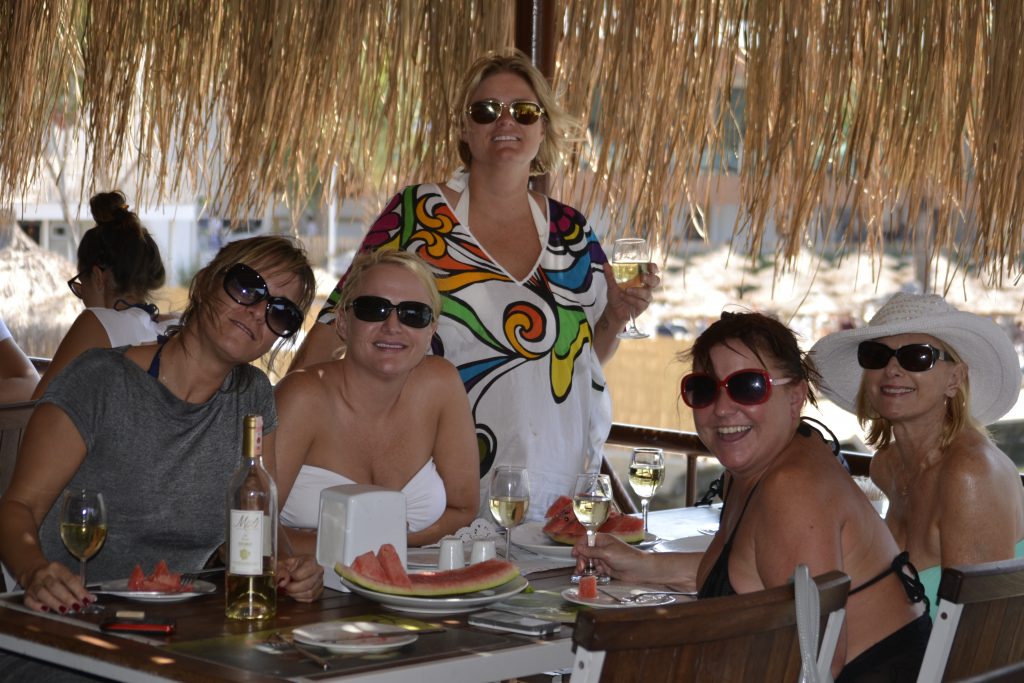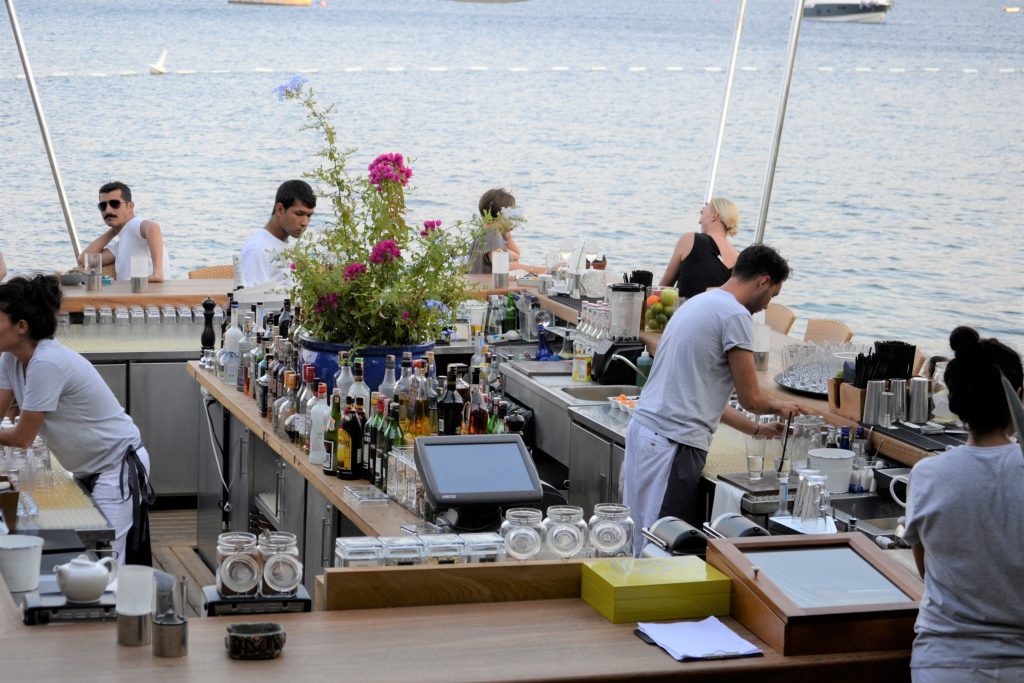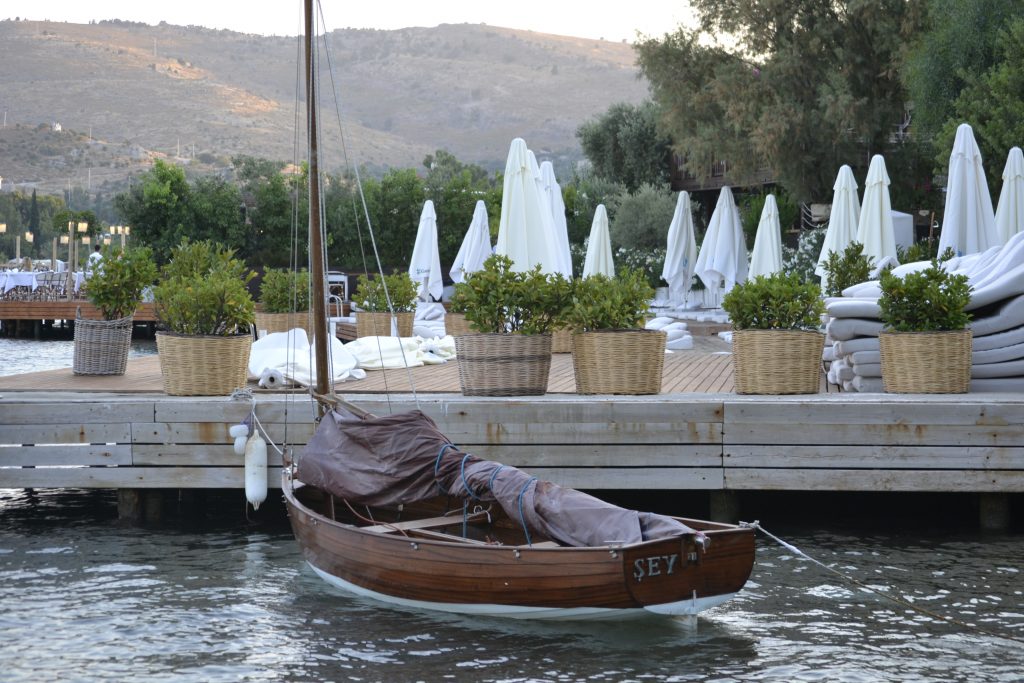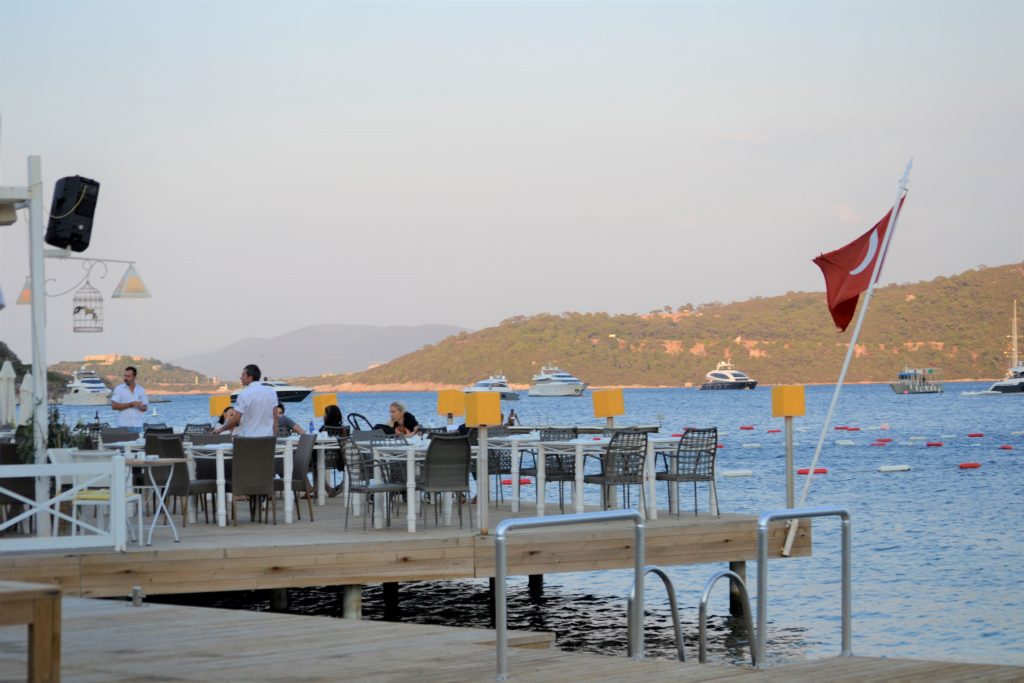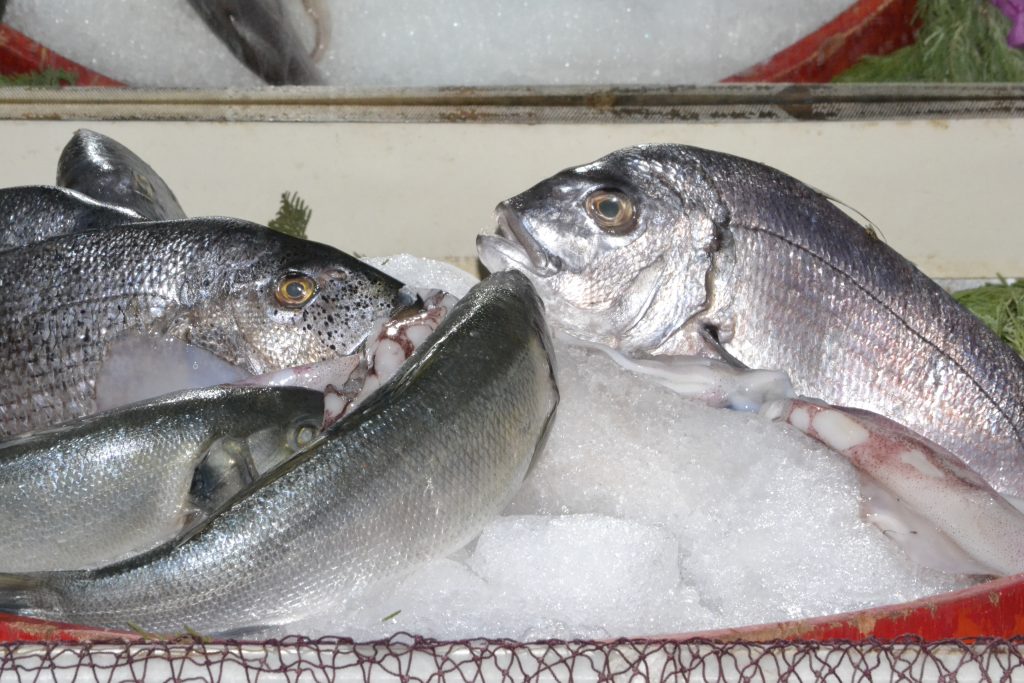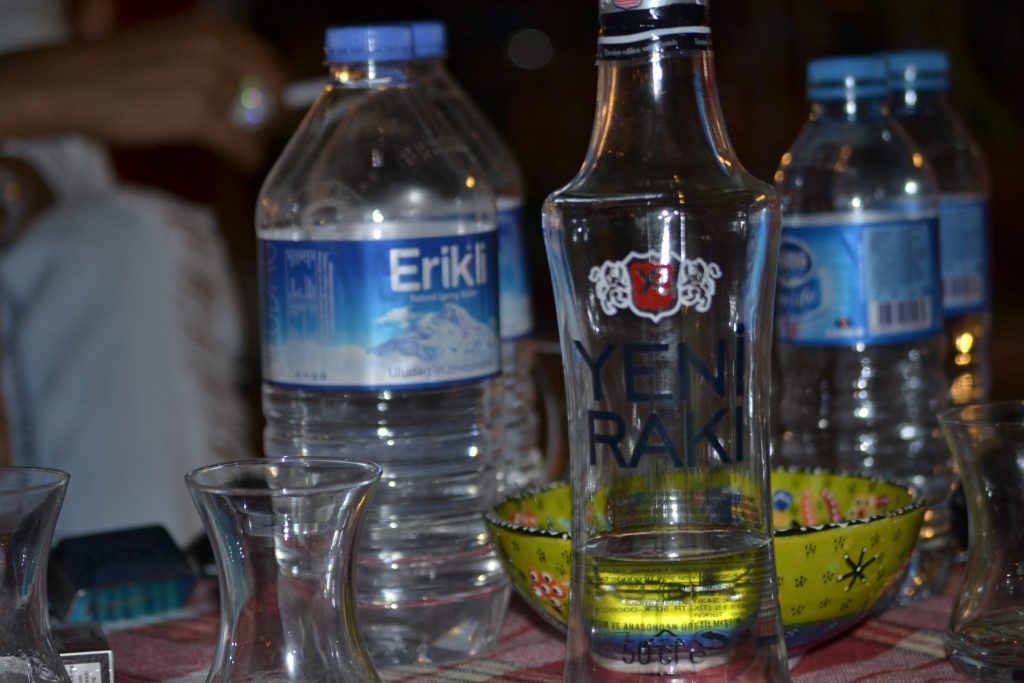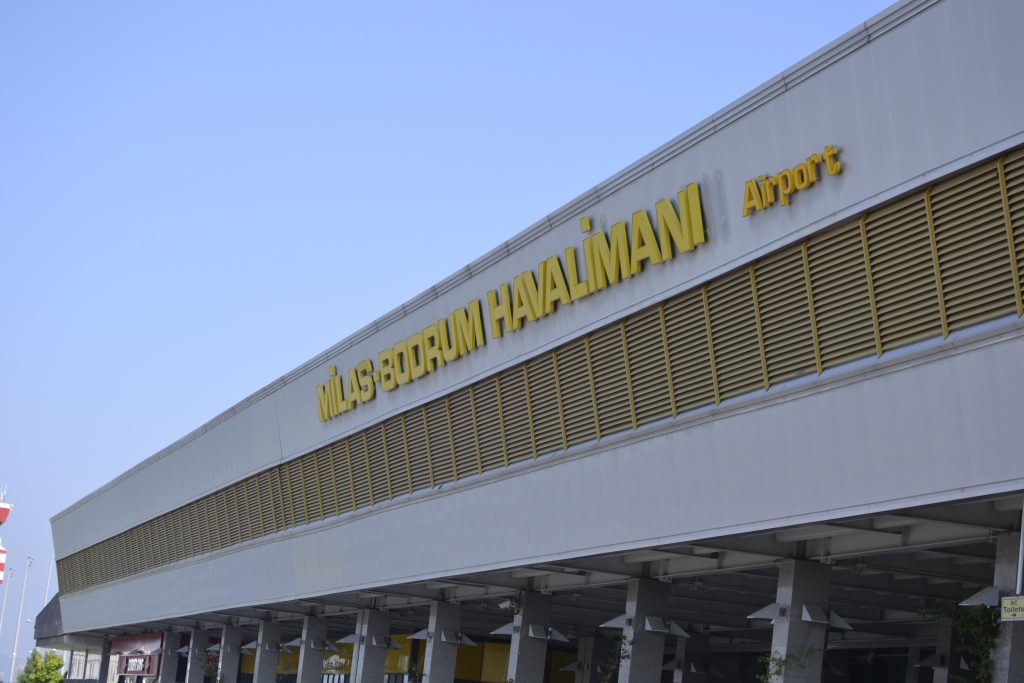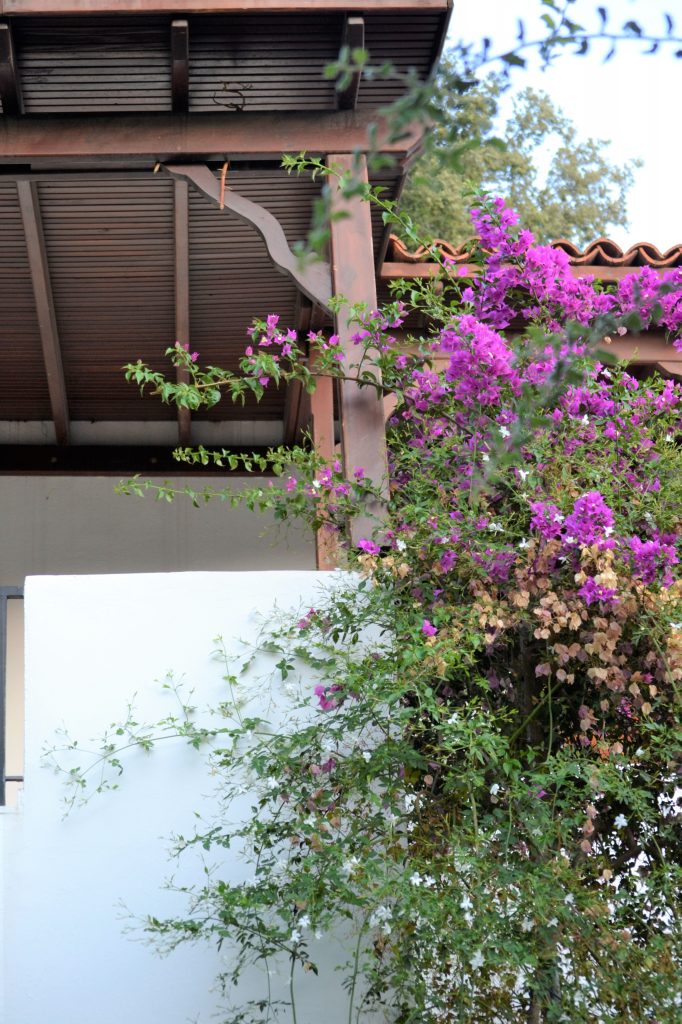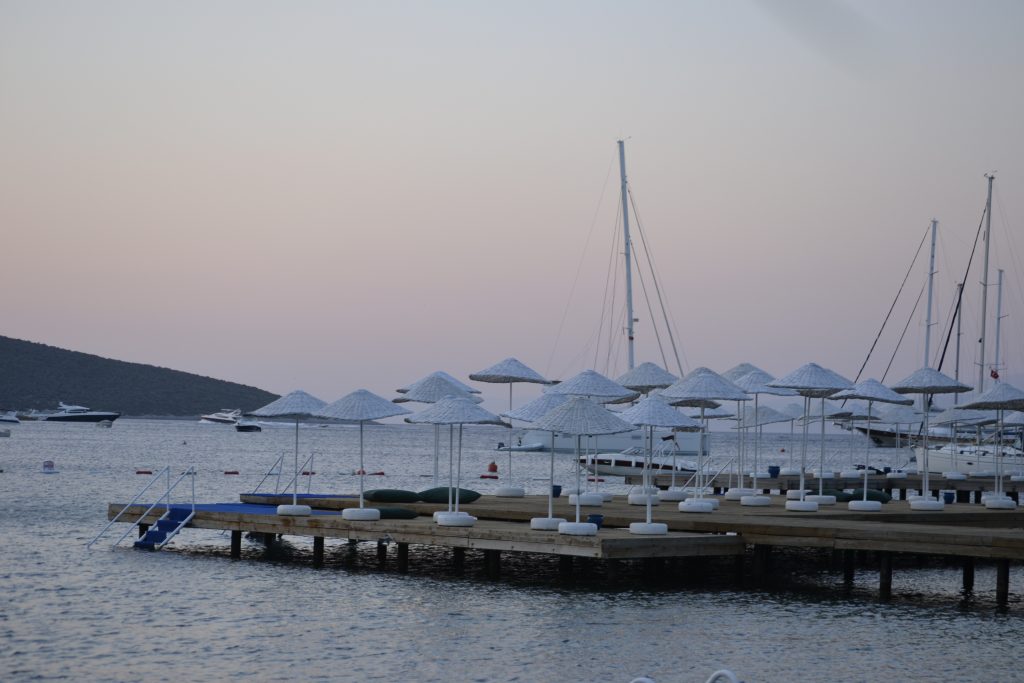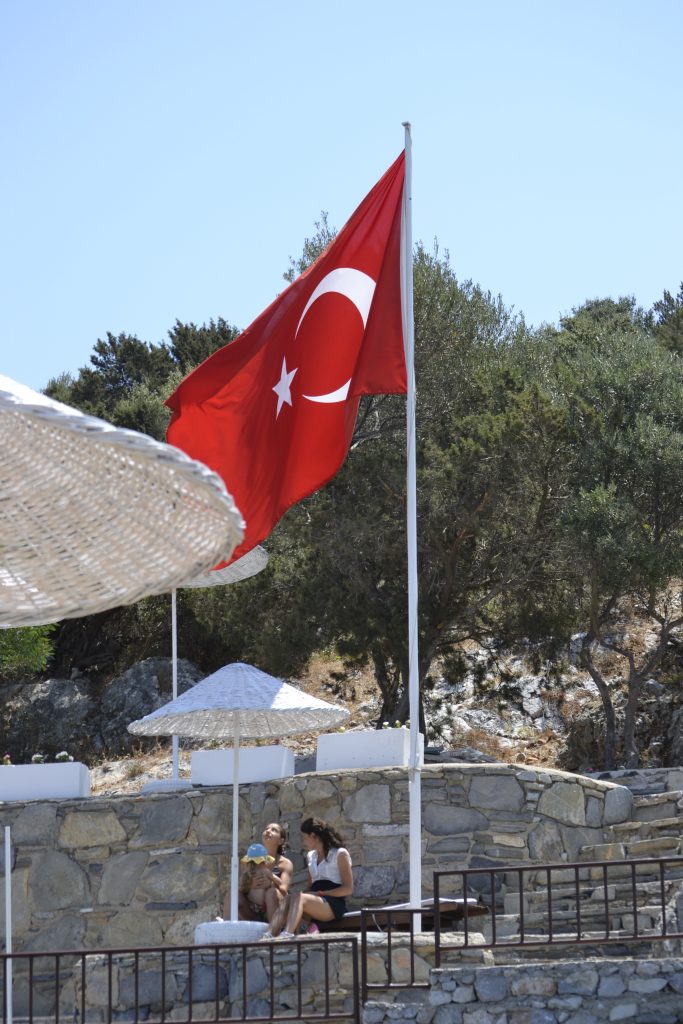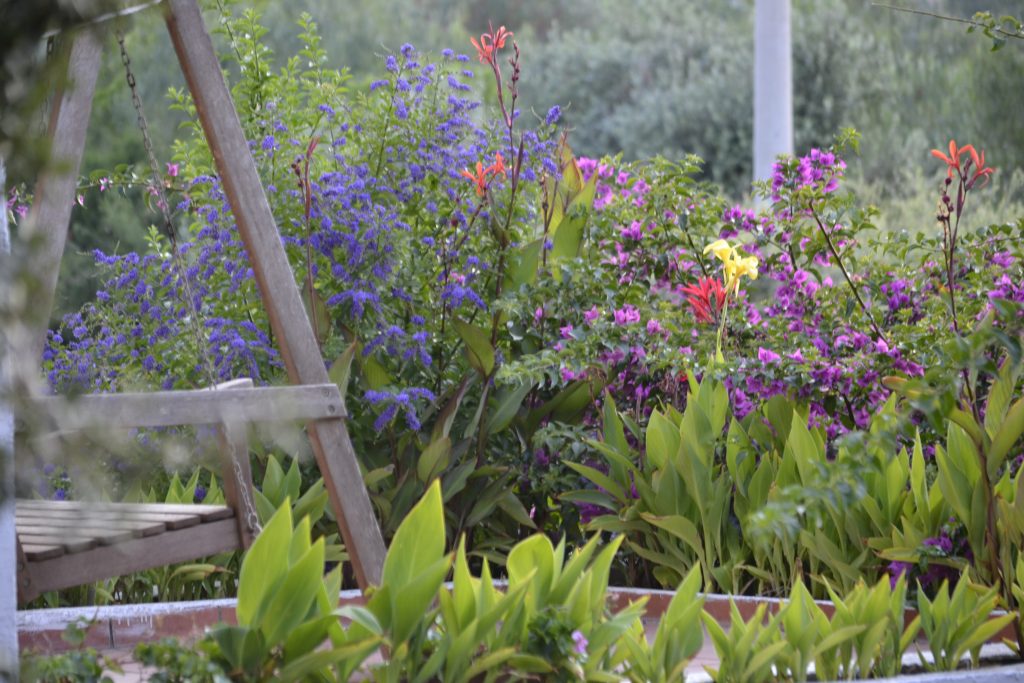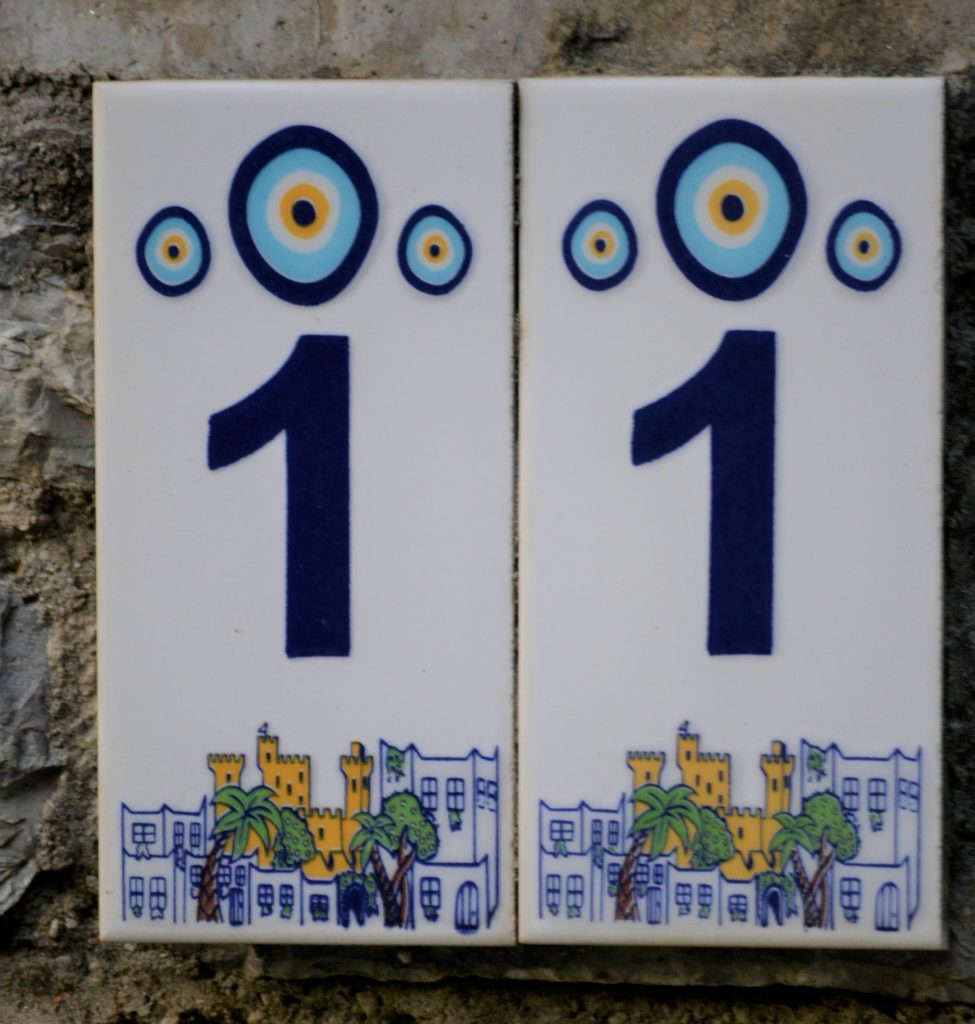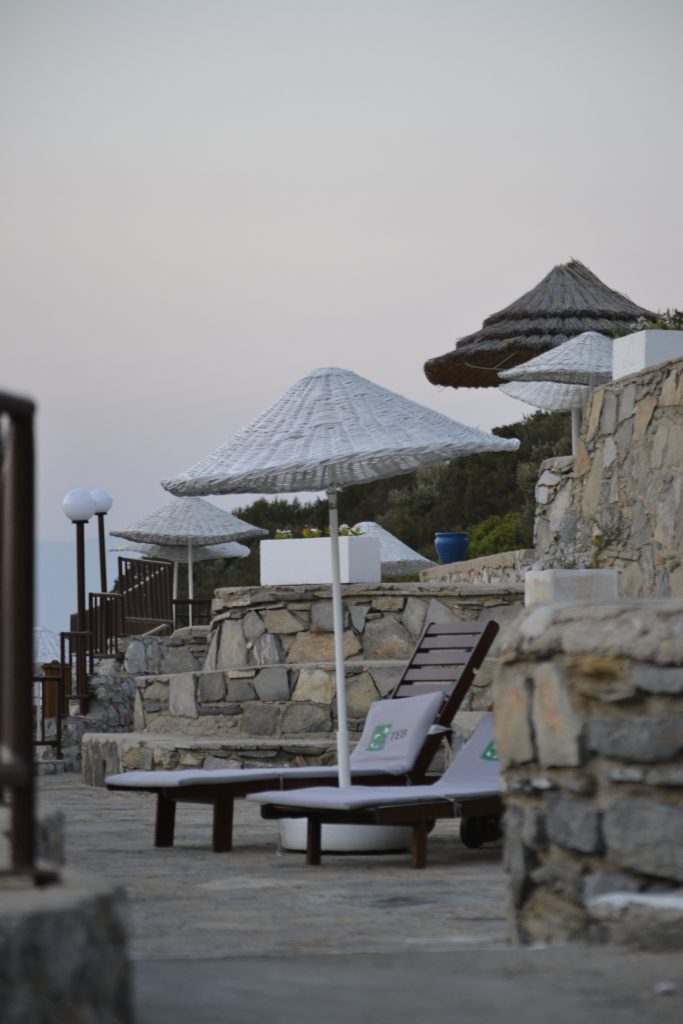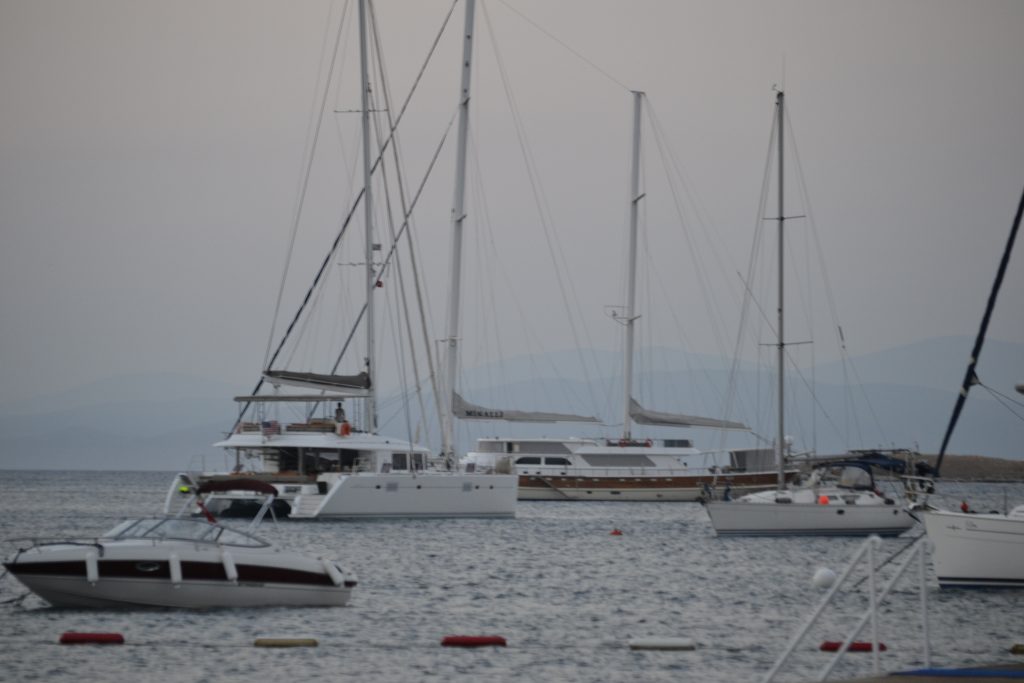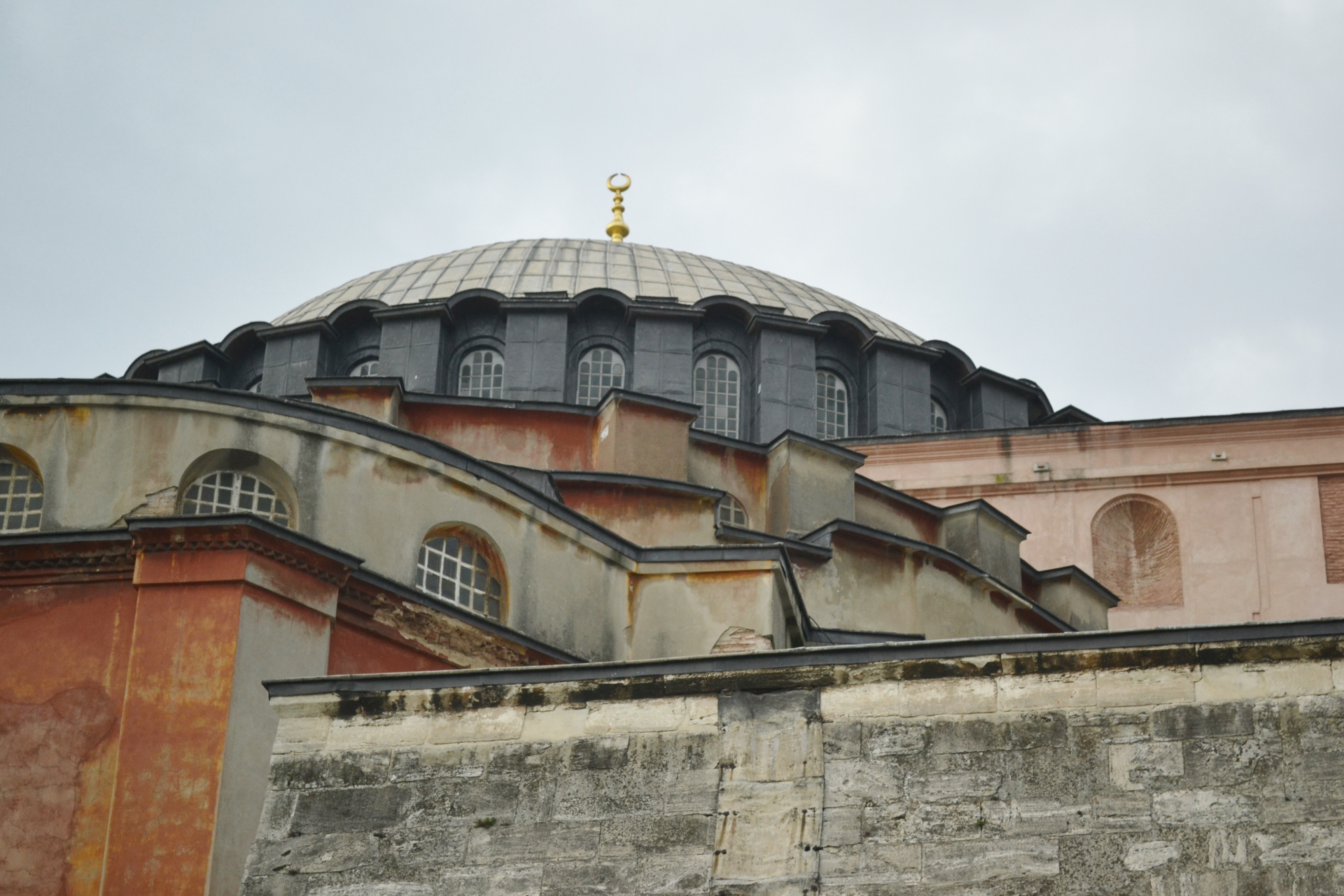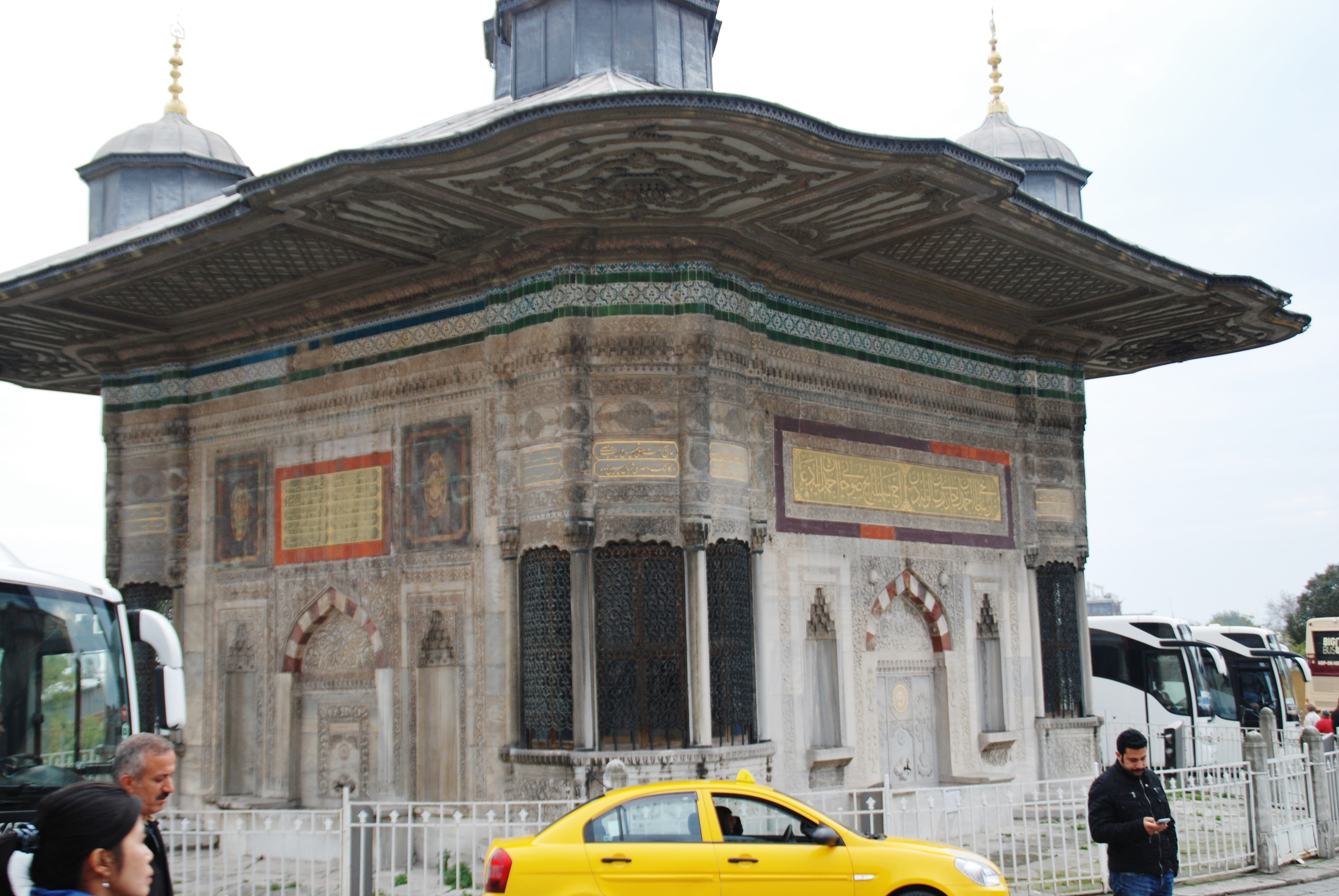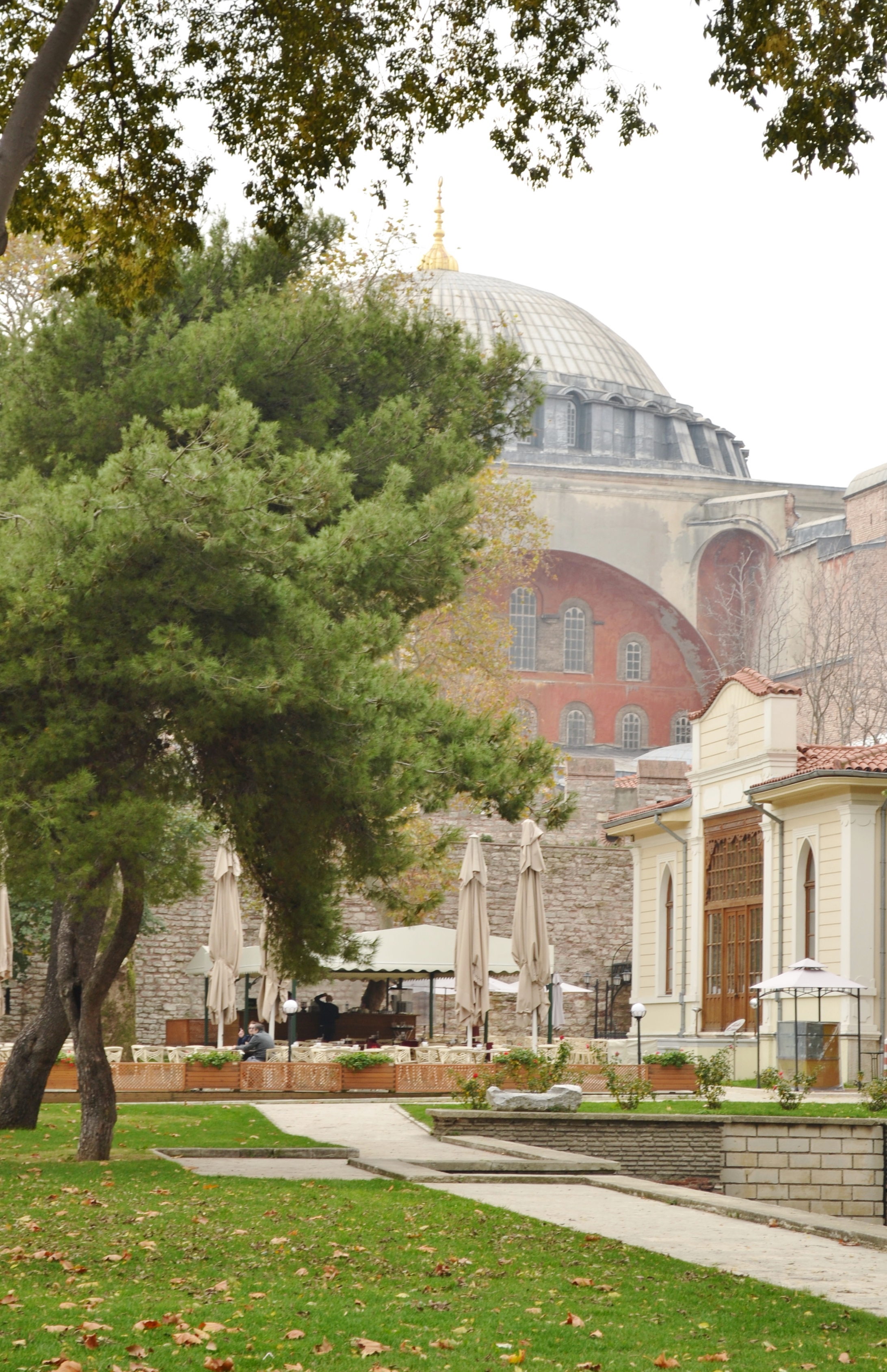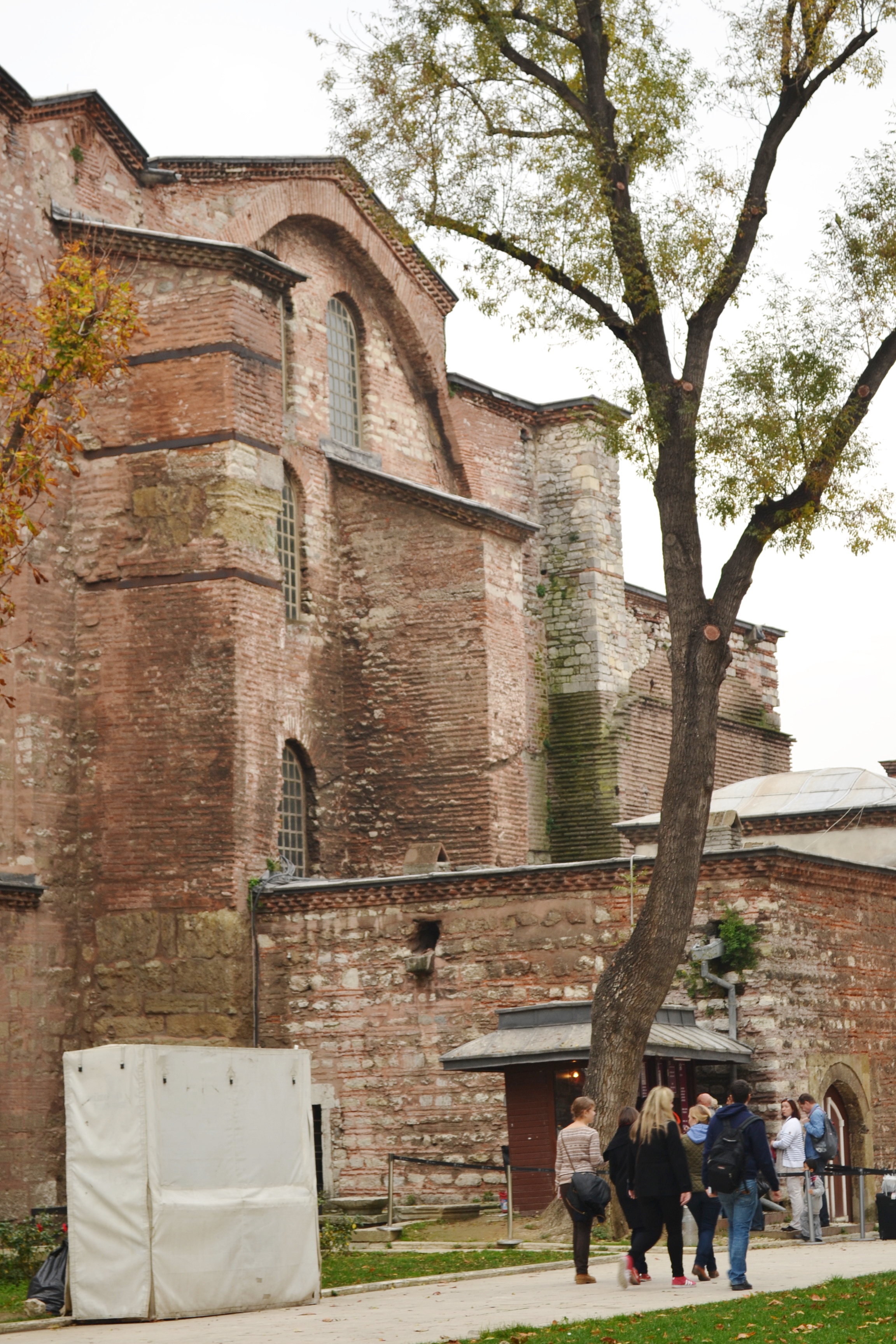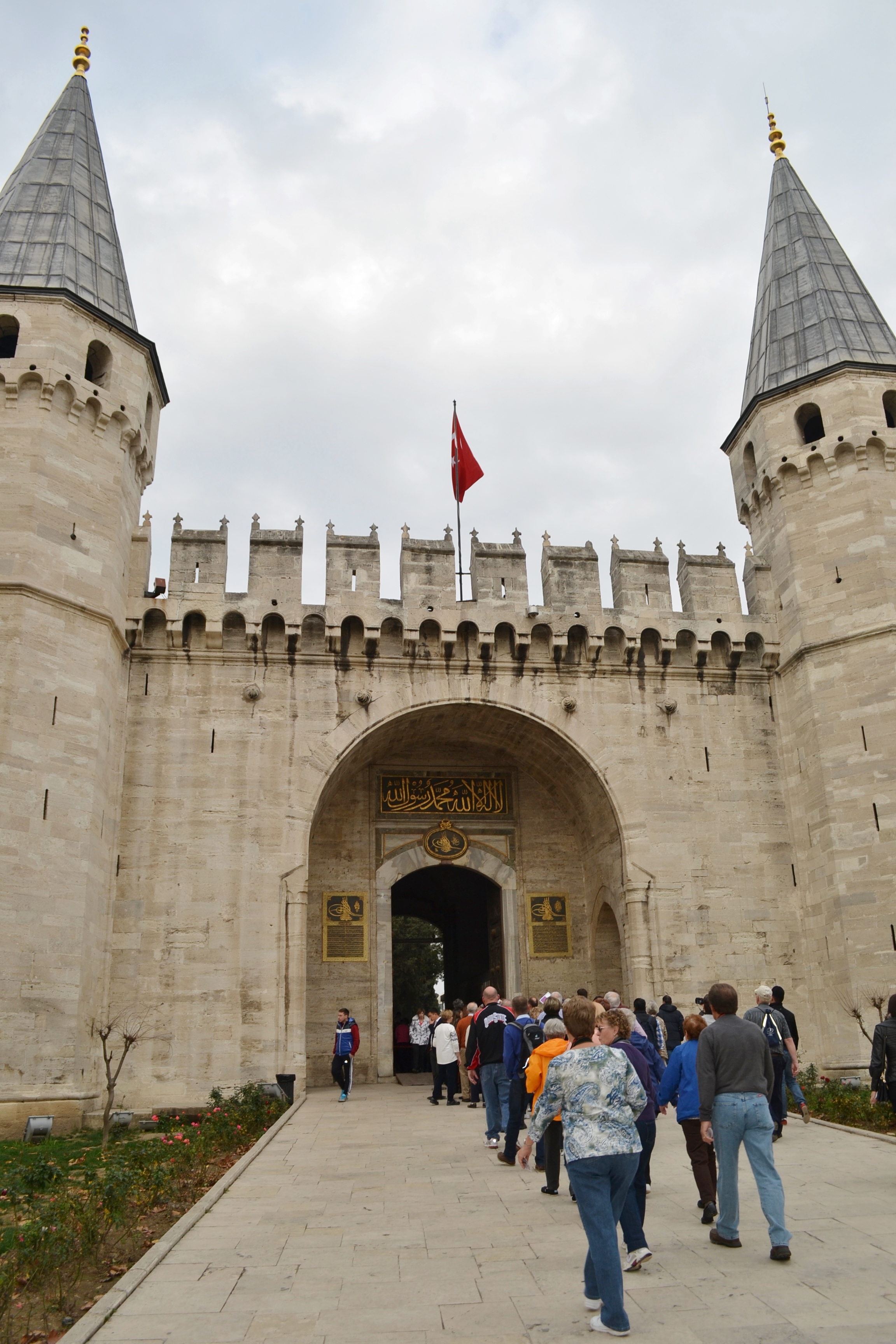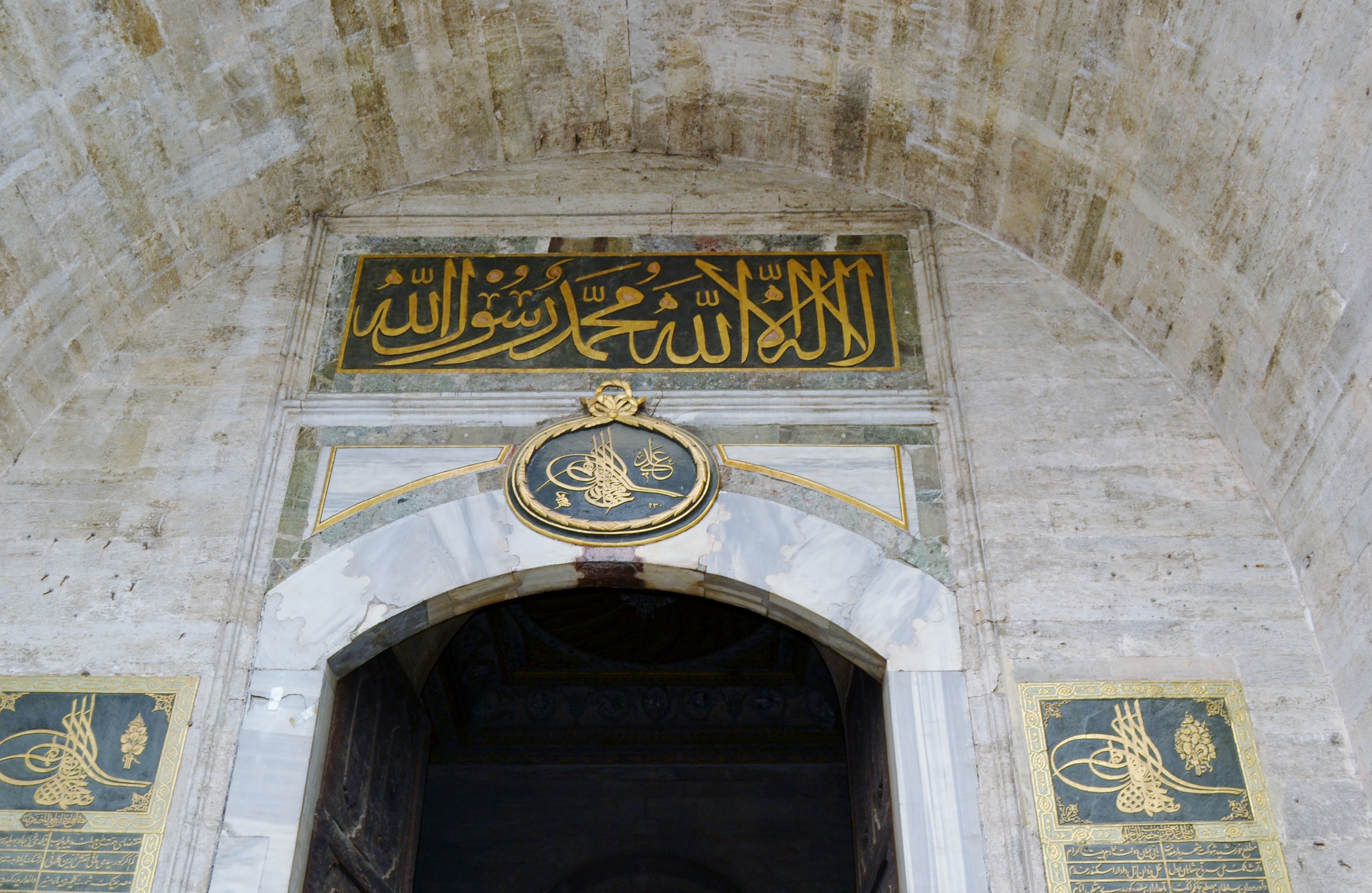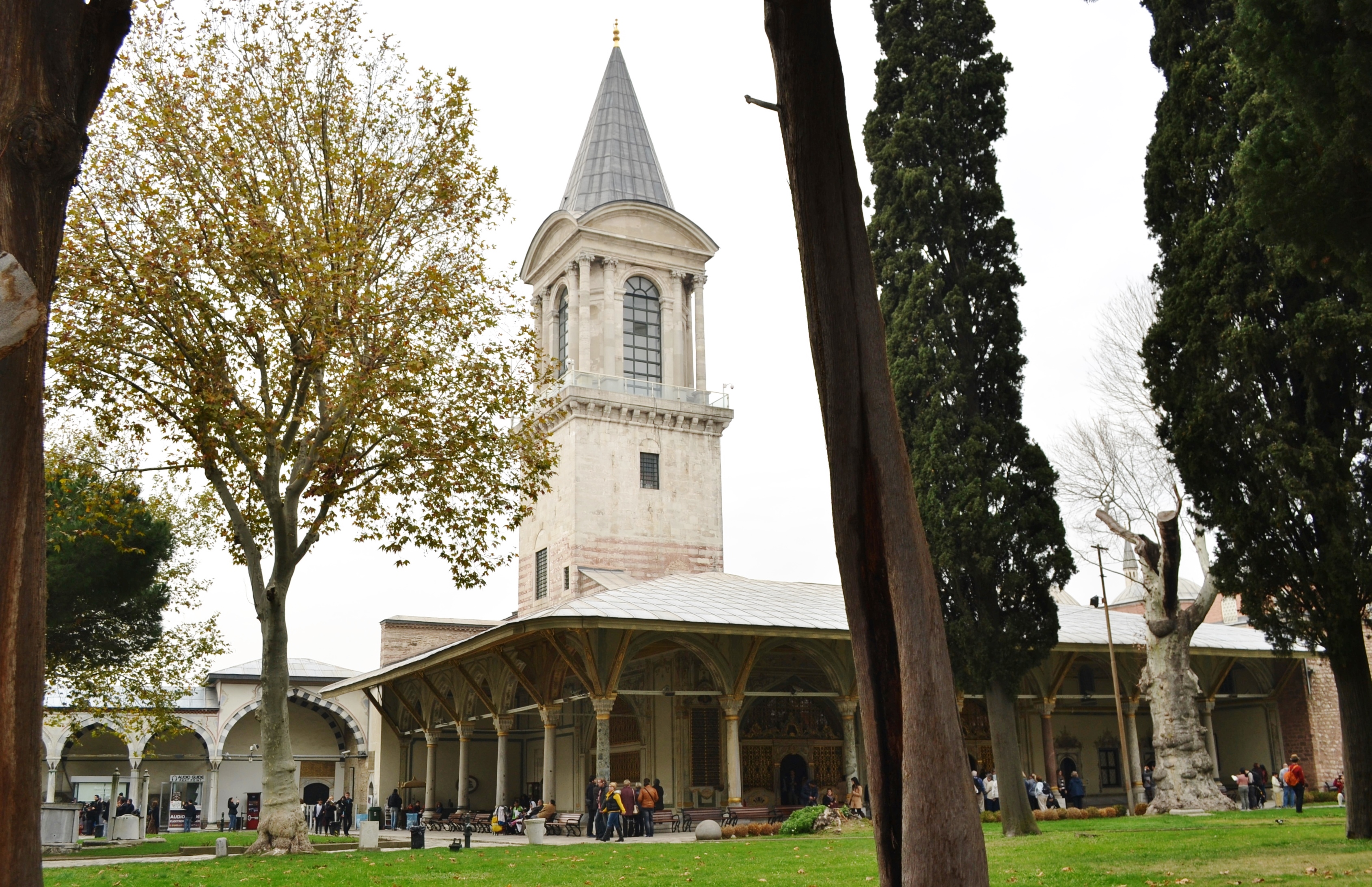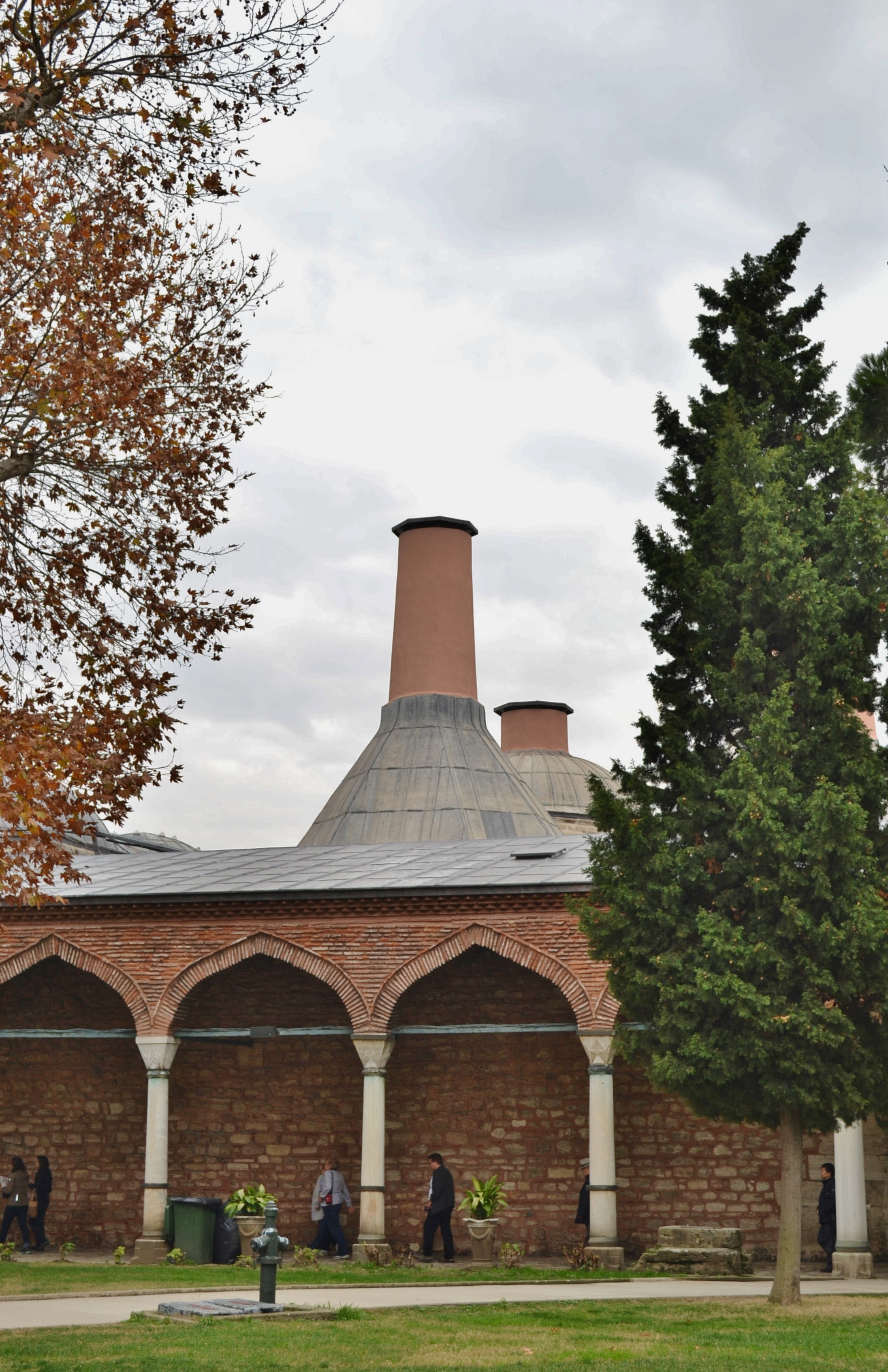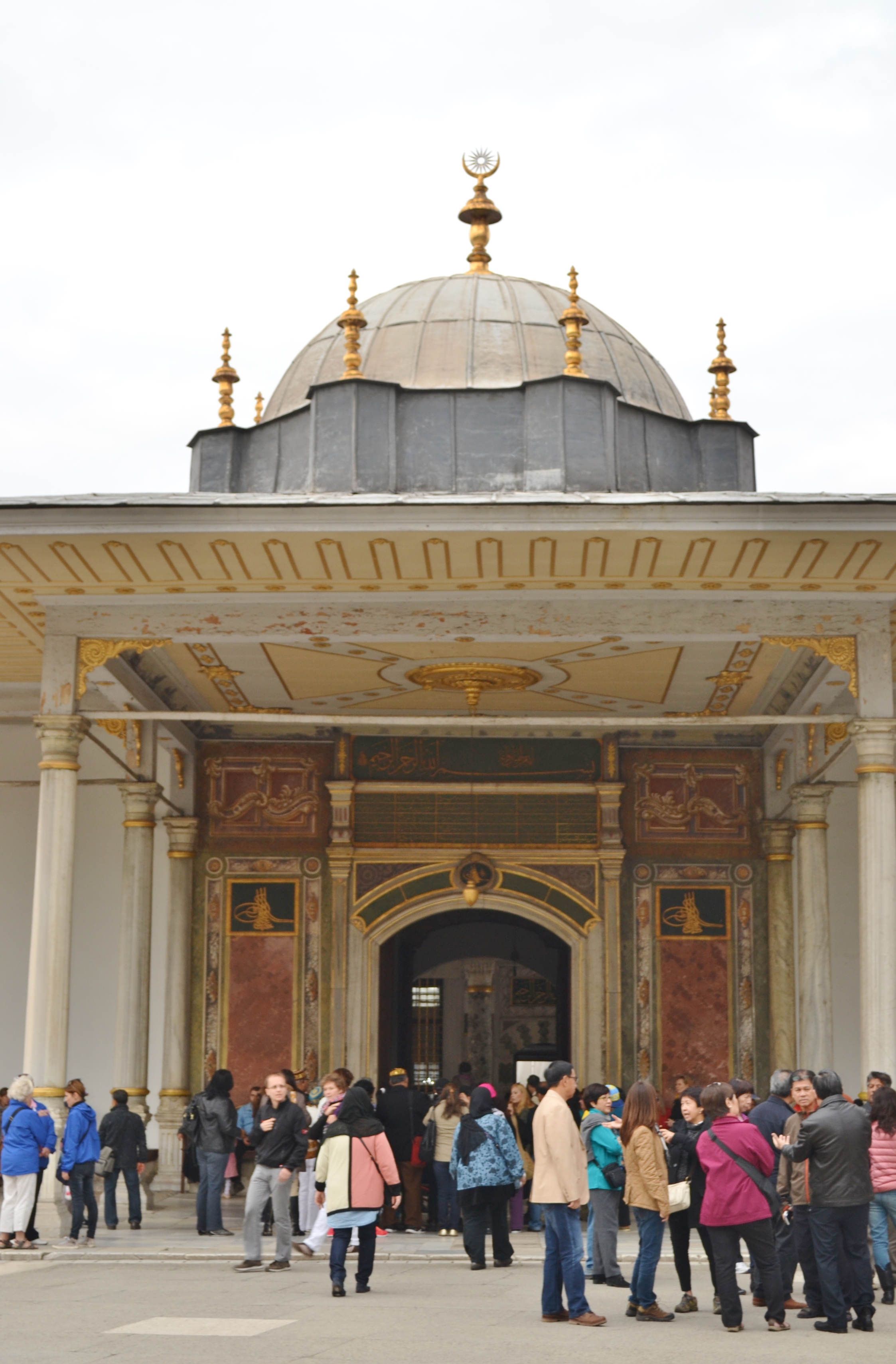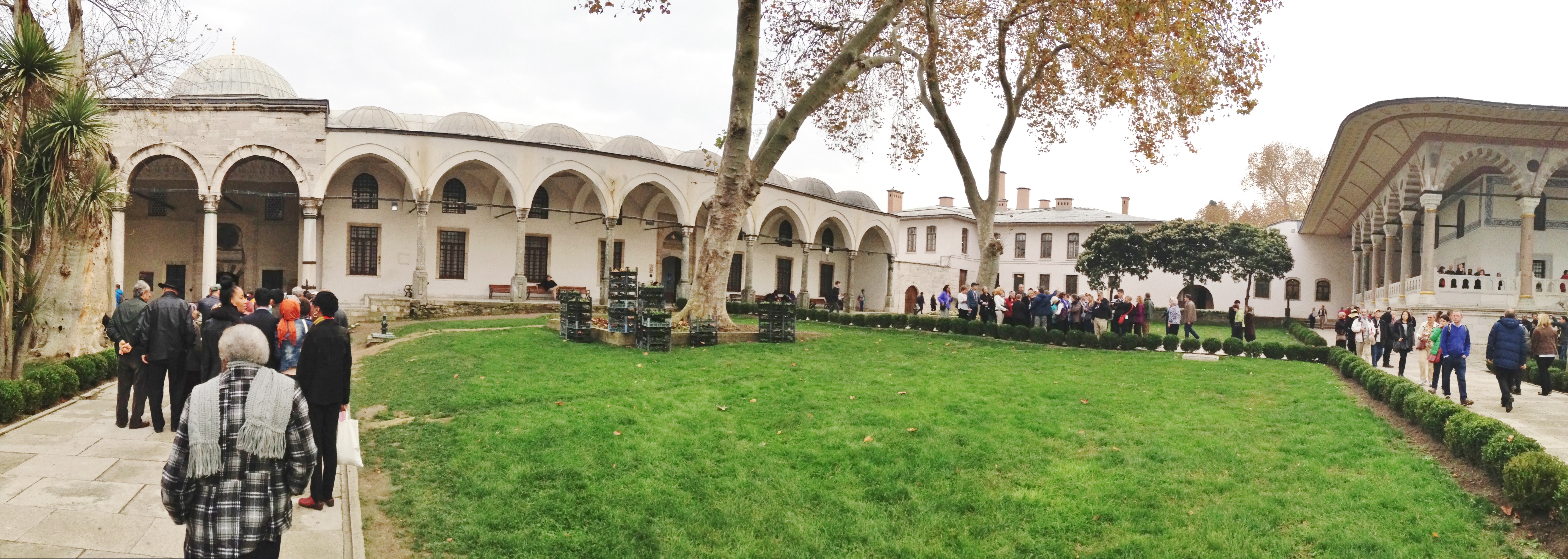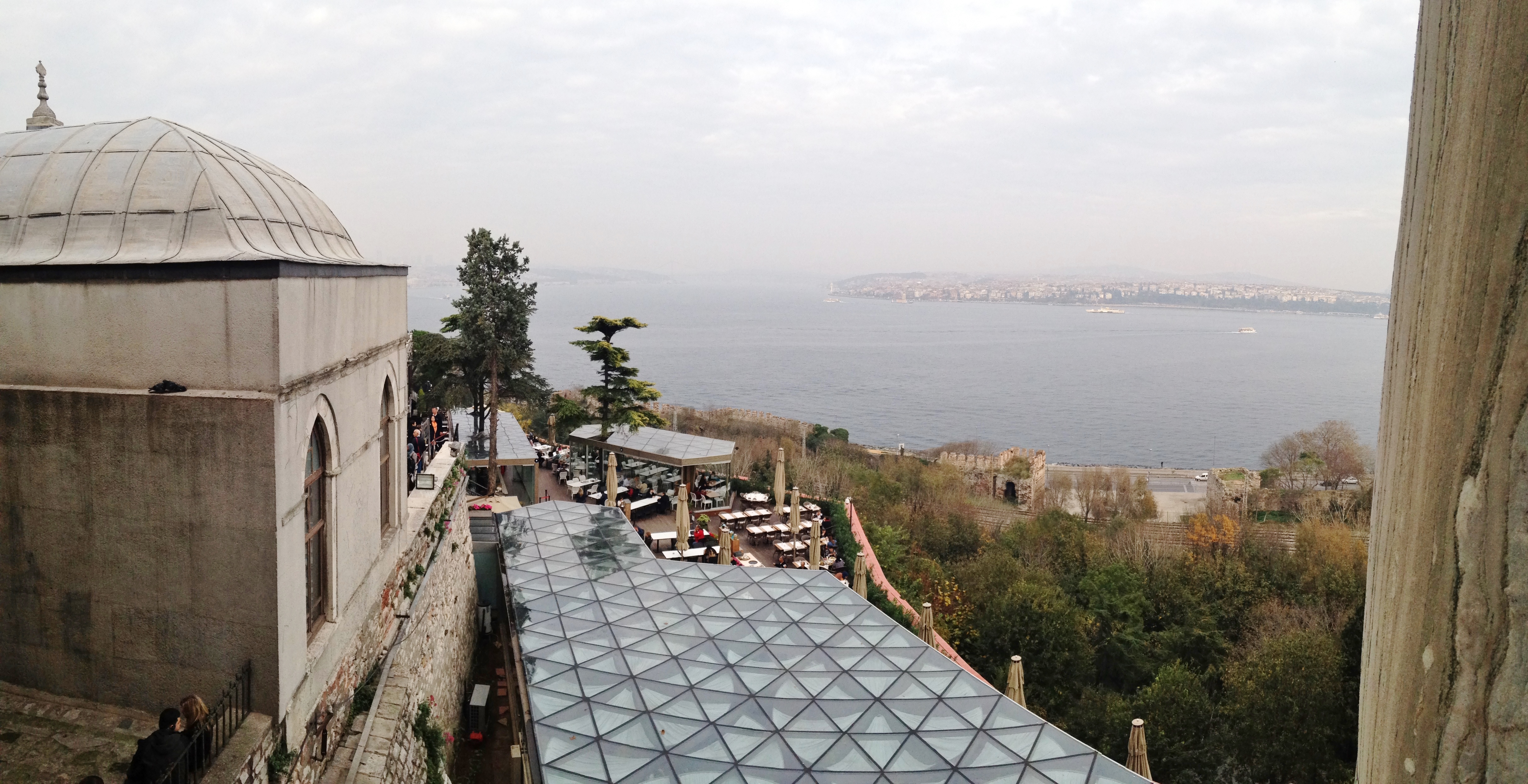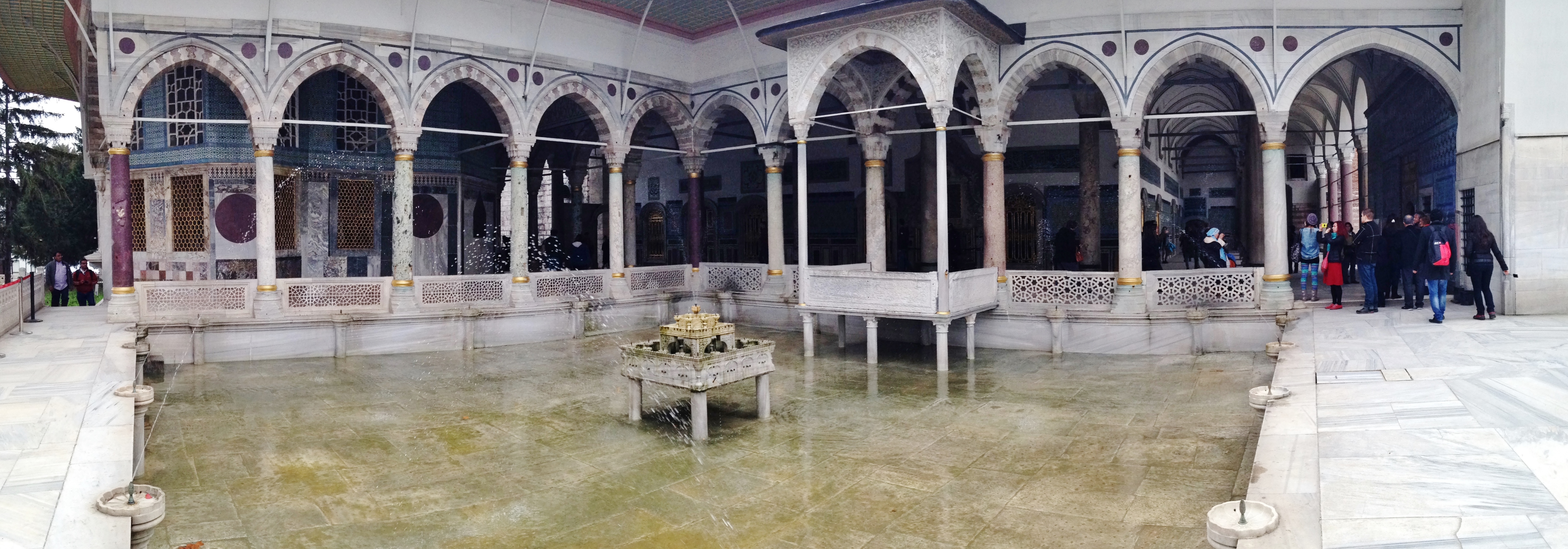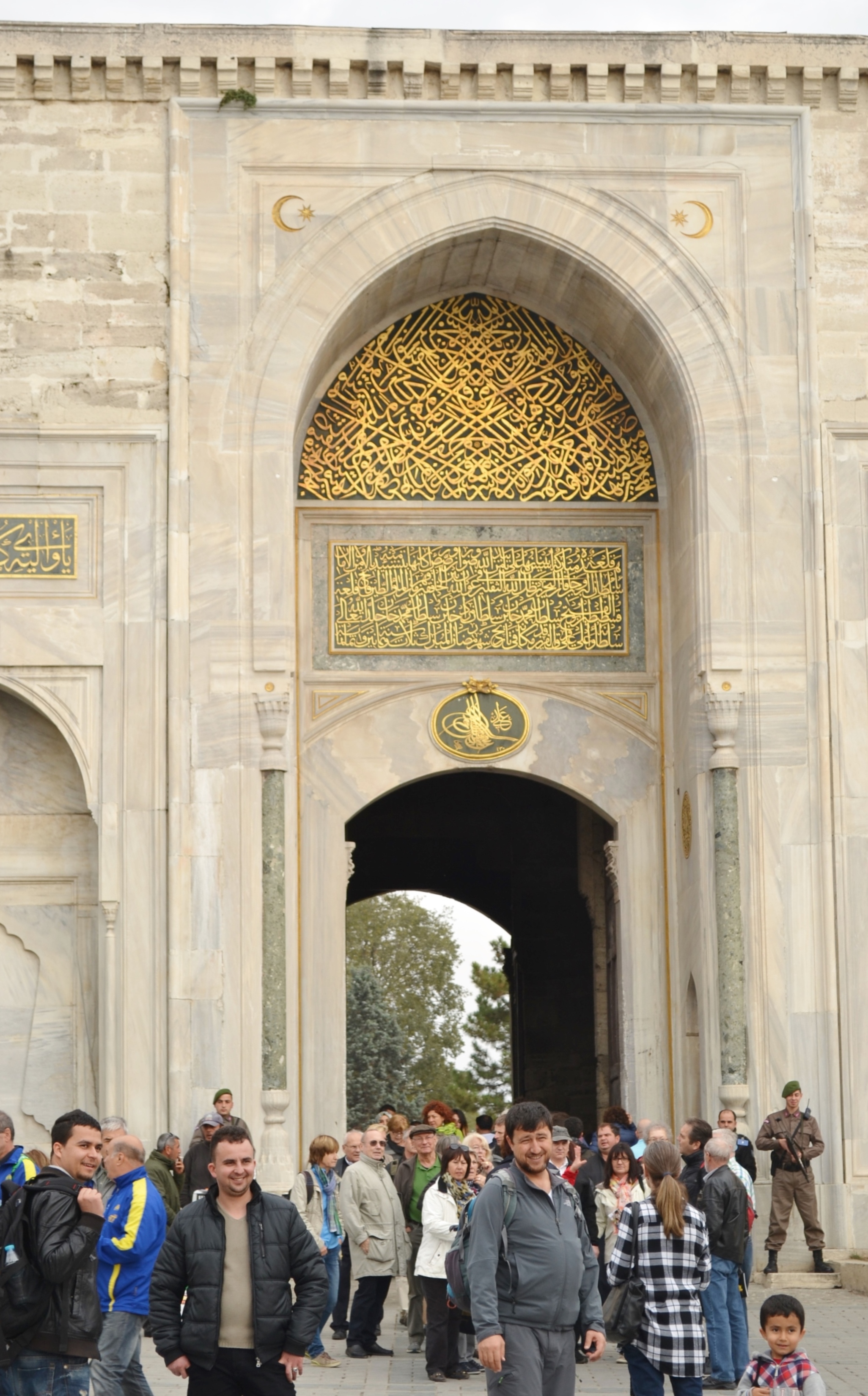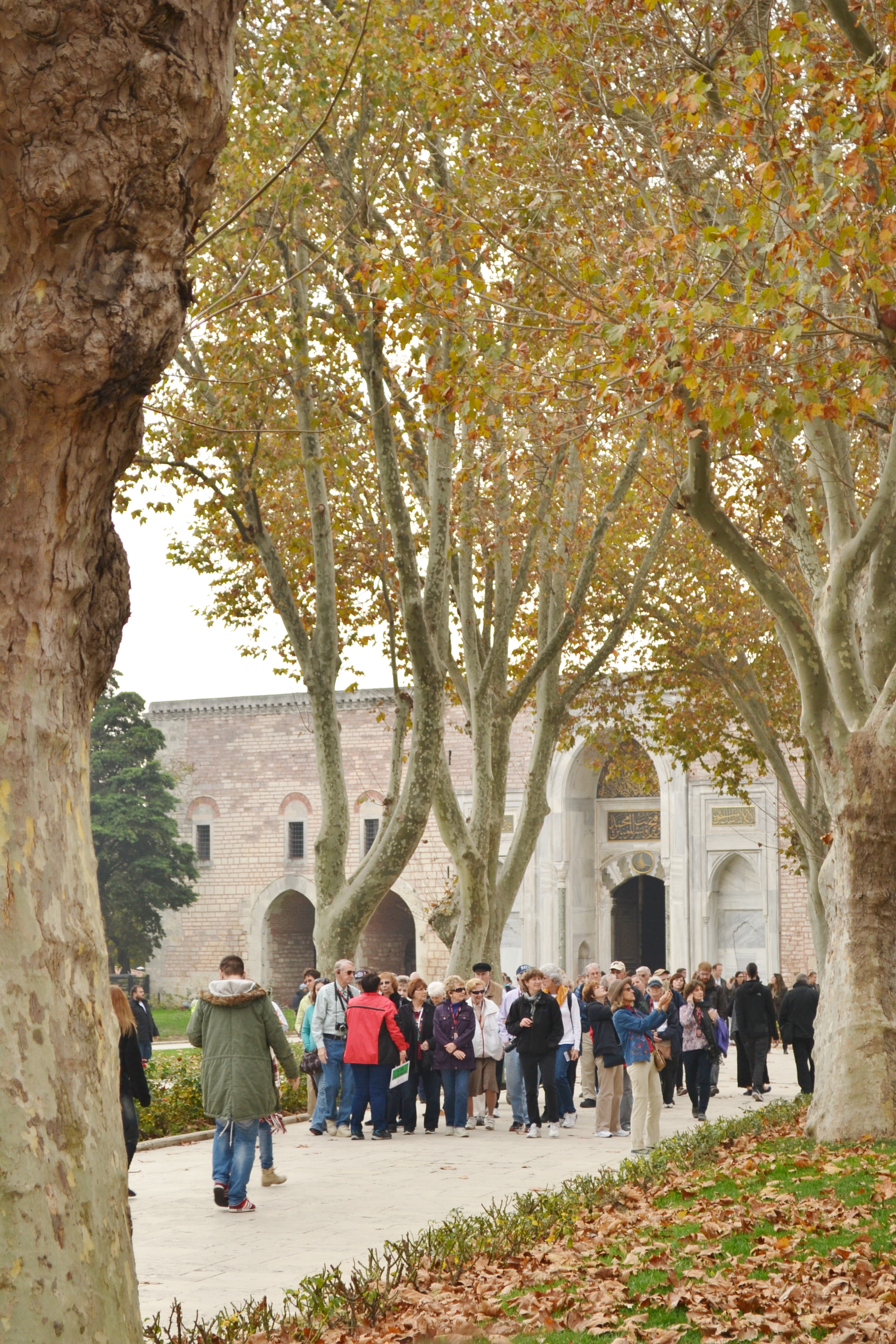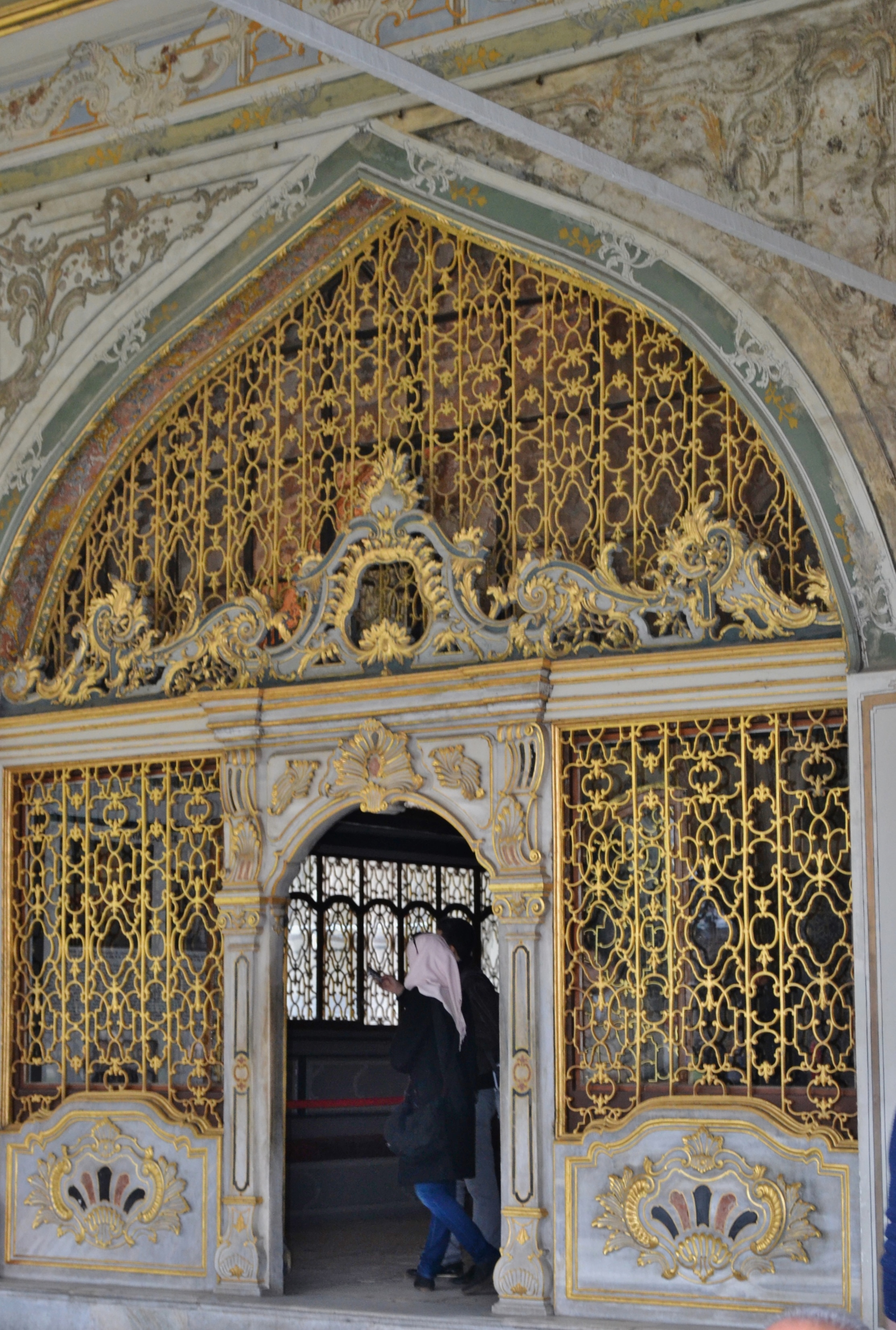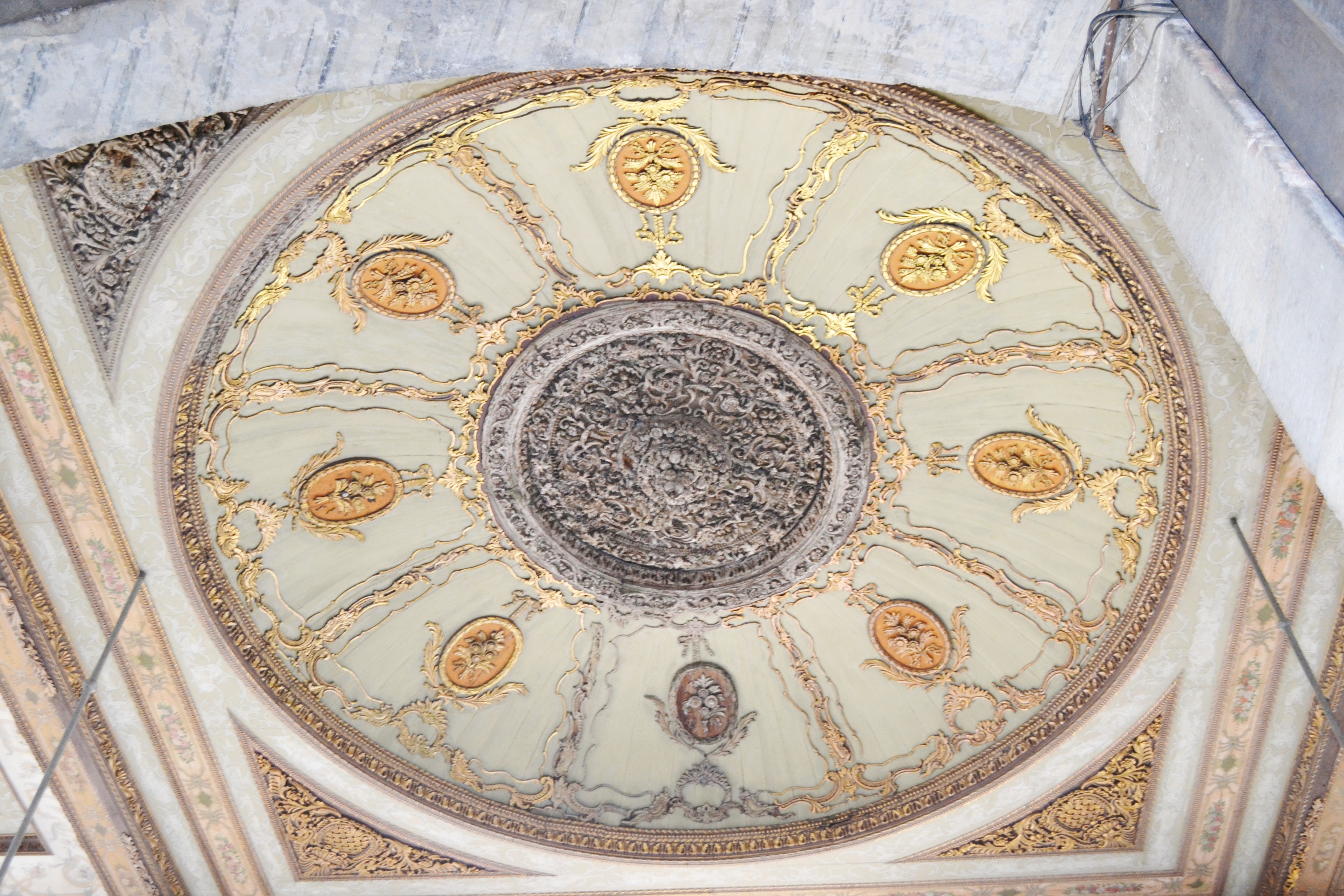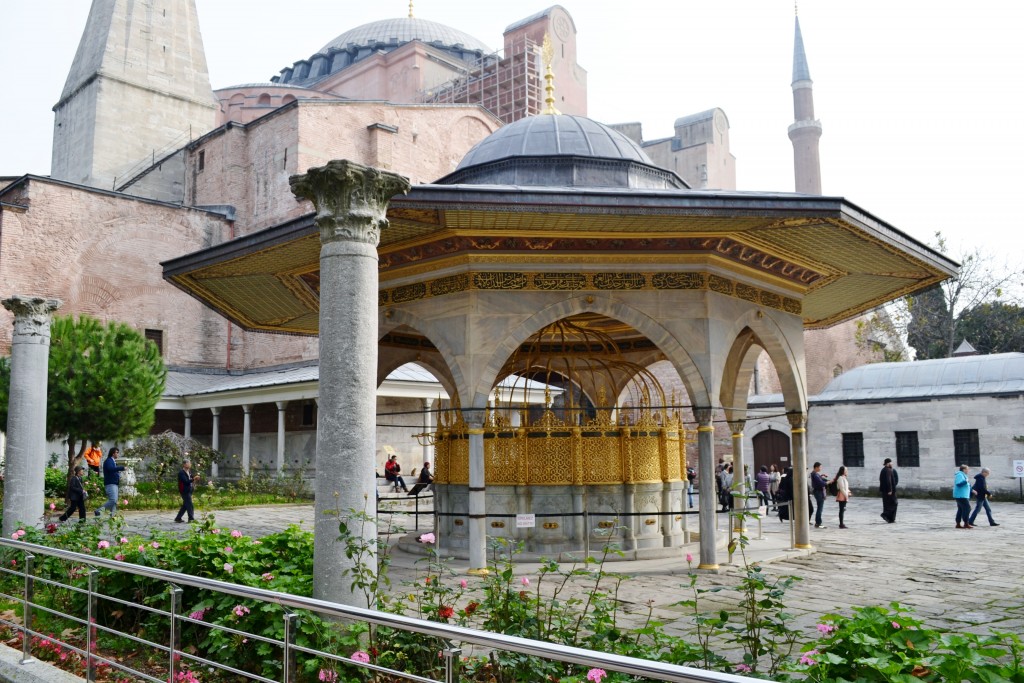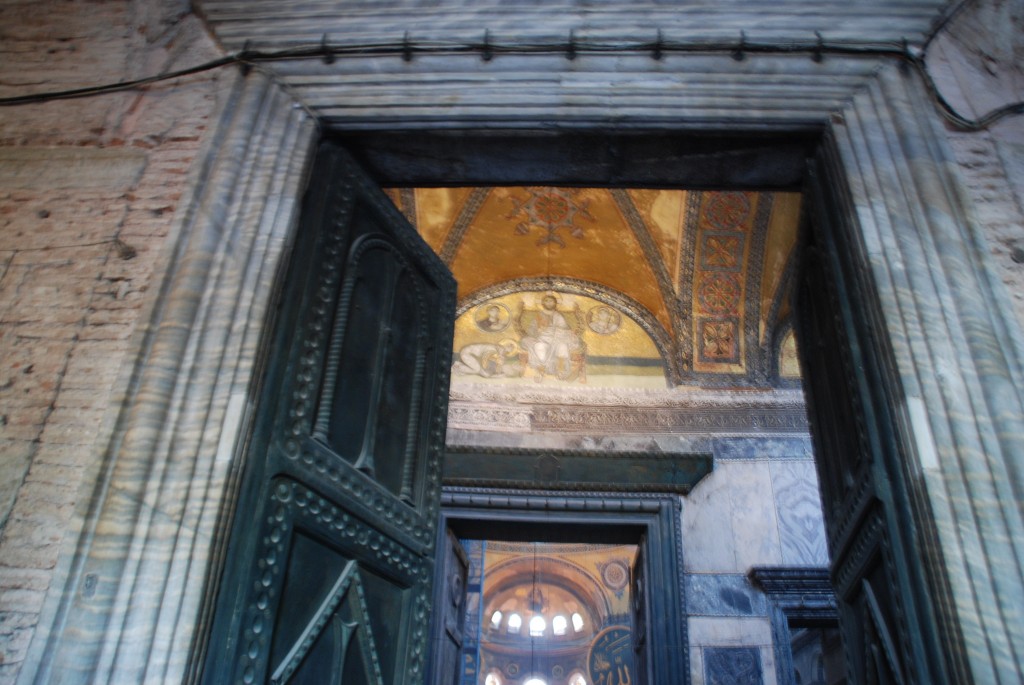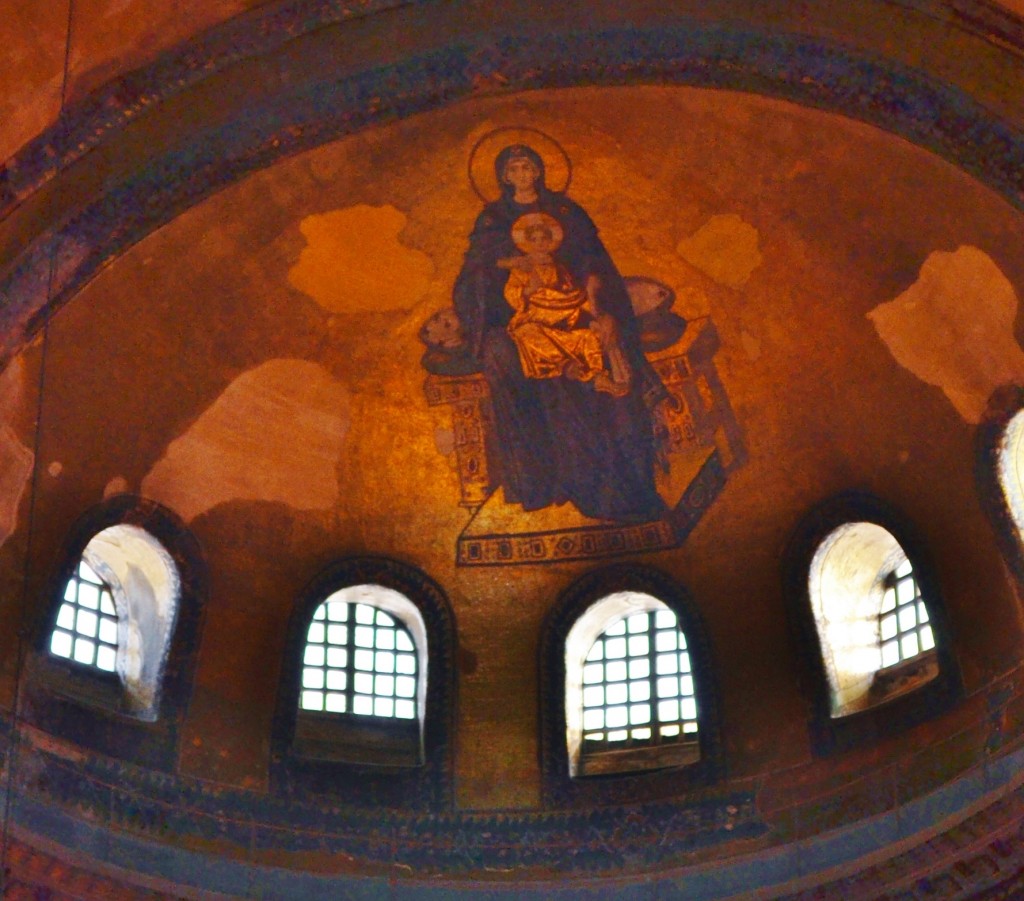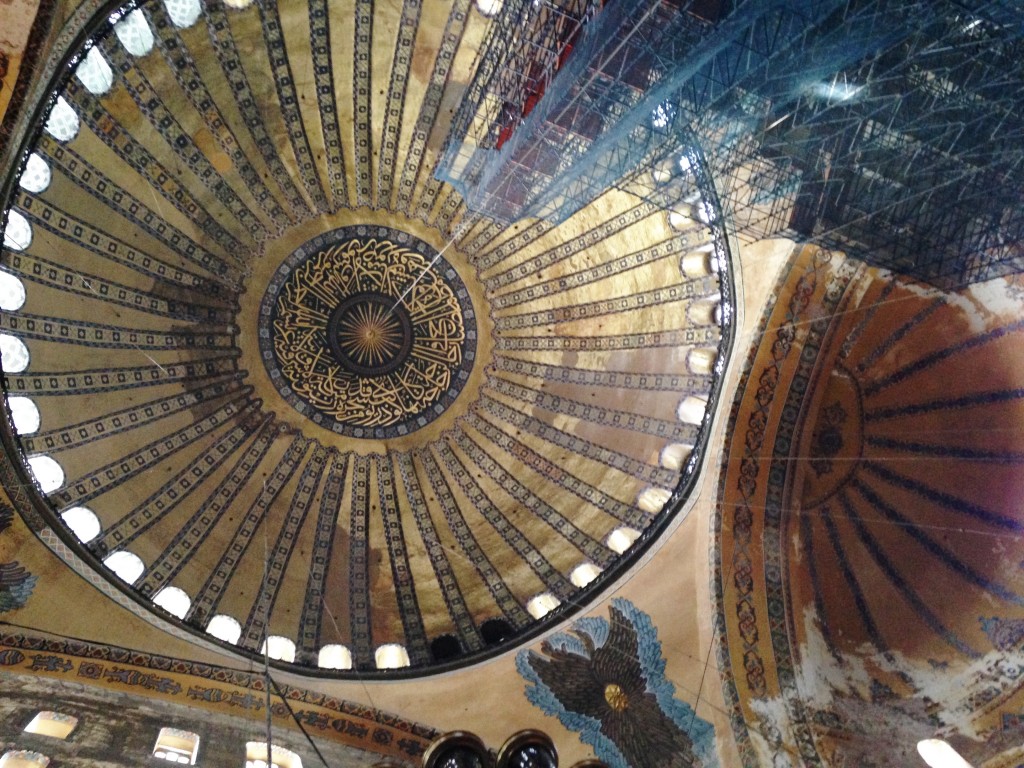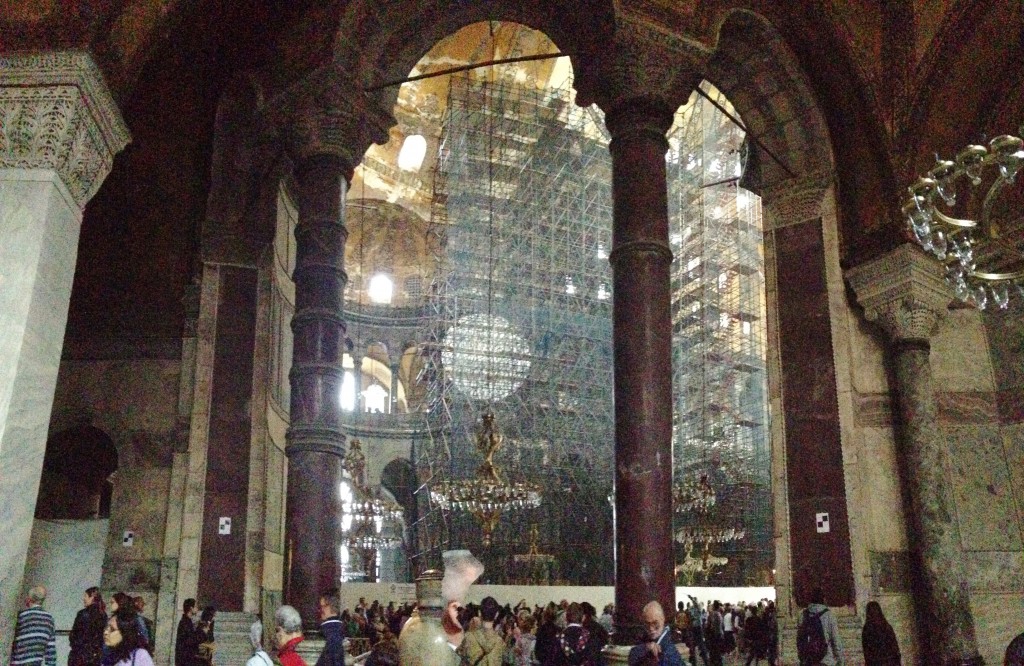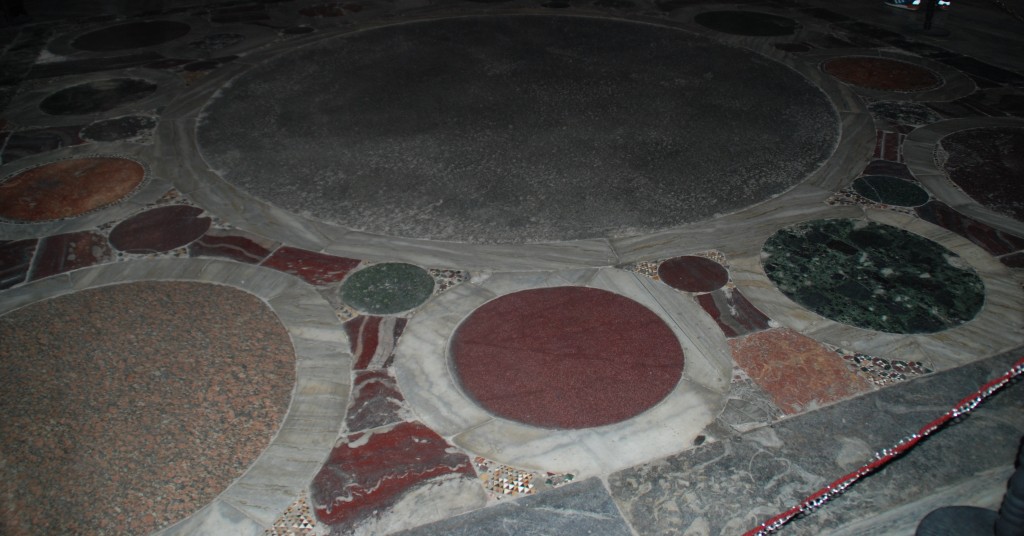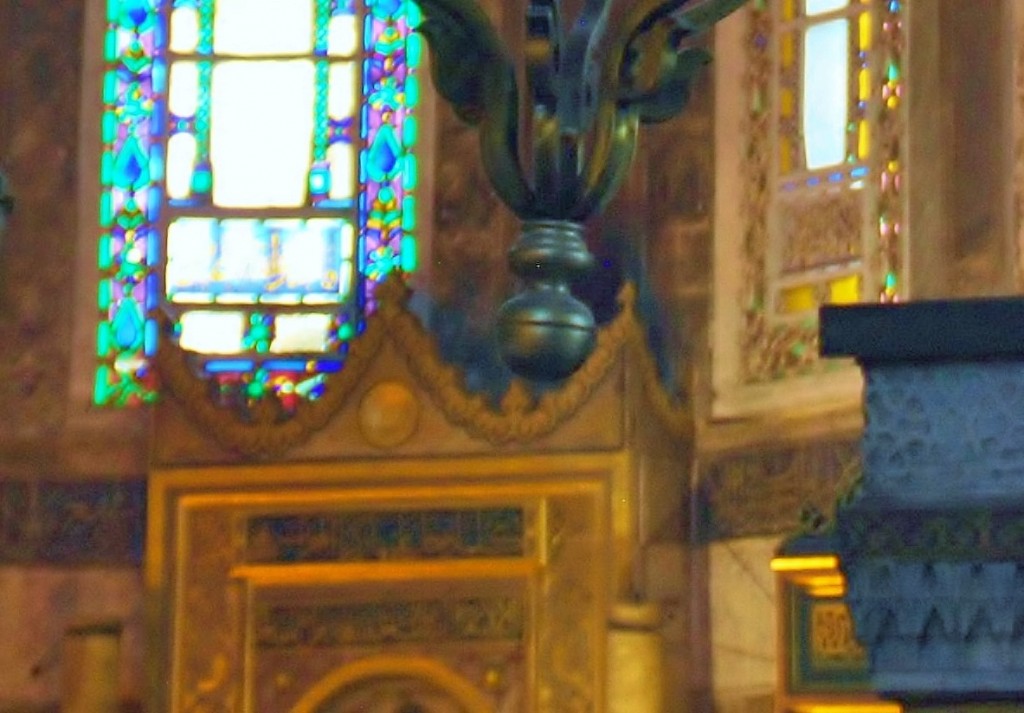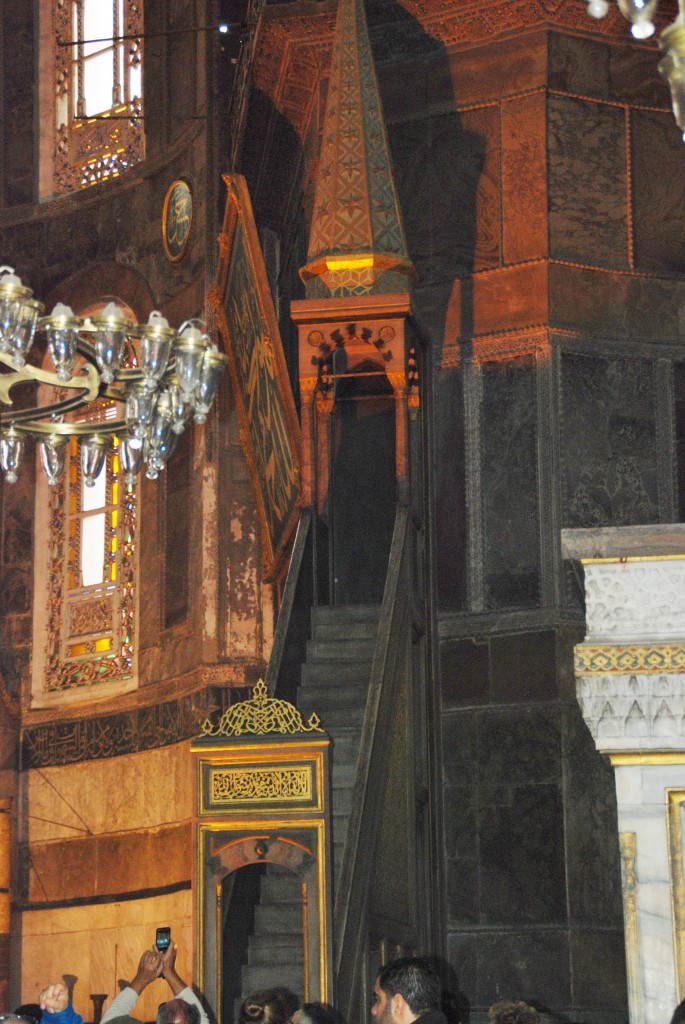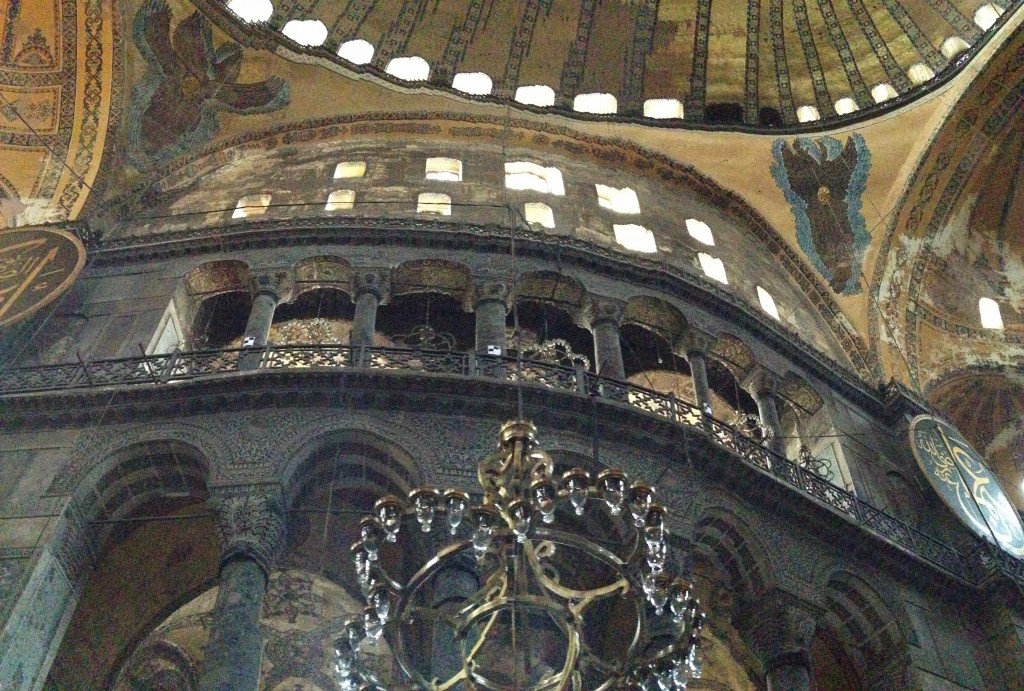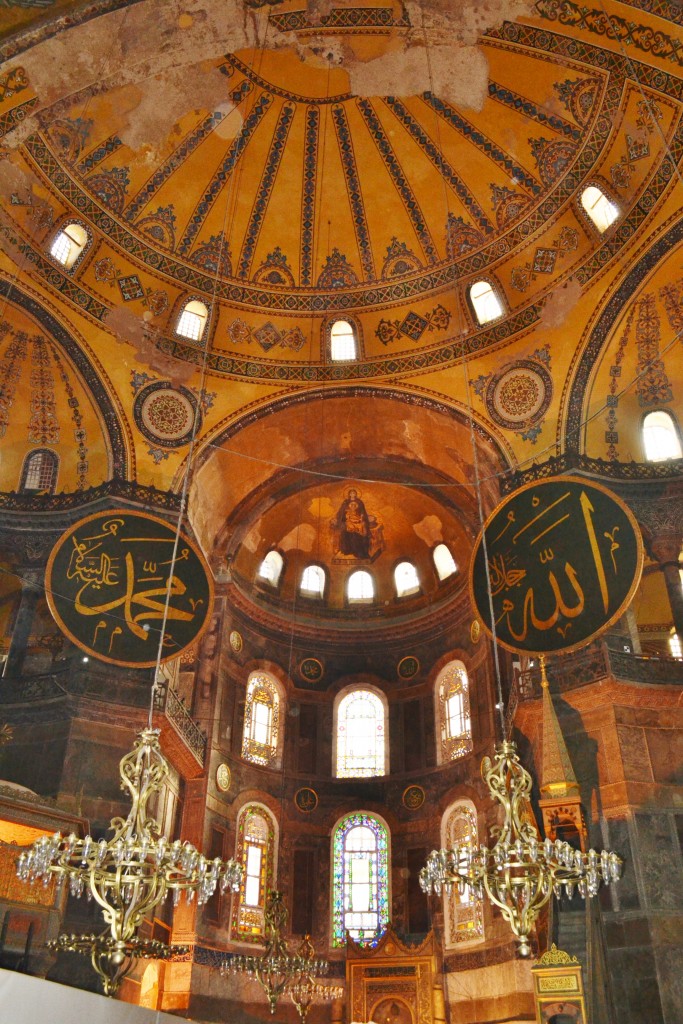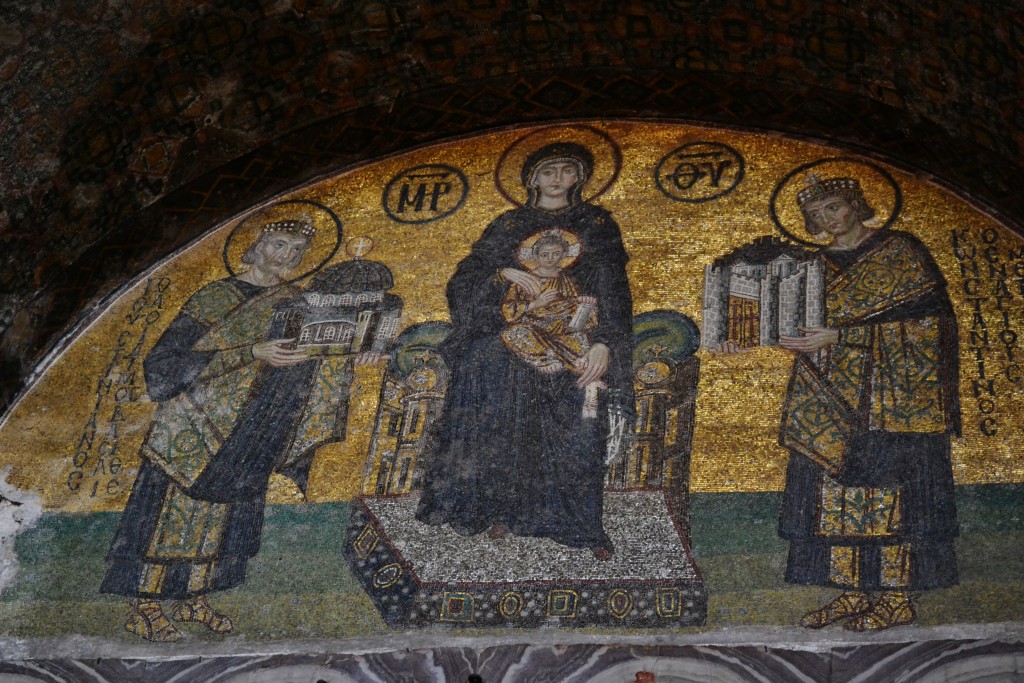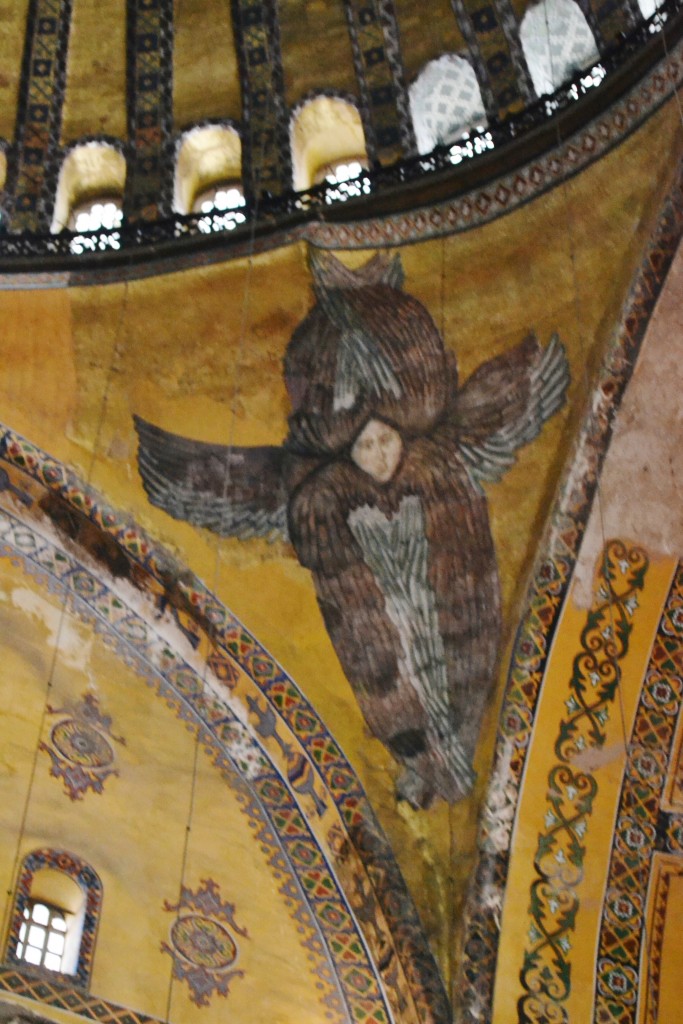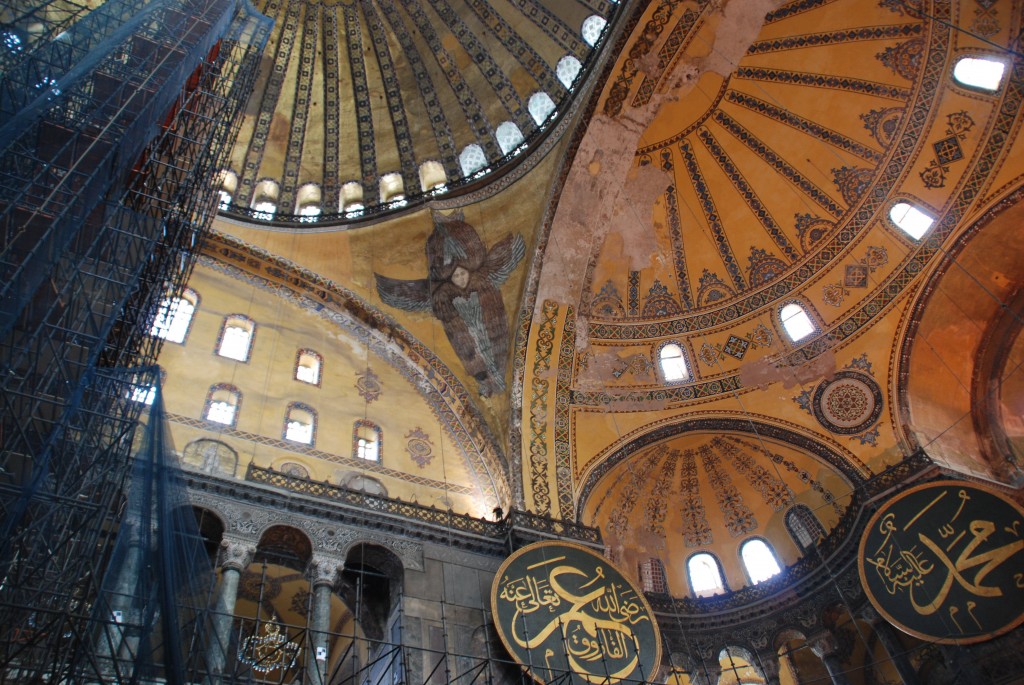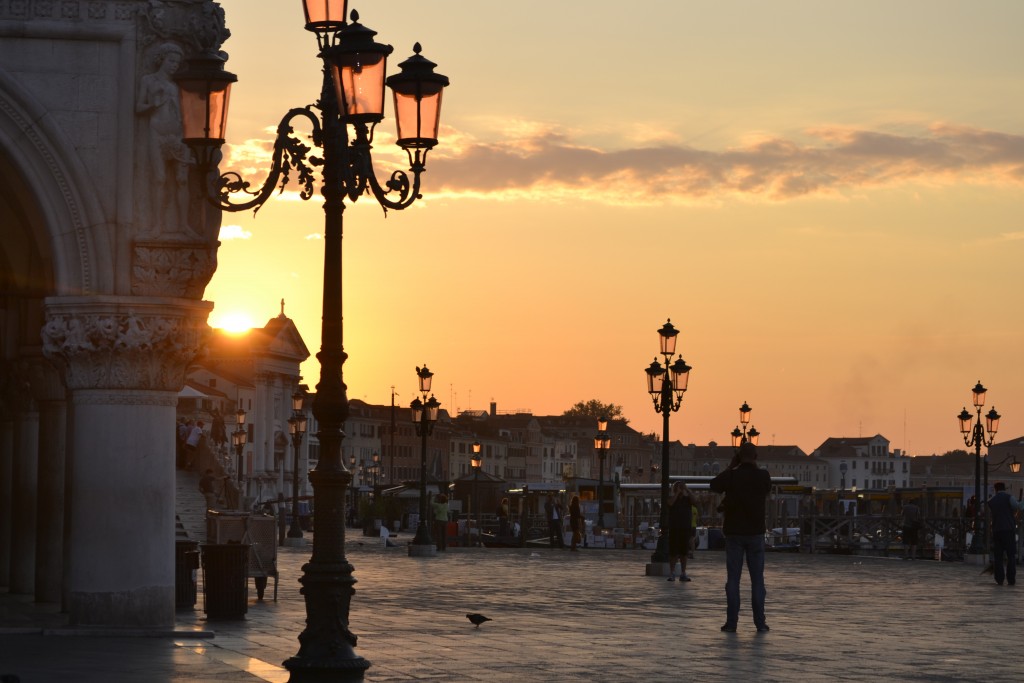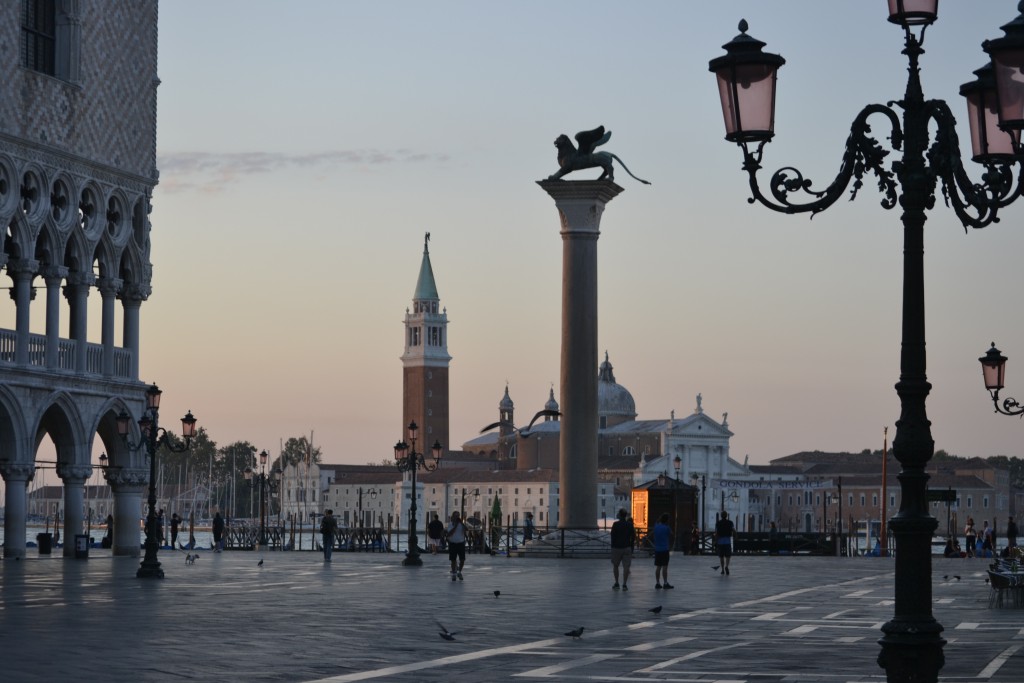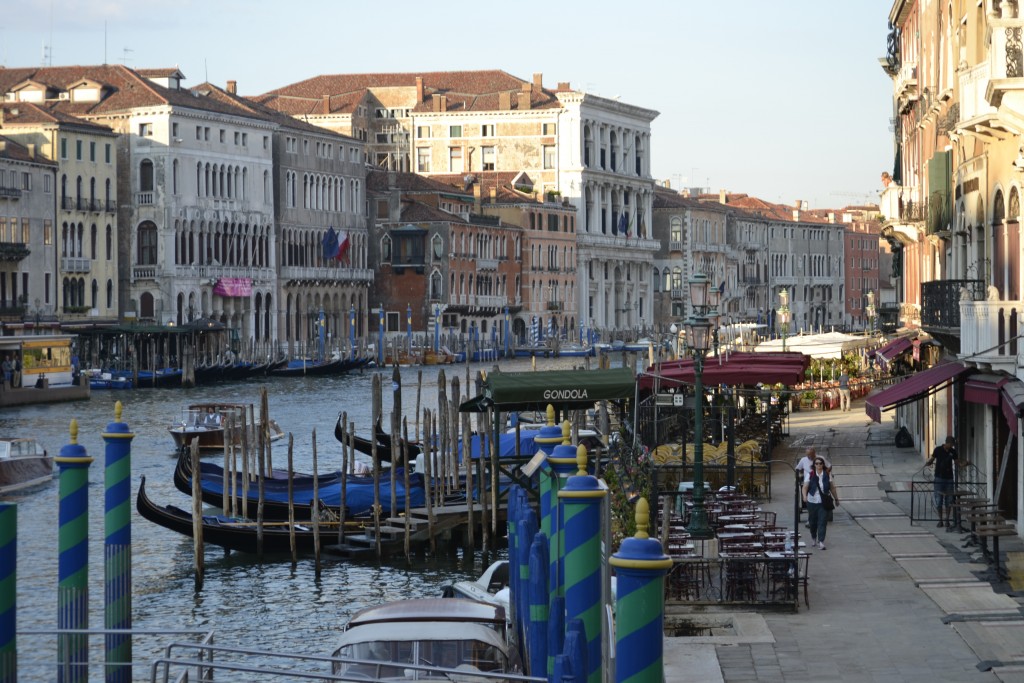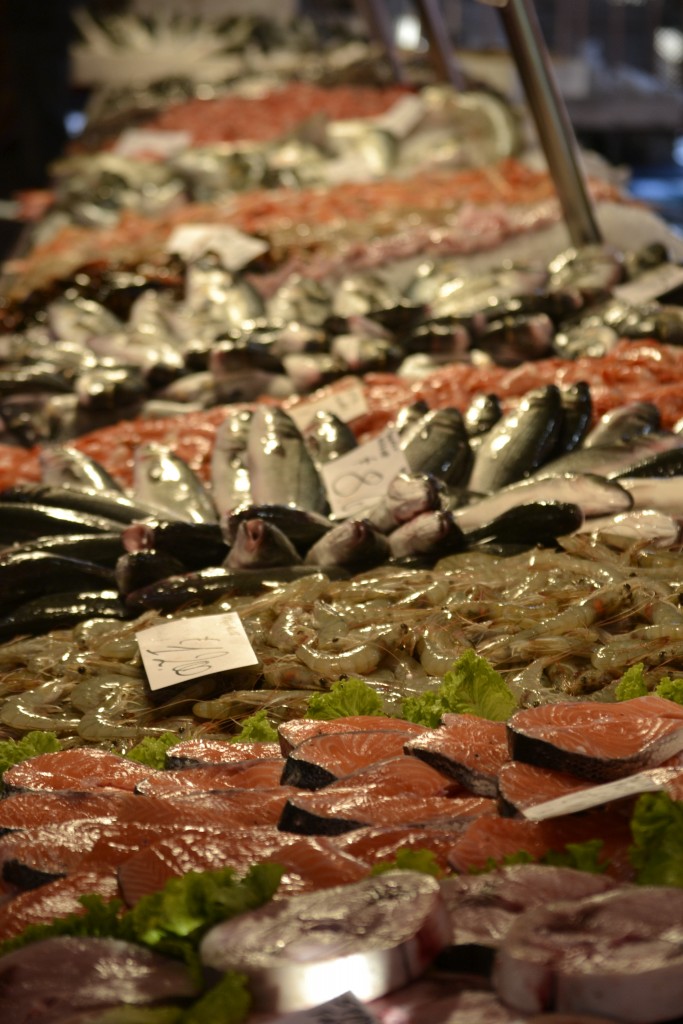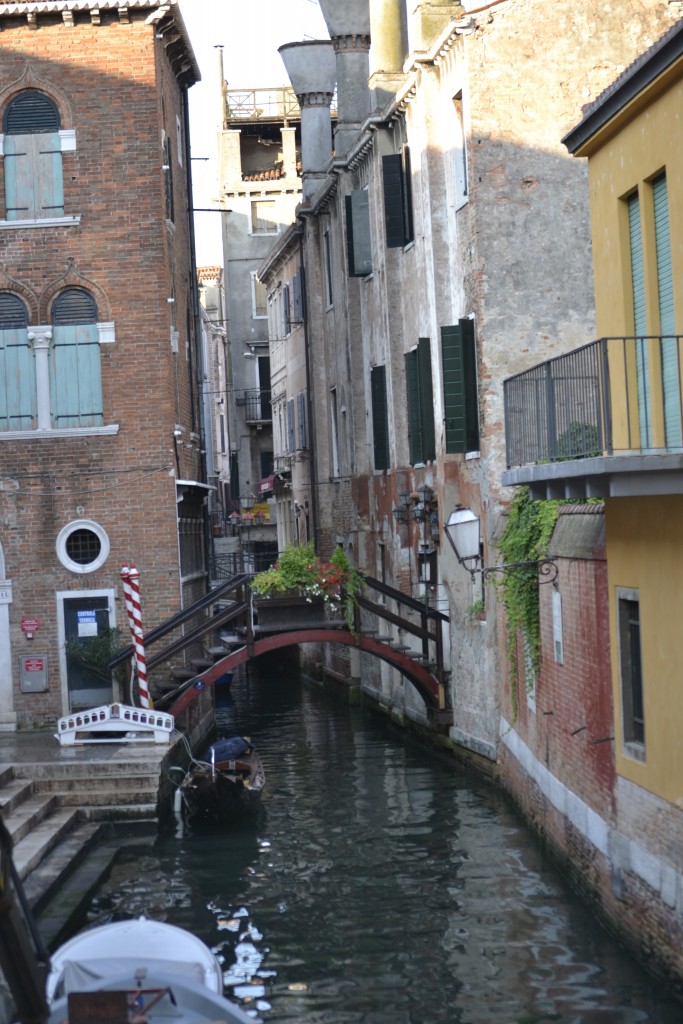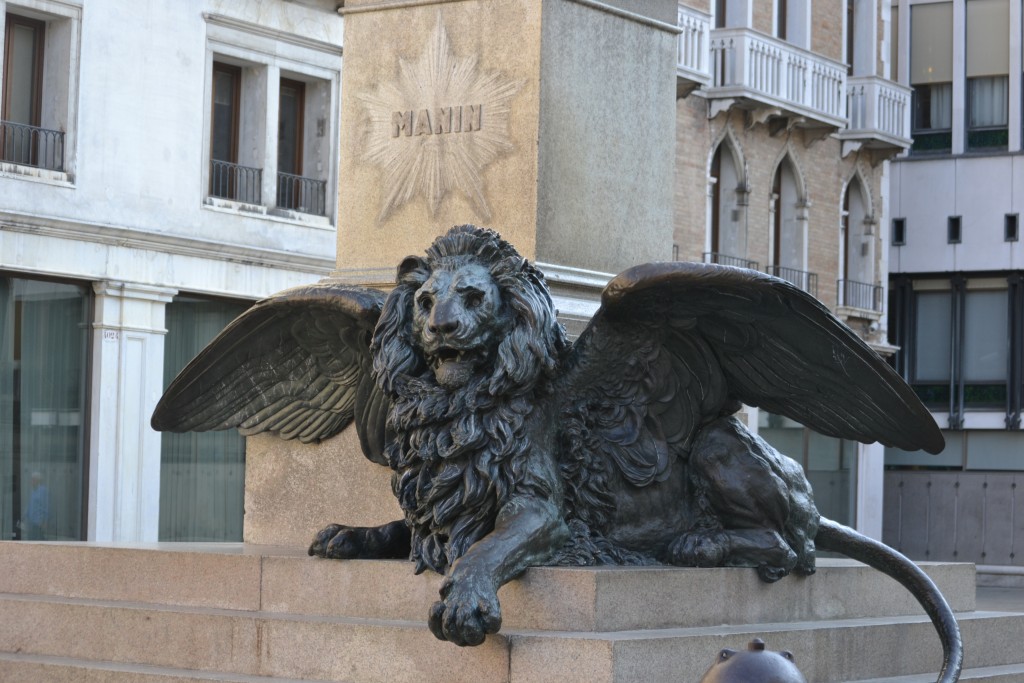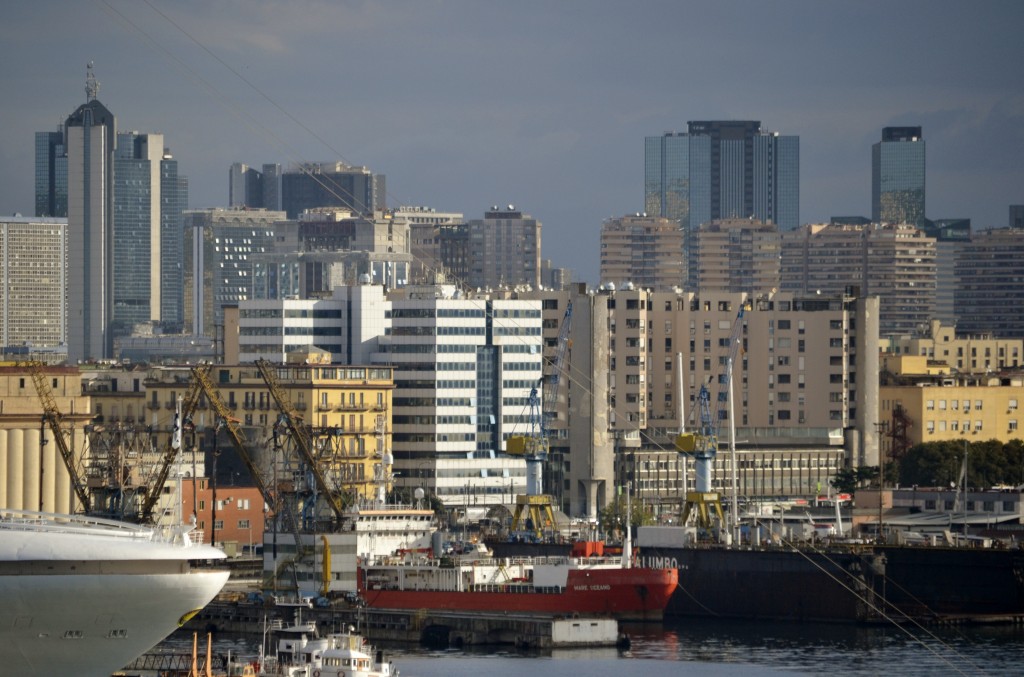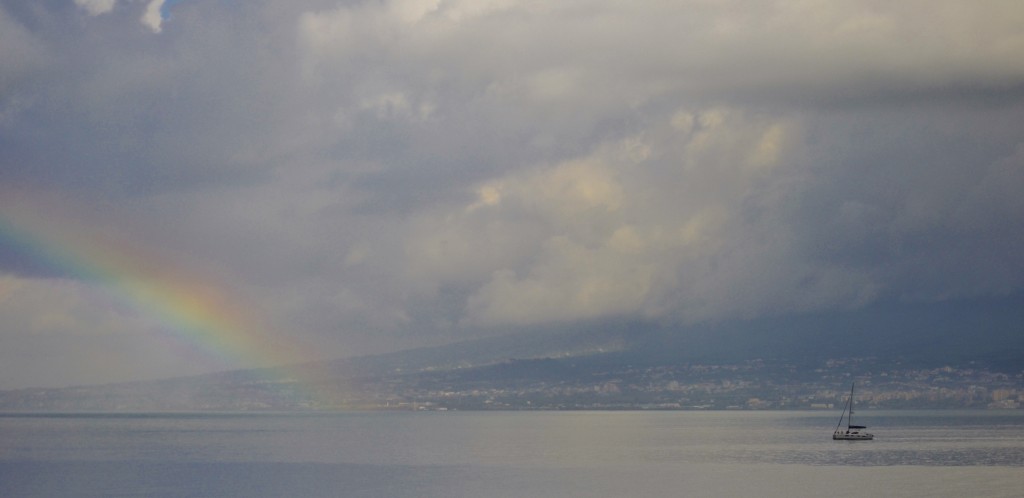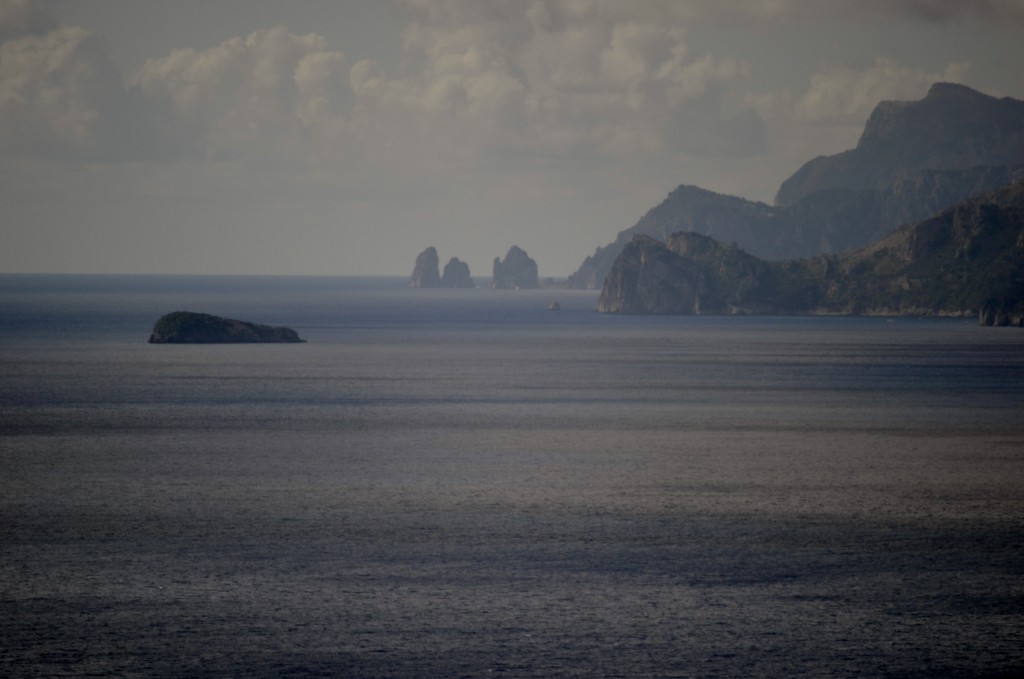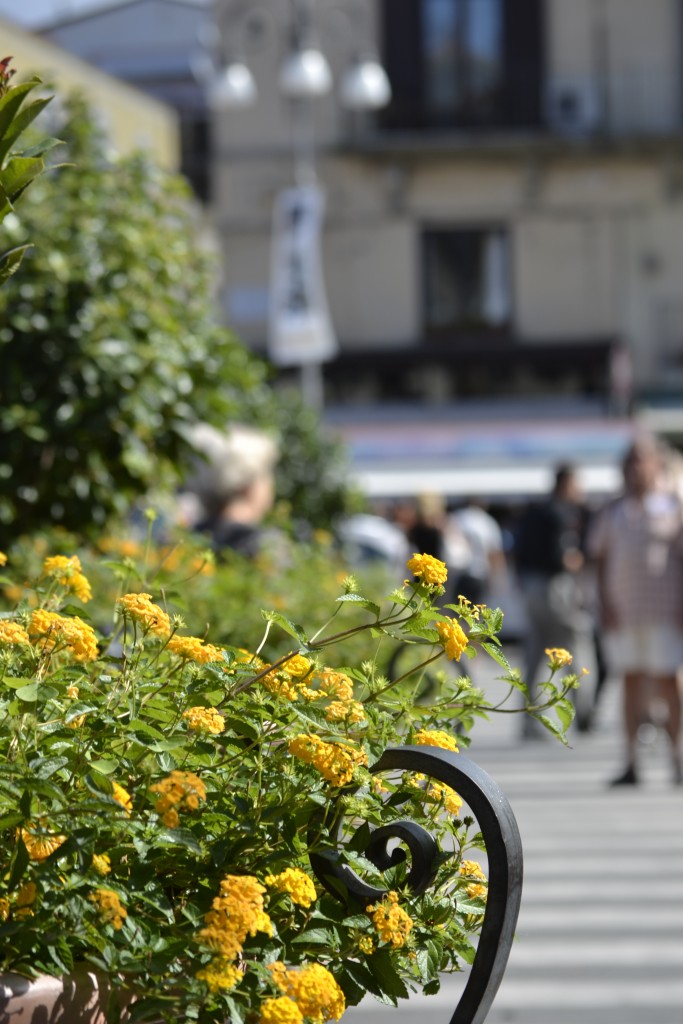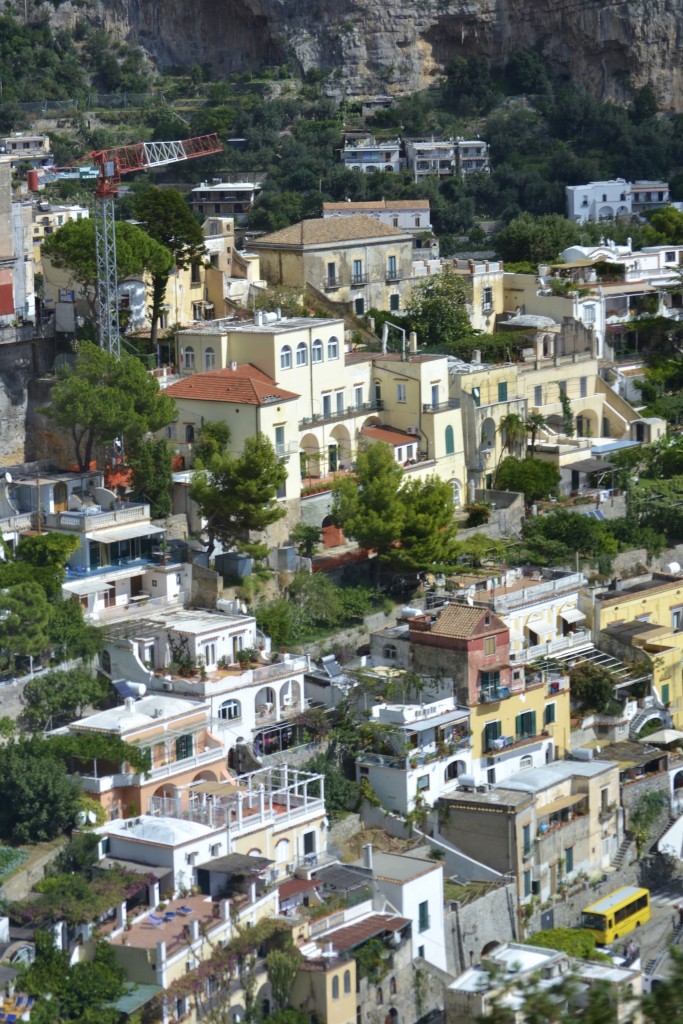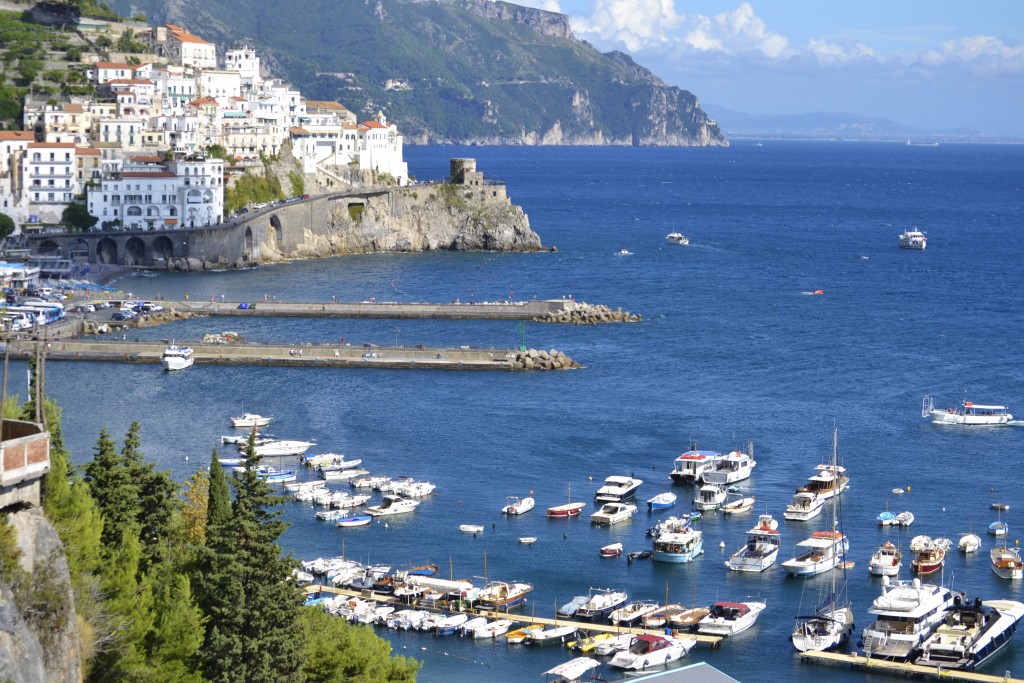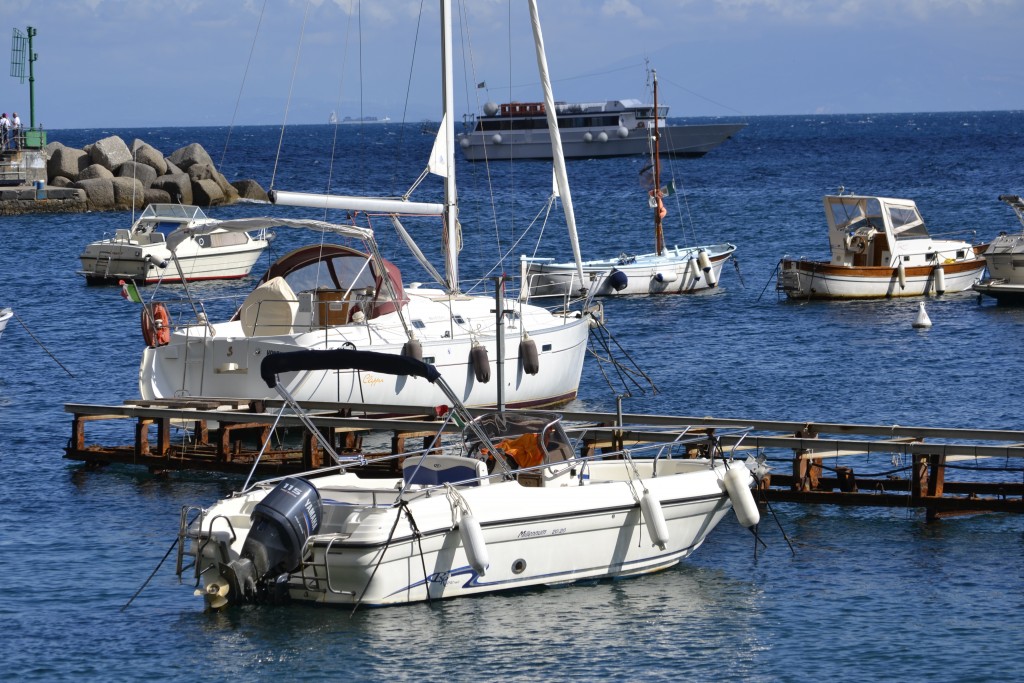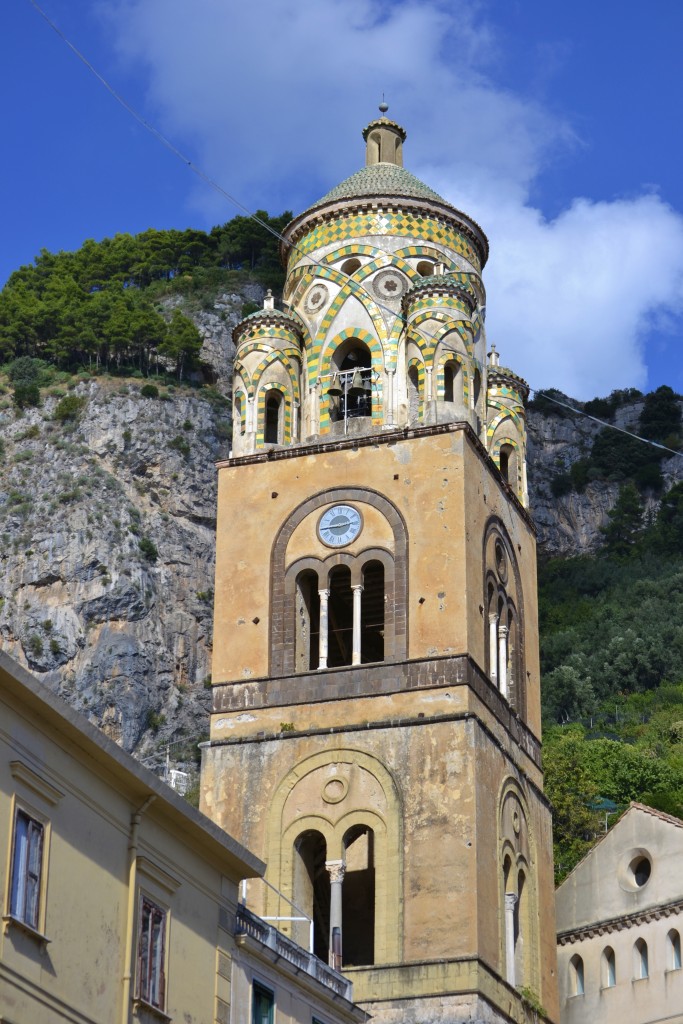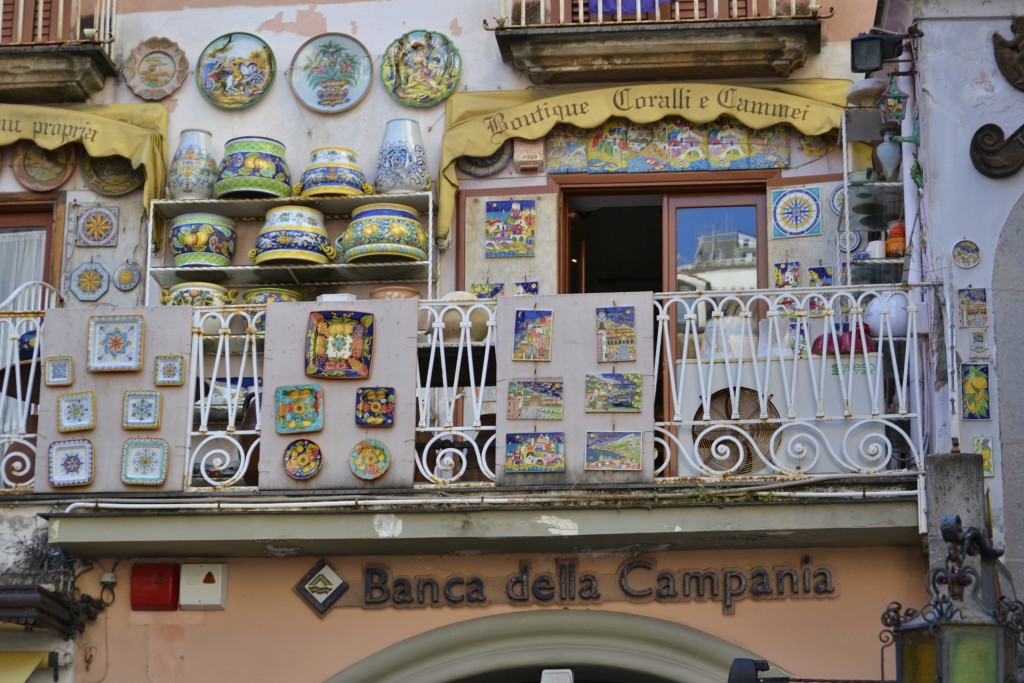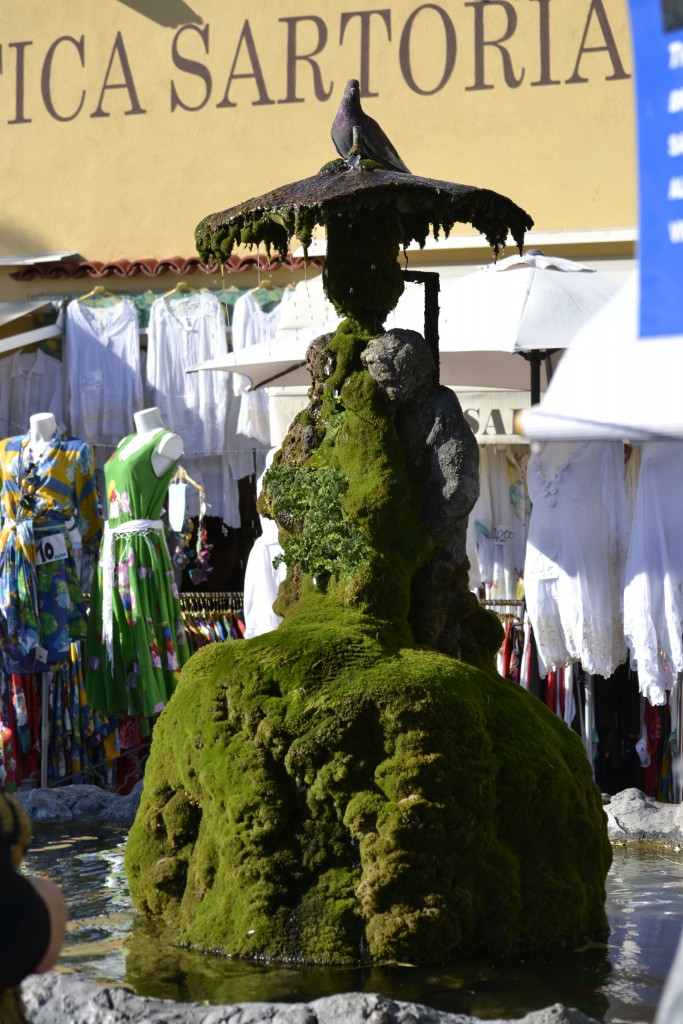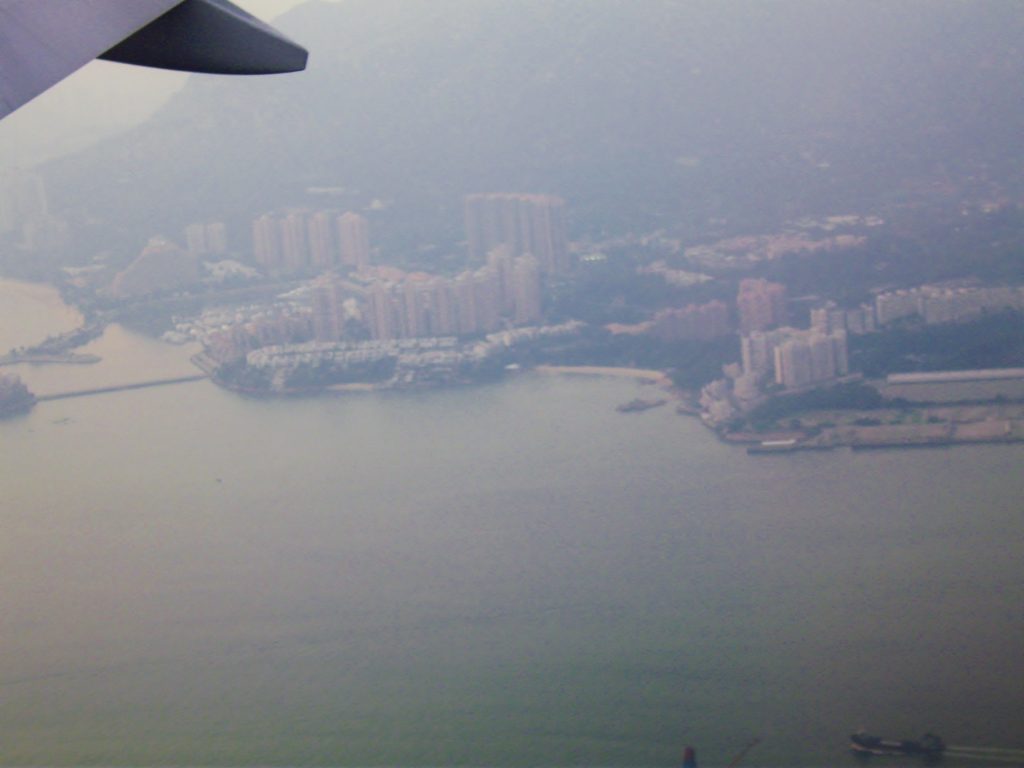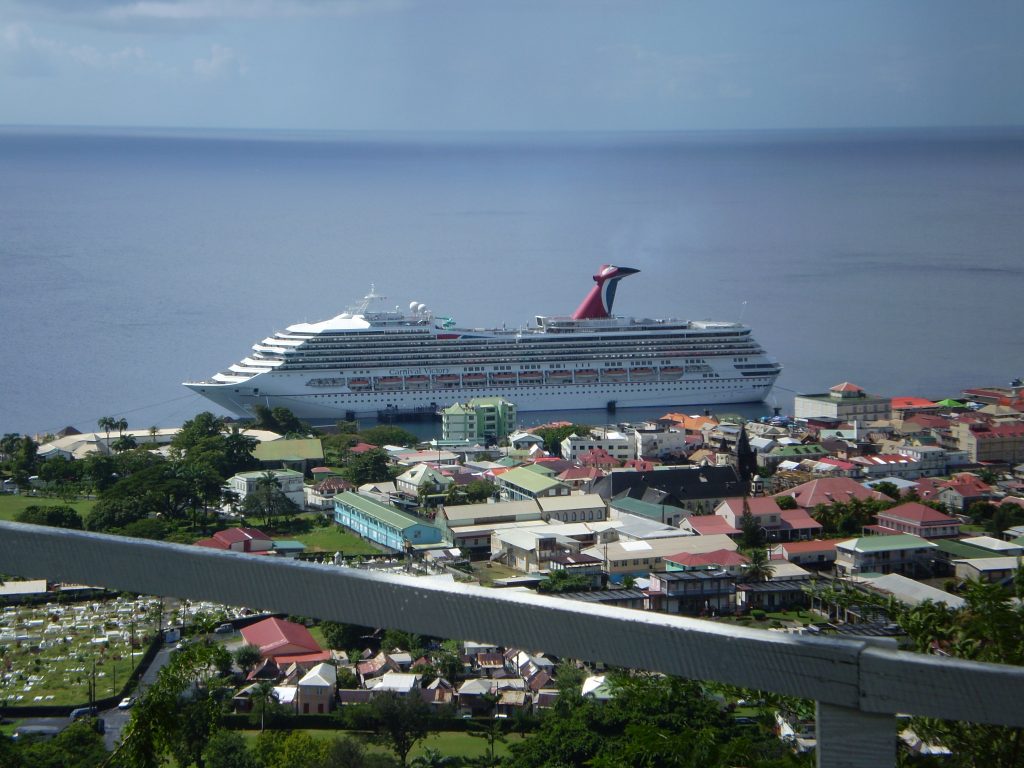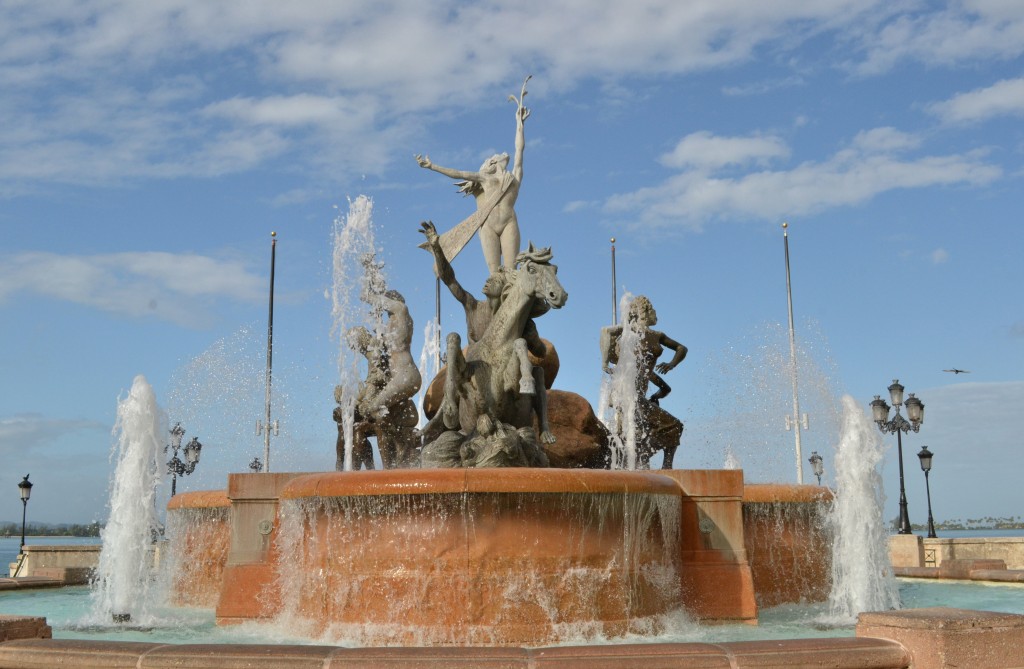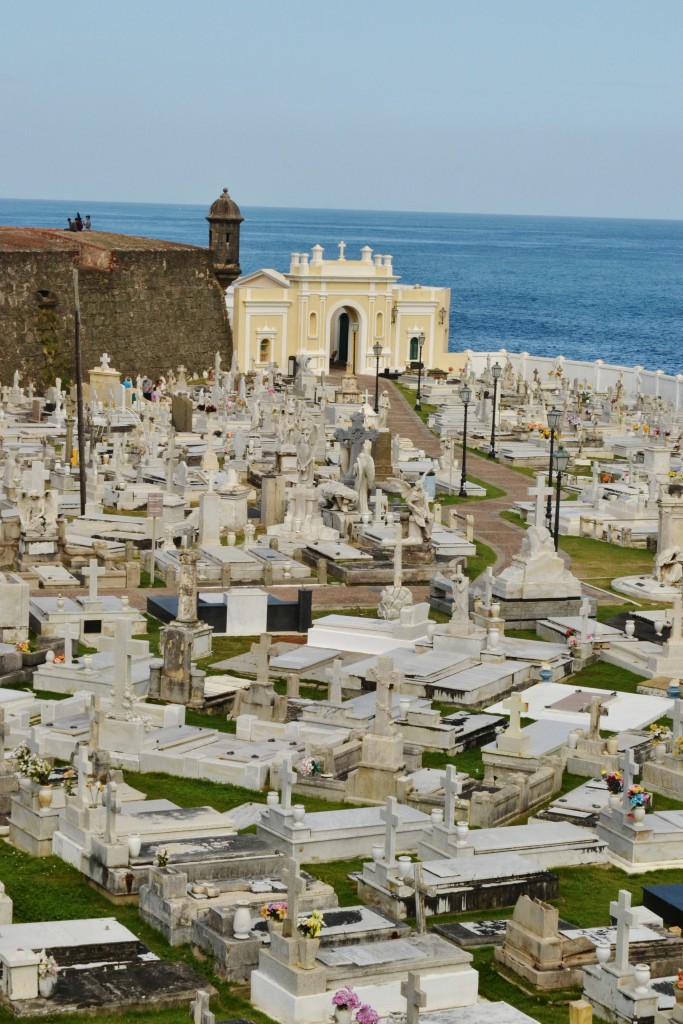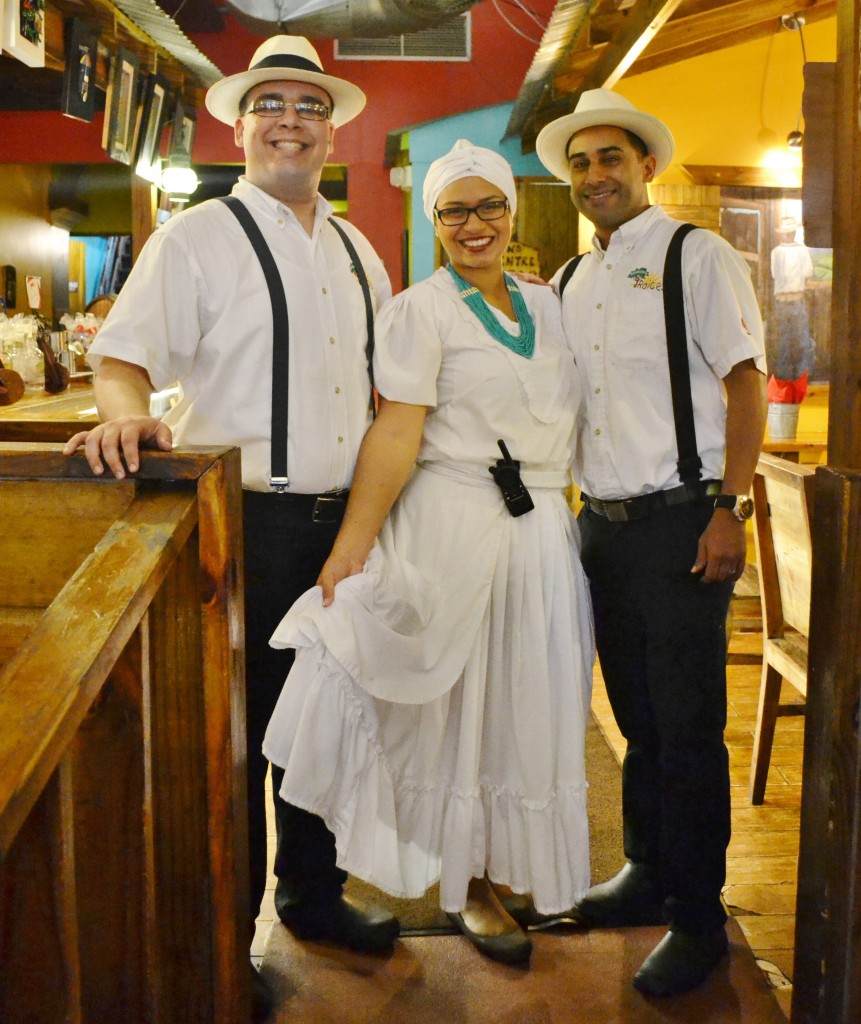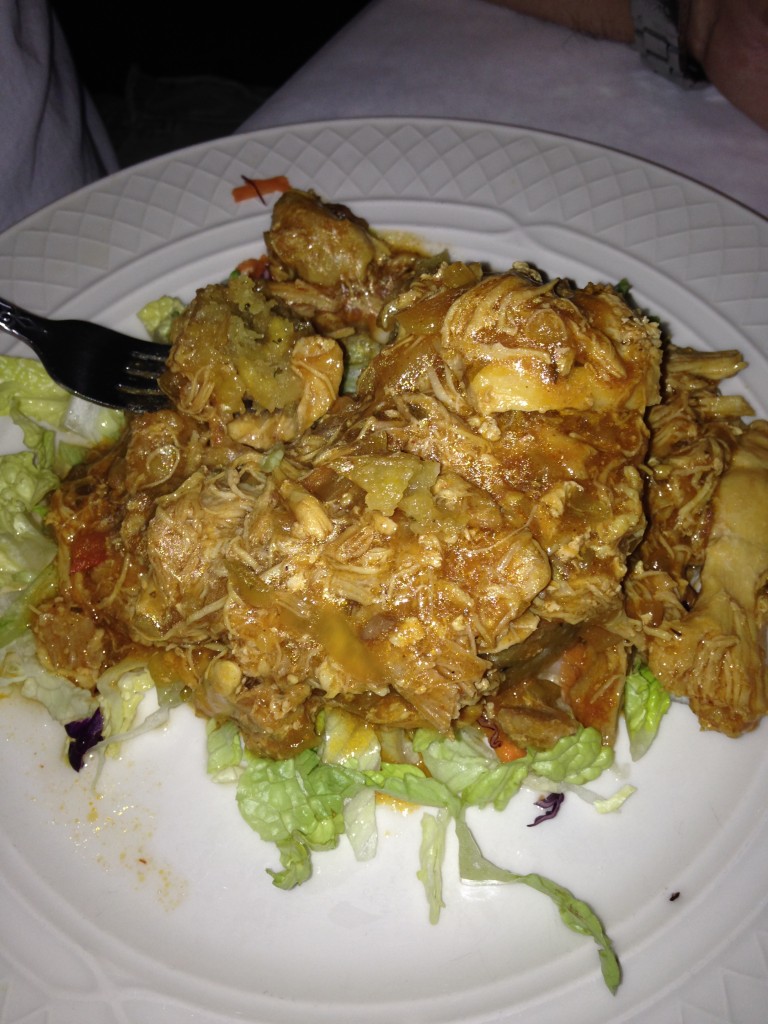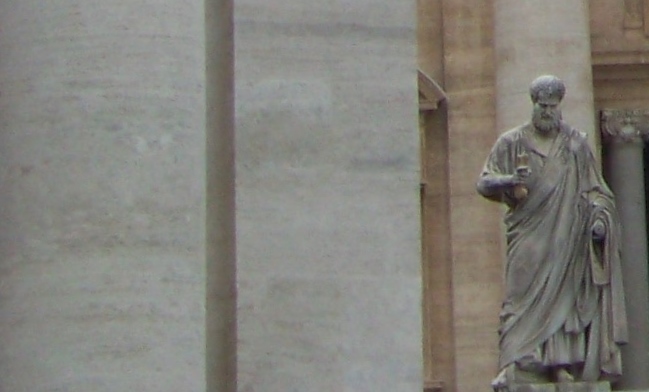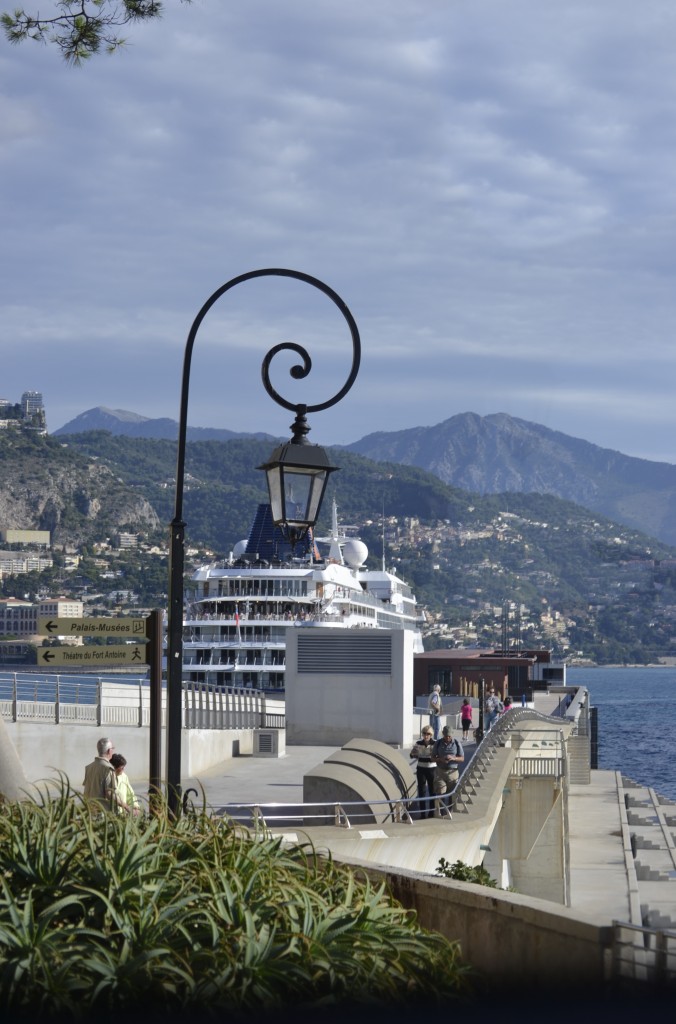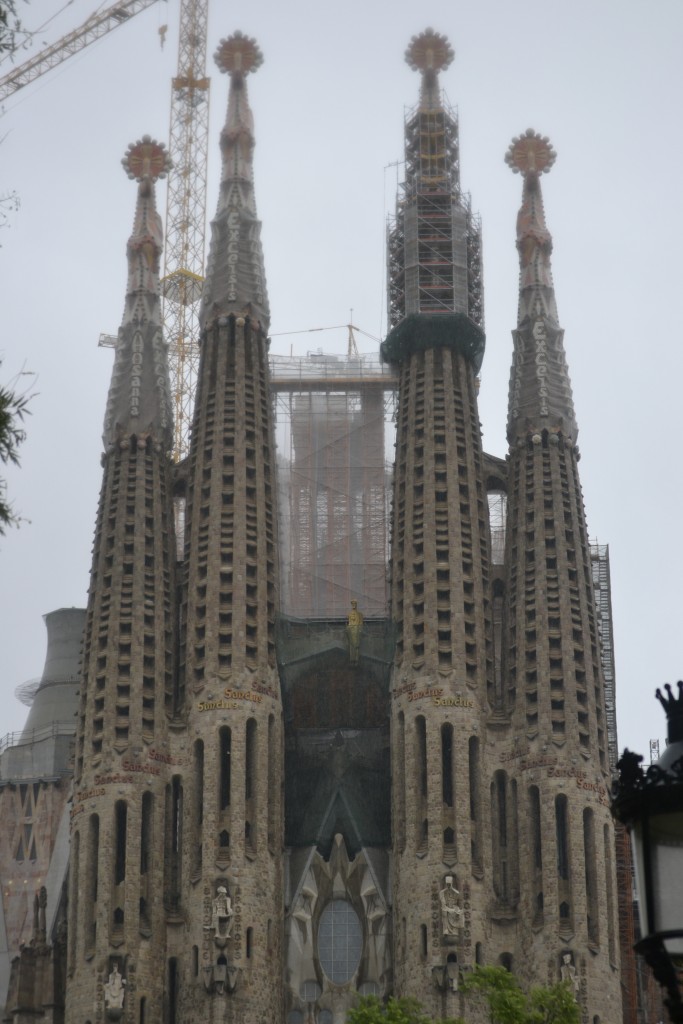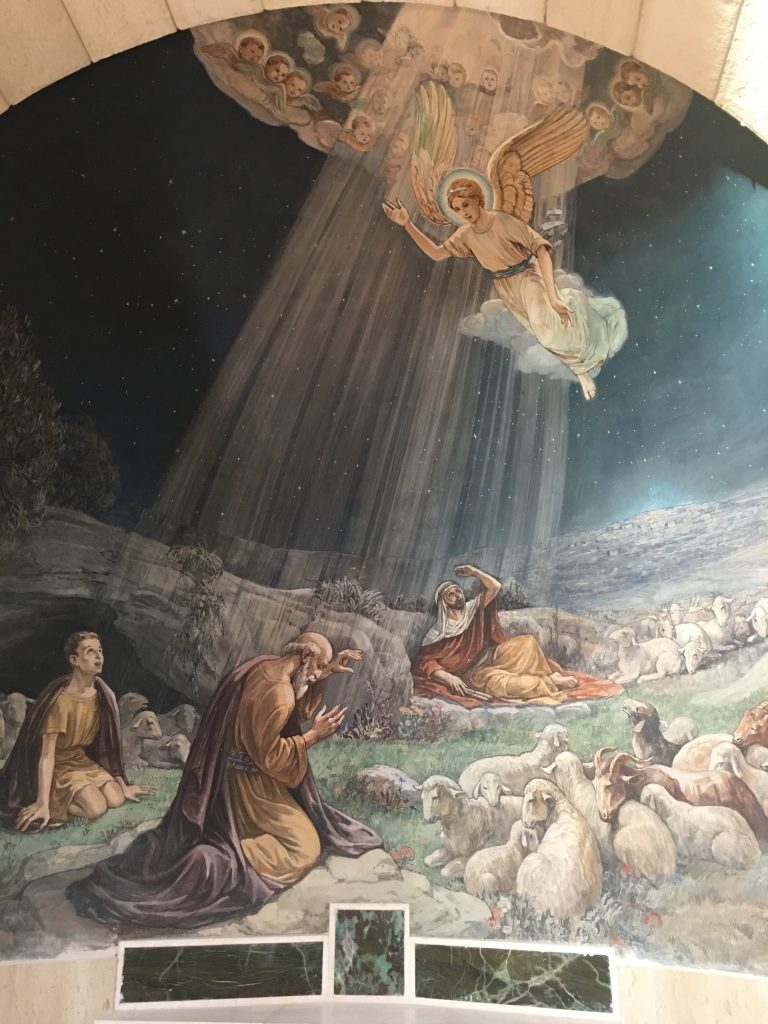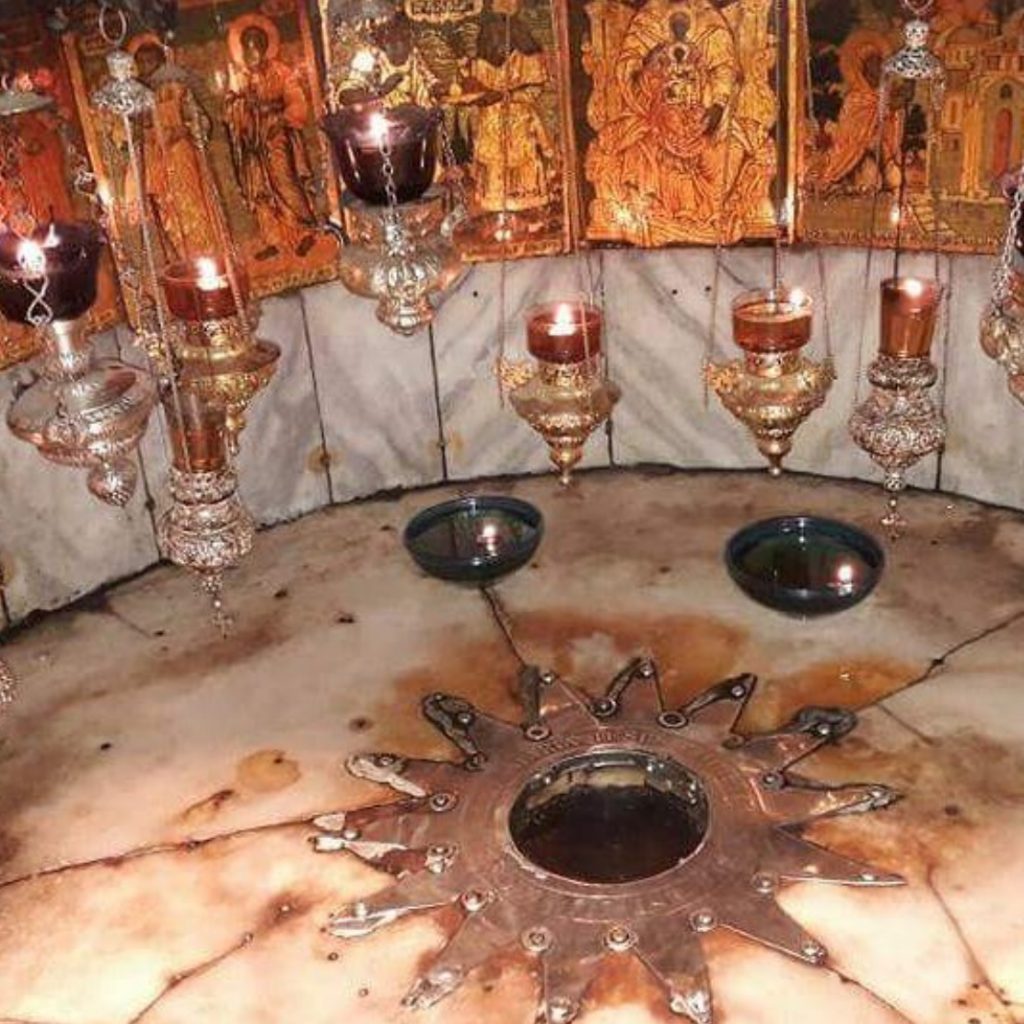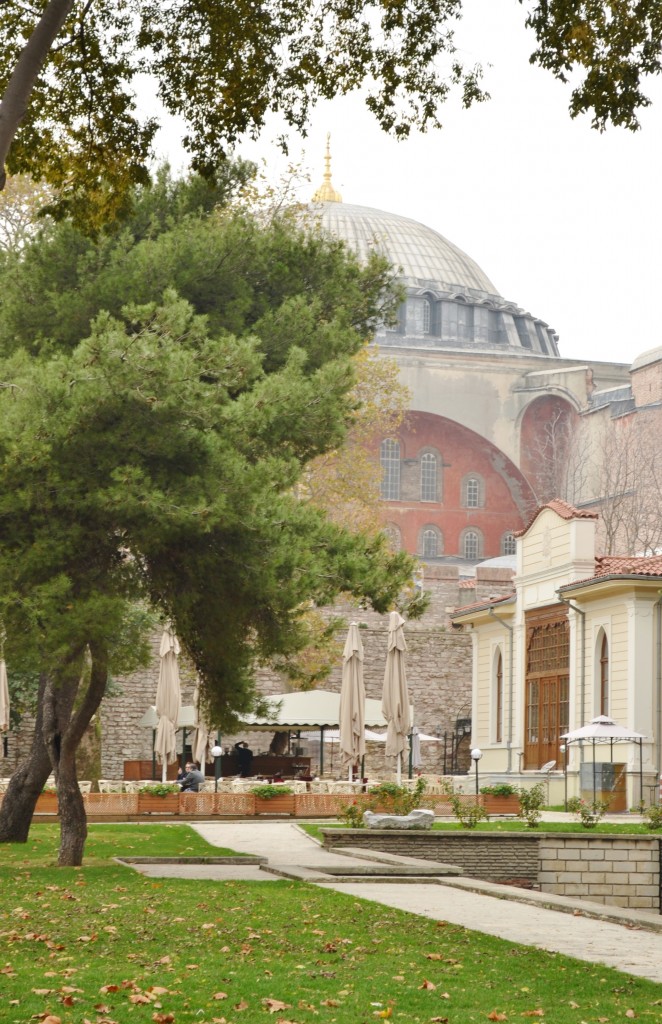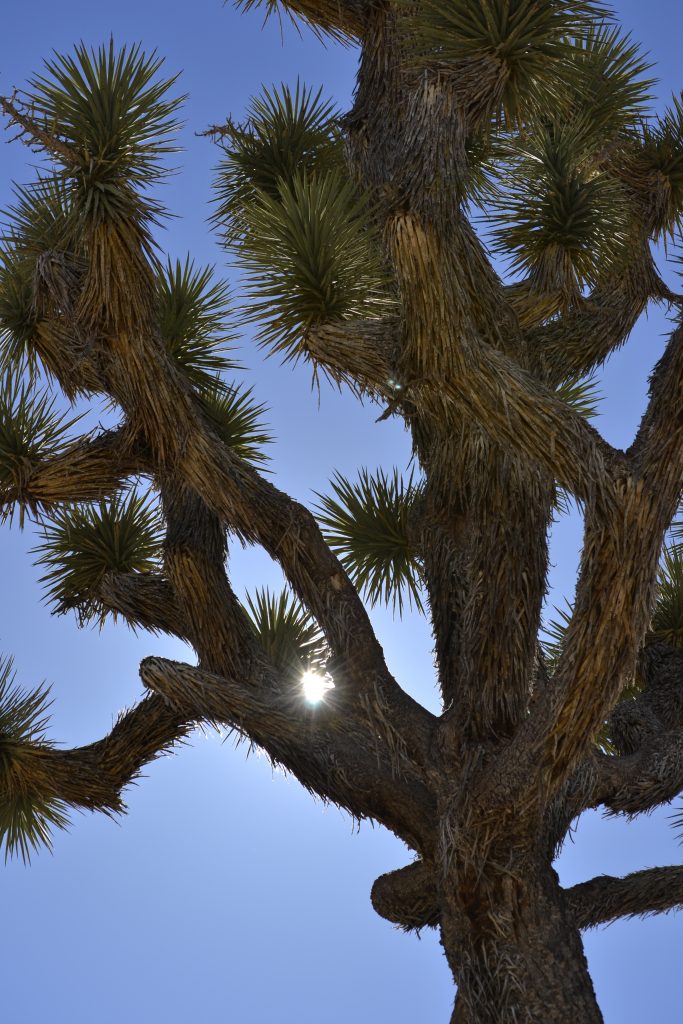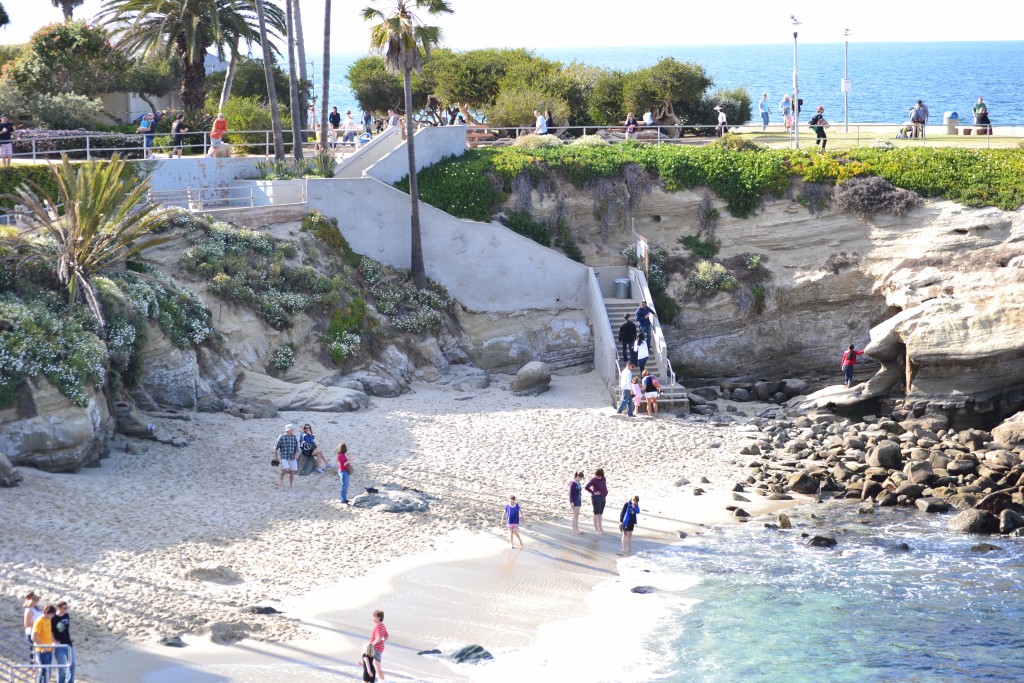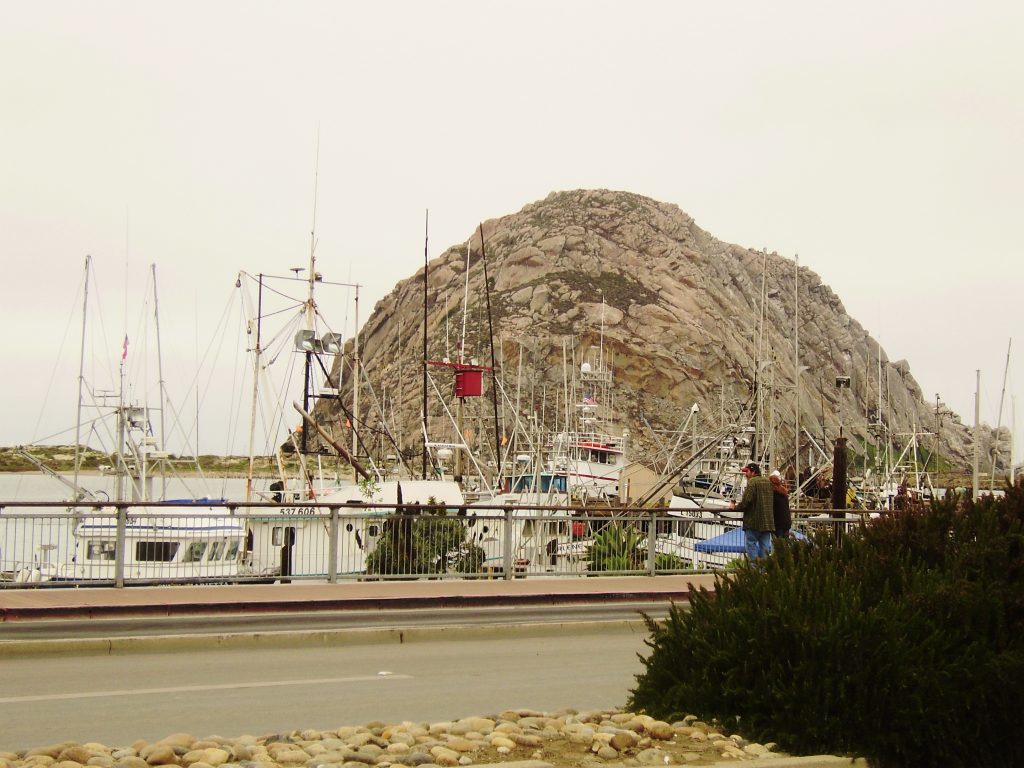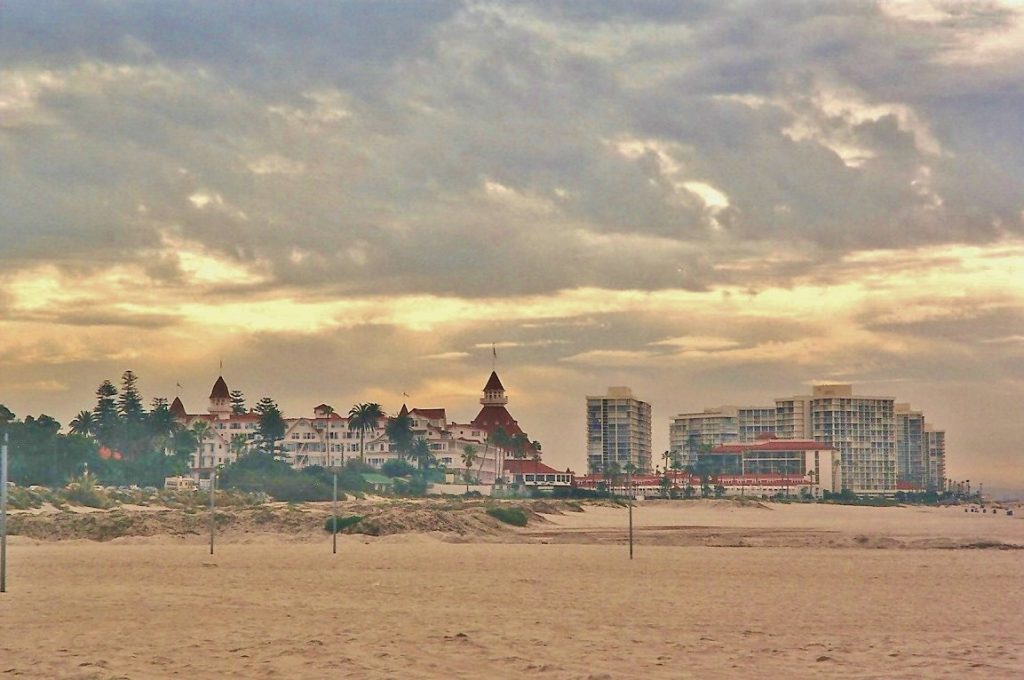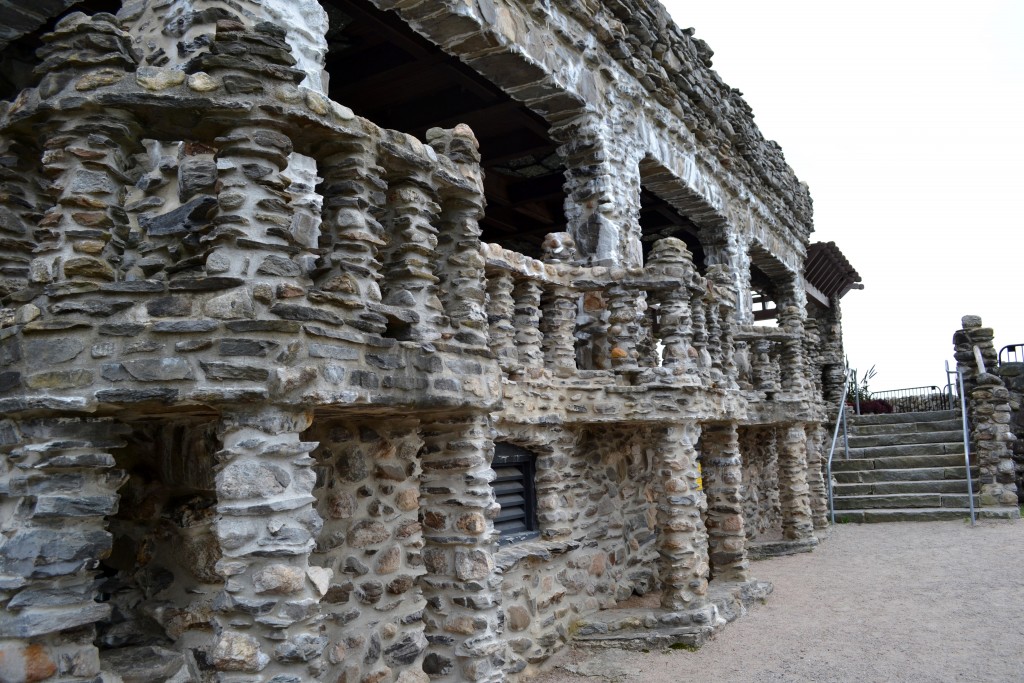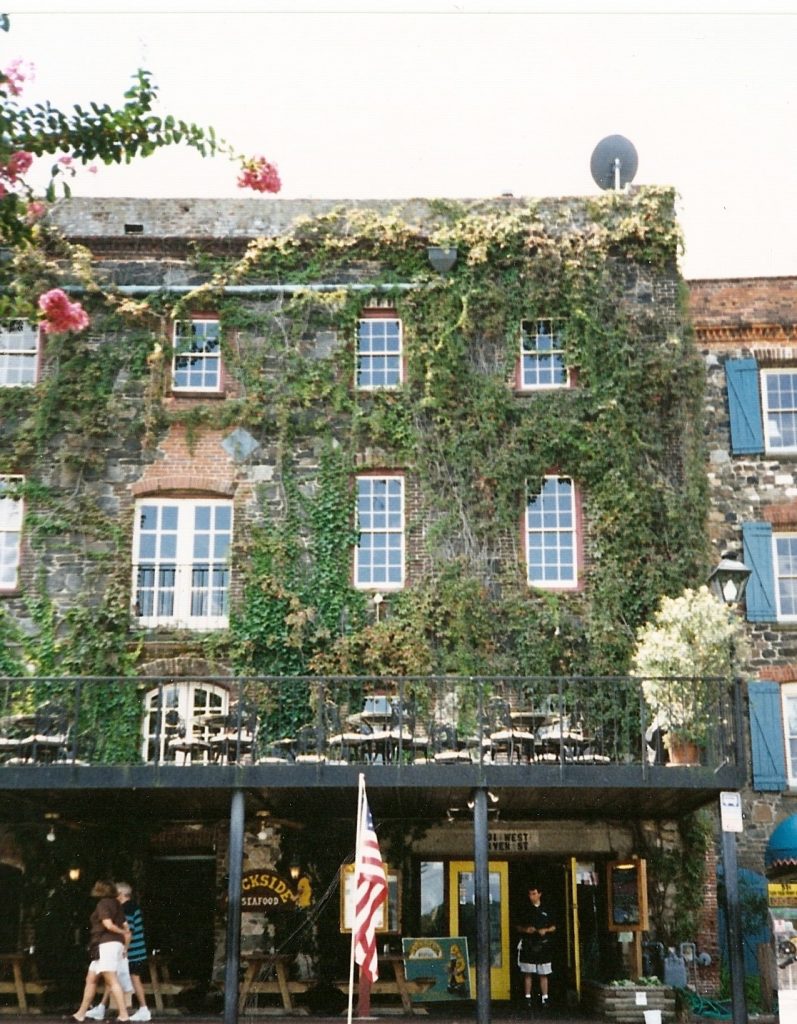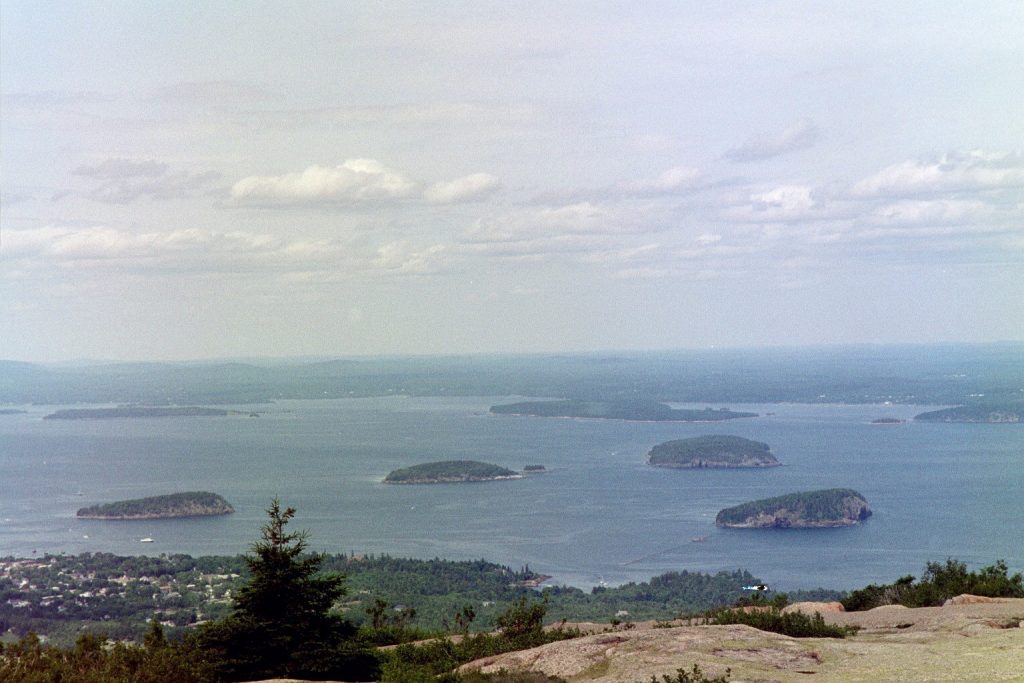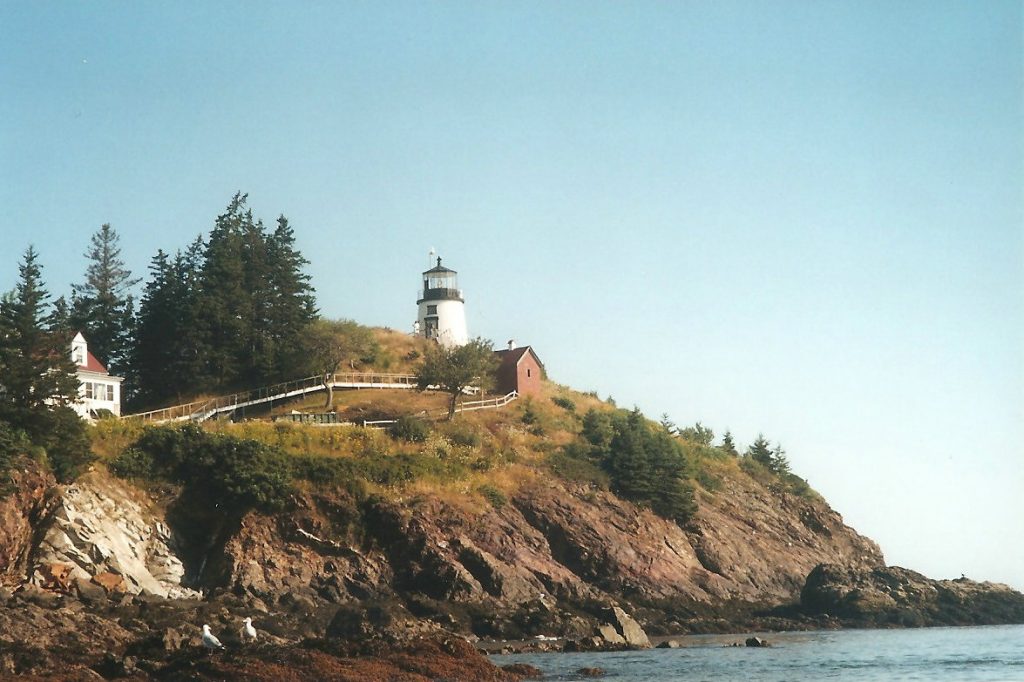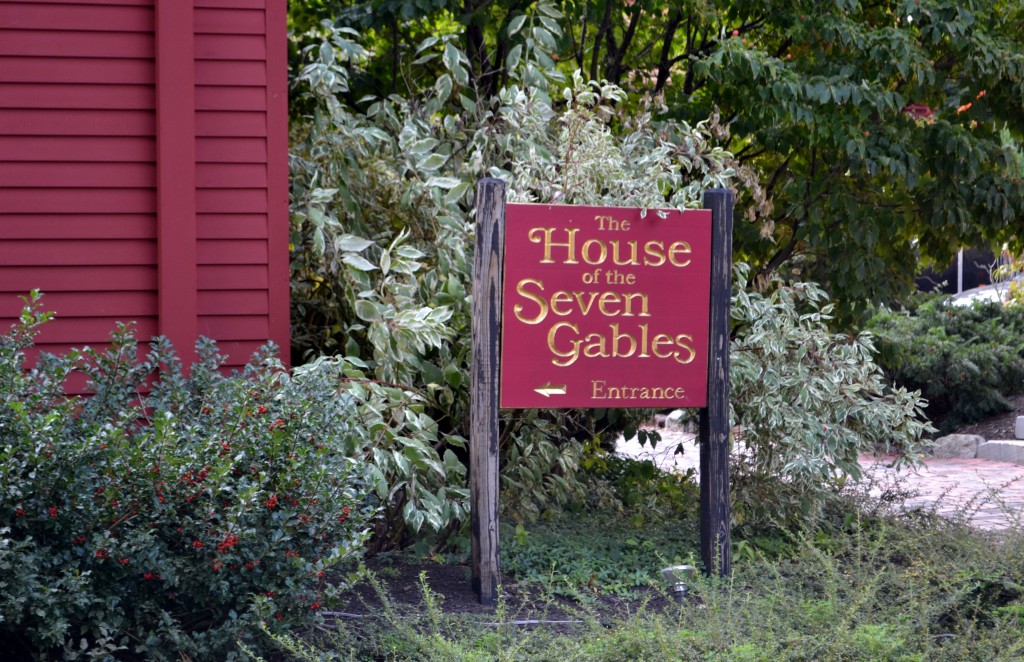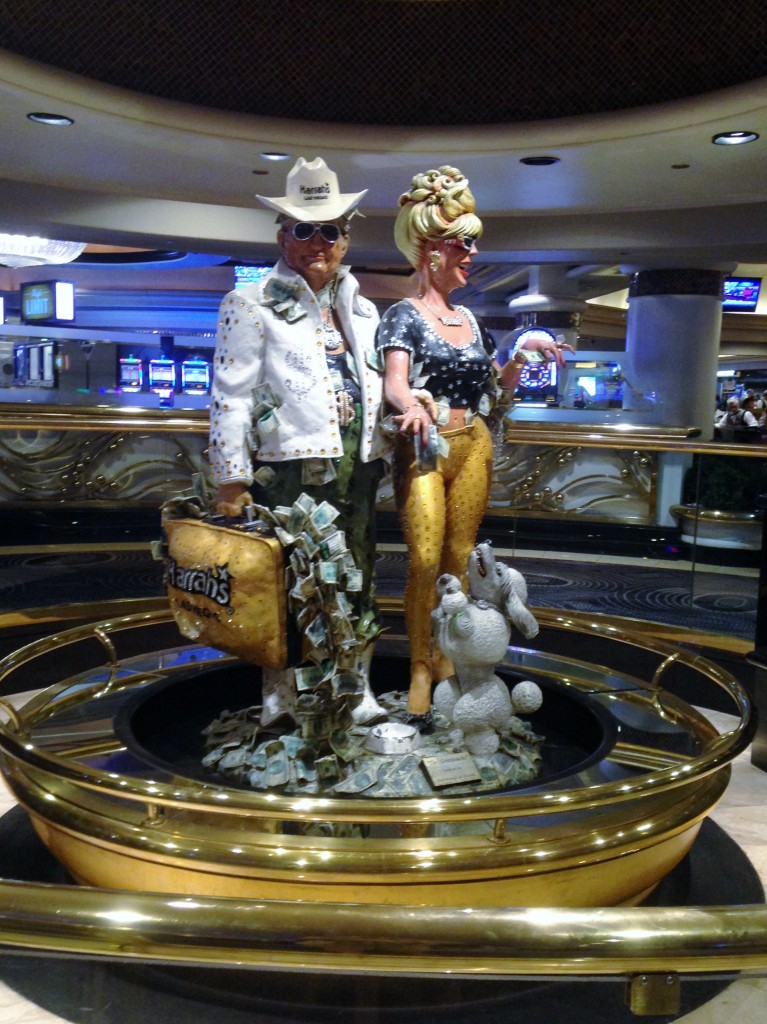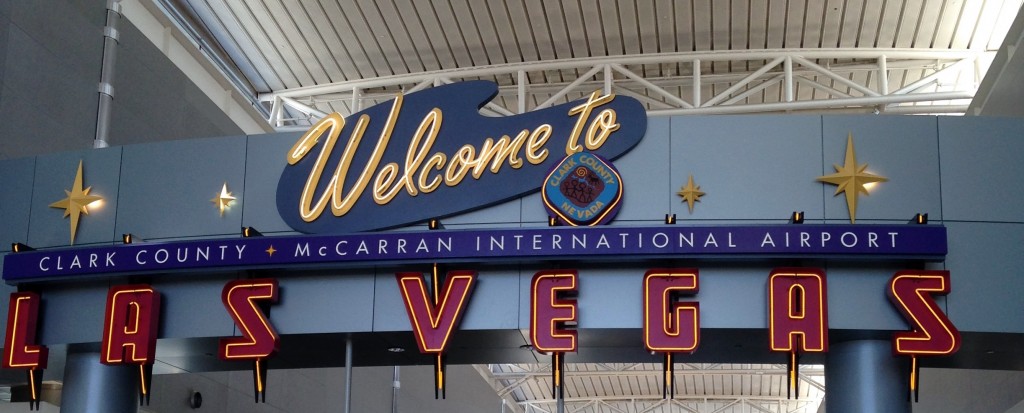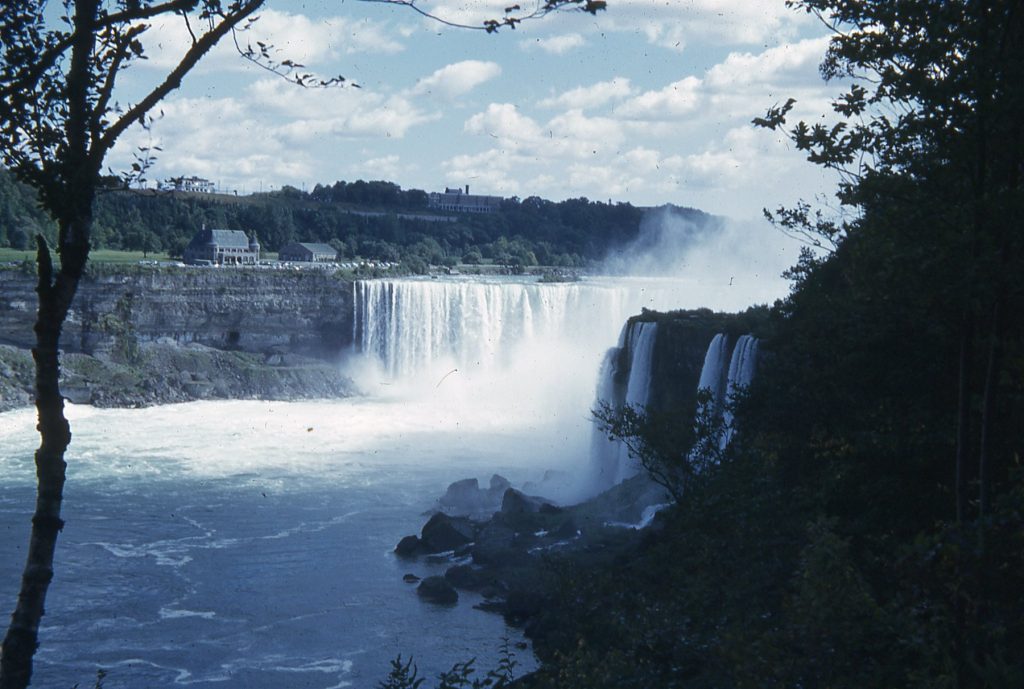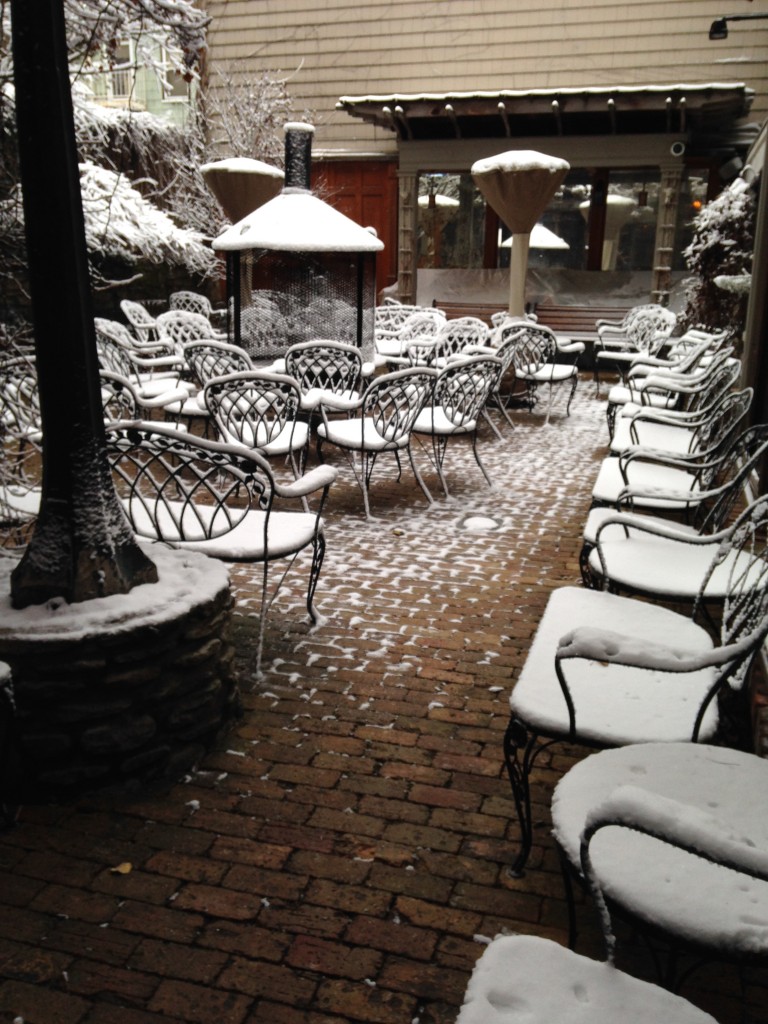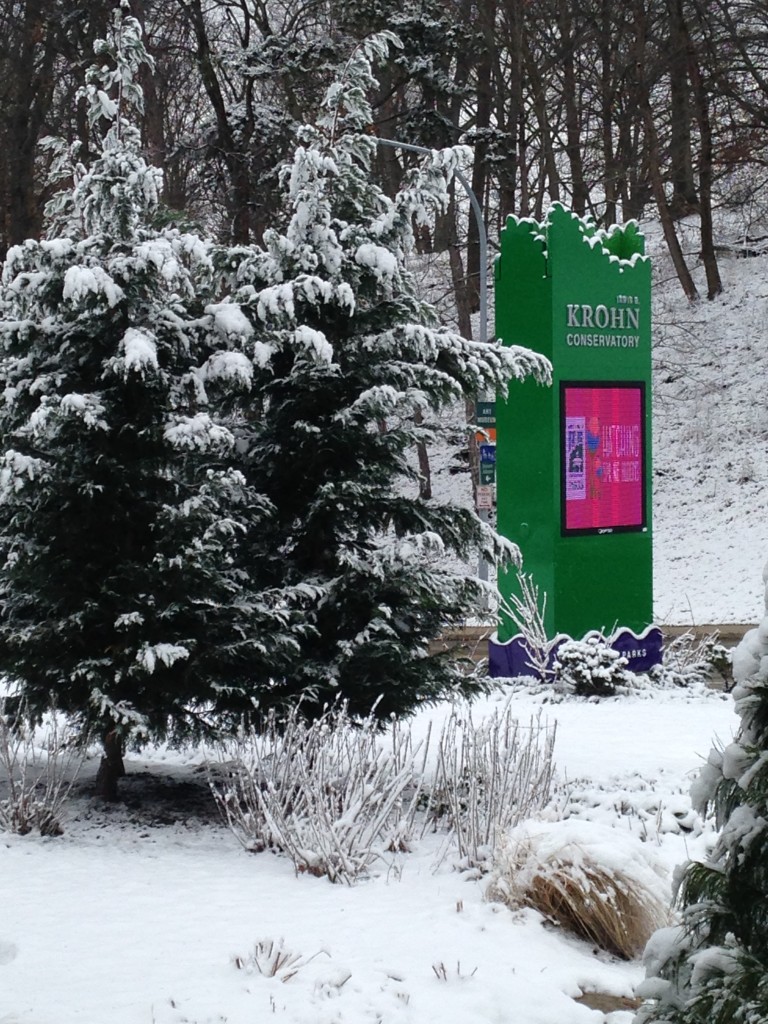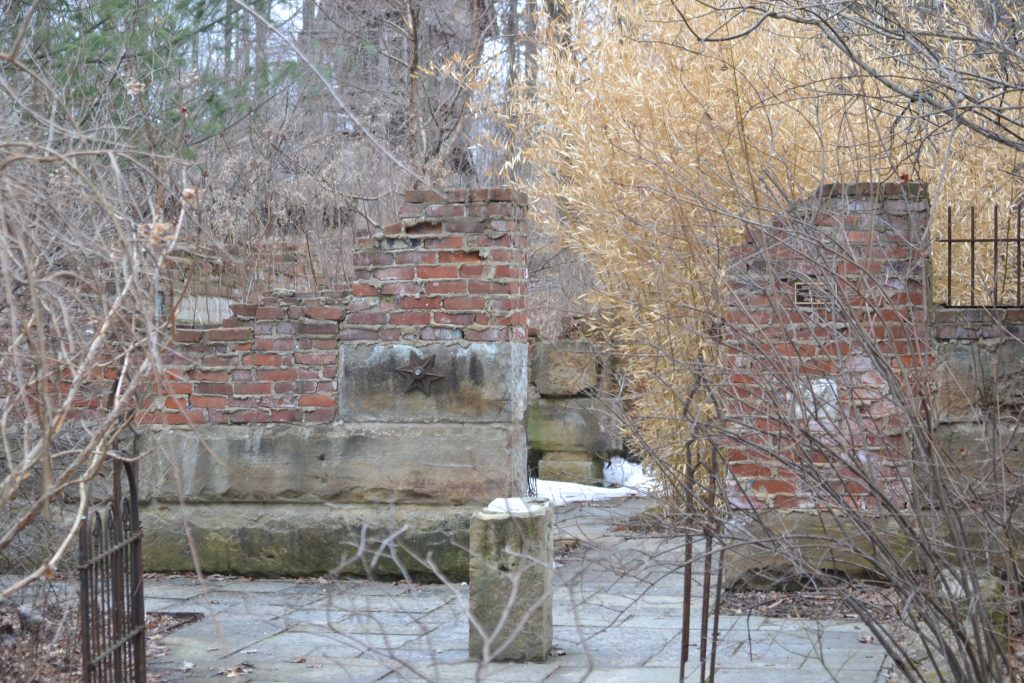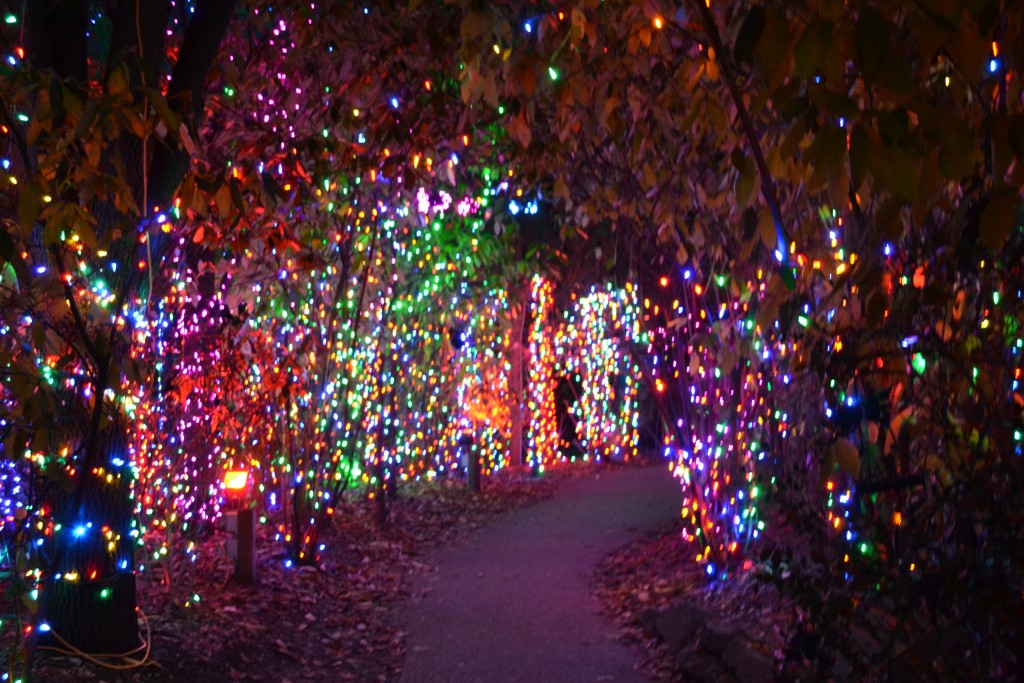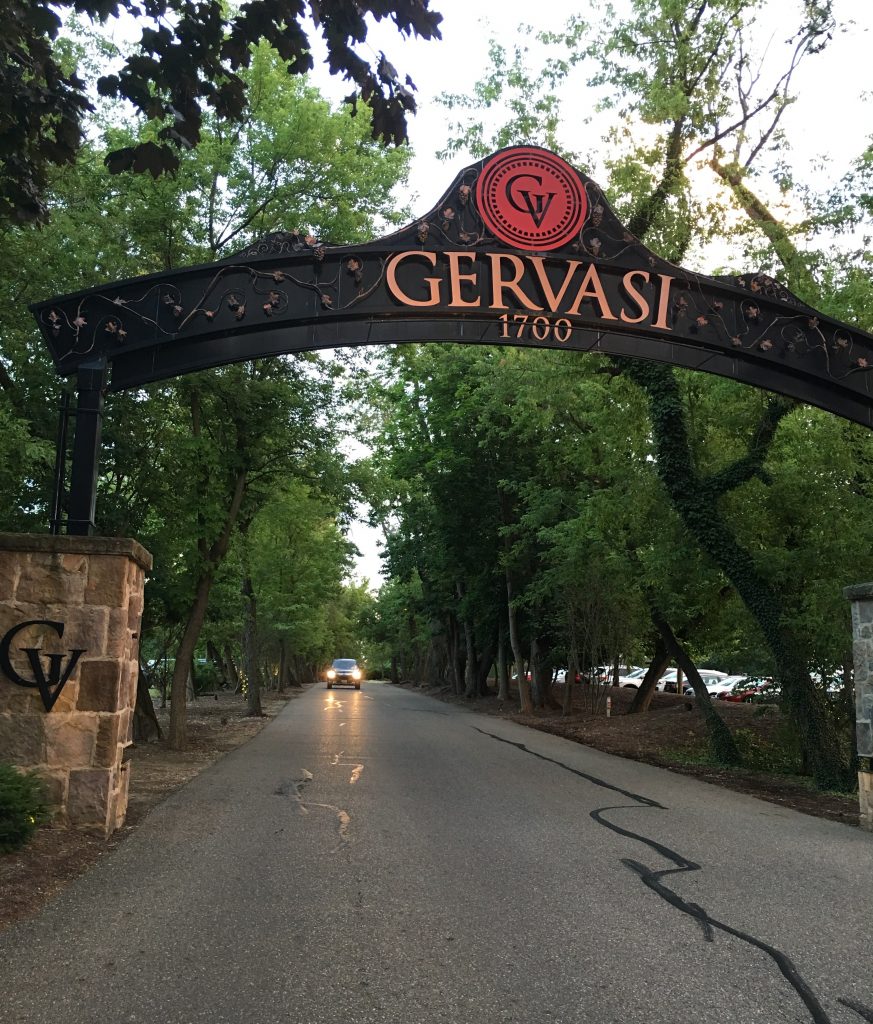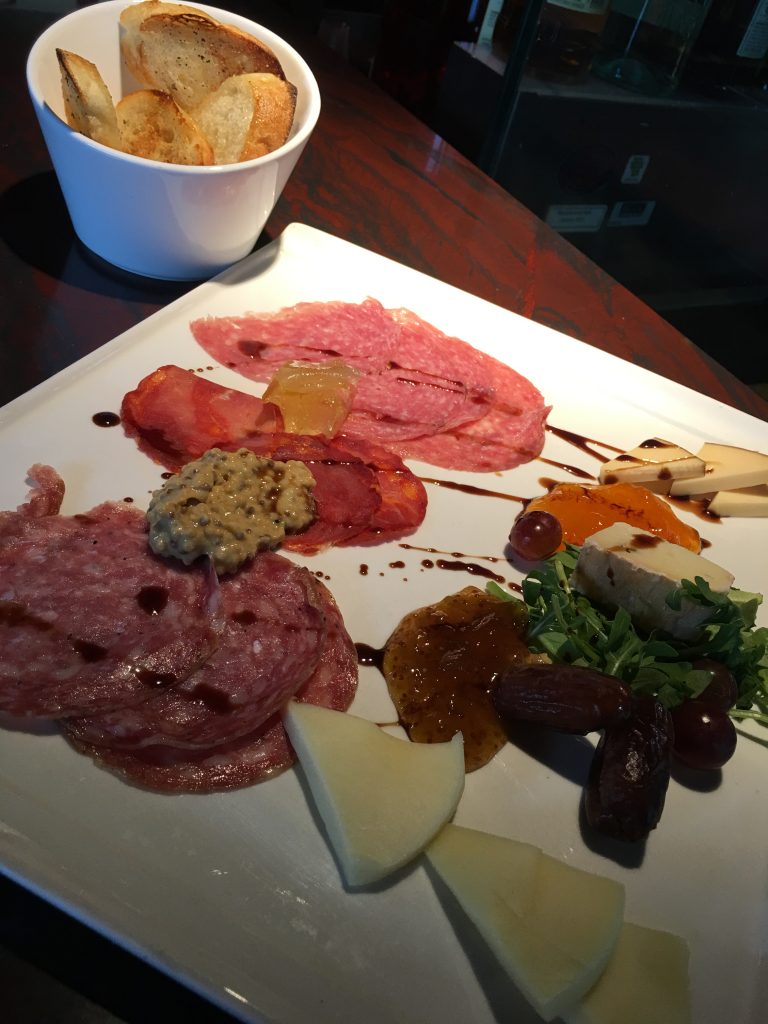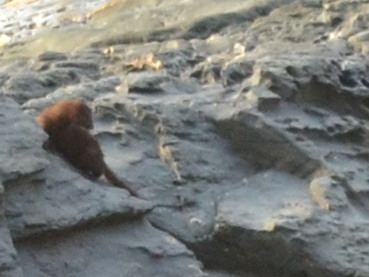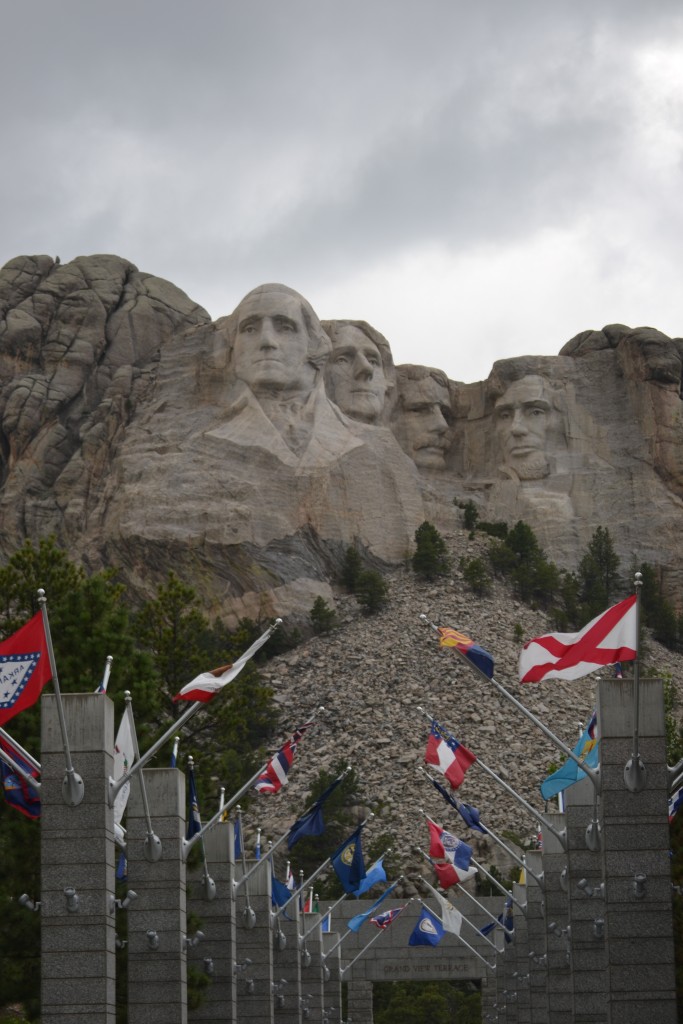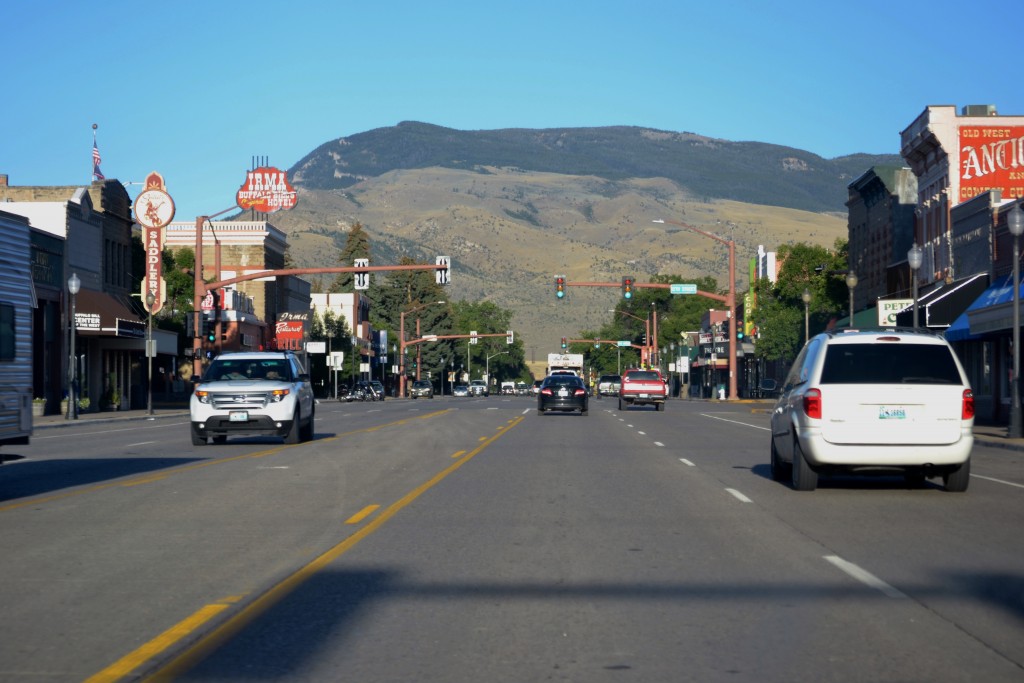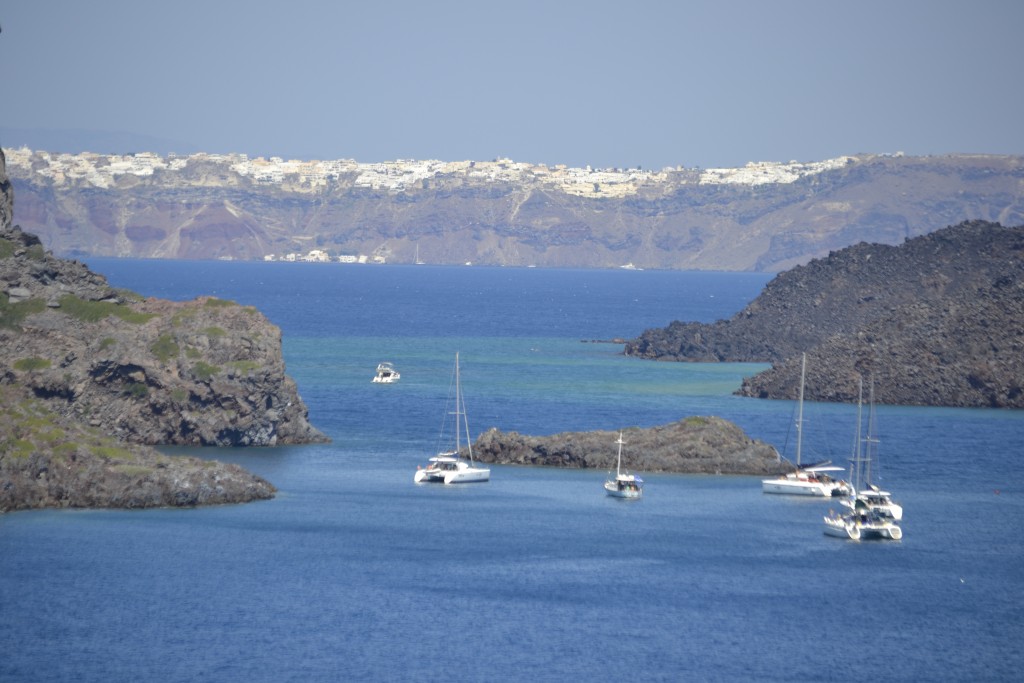
Arriving by sea, the cruise ship pushed forward, edging closer to dramatic views of whitewashed villages atop Santorini’s crescent-shaped caldera. The scenic view of watching the island appear between the islands of Sikinos and Ios is breathtaking. Undeniably one of the most beautiful islands in the world, Santorini’s history, scenic views and whitewashed buildings are incredibly fascinating, but it is the island’s gorgeous sunsets that make the “Devil’s Isle” worth a stop in the Cyclades.
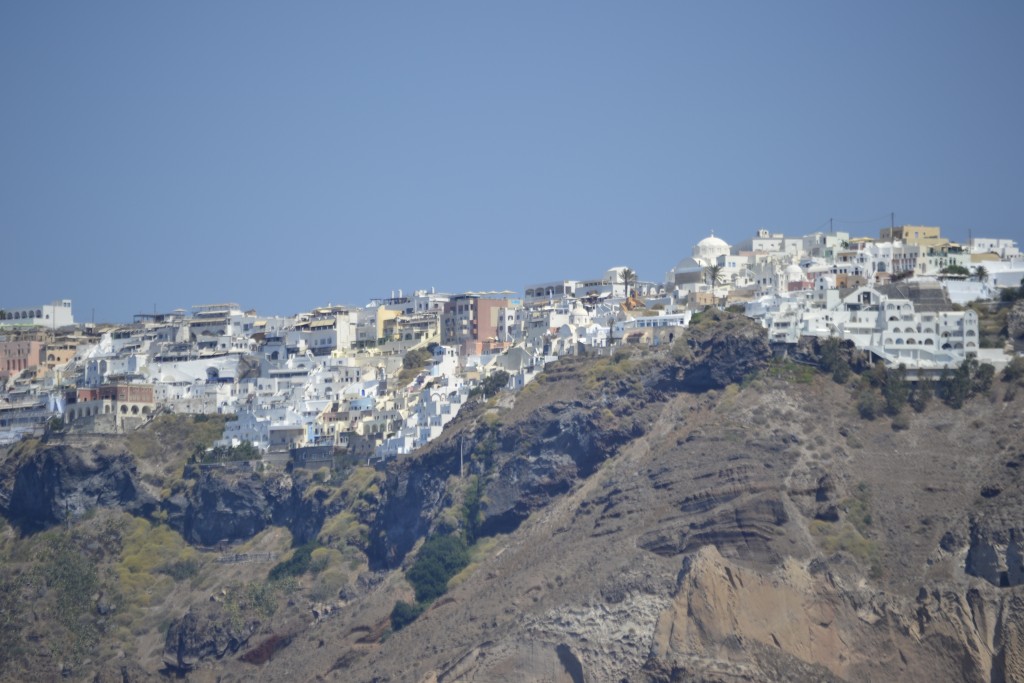
Santorini is one of a group of islands that includes the isles of Santorini and Therasia, while the uninhabited islets of New Kameni and Palaia Kameni (the “Burnt Isles”), Aspronisi (“White Isle) and Christiana are great for day hiking. Surviving one of the largest volcanic eruptions in history, what remains of Santorini are the steep 1100 feet cliffs and the water-filled caldera.
When the island was first established, it was appropriately named Kallisti which means the “the most beautiful one”. By the thirteenth century, the Empire of Romania renamed the island Santorini after Saint Irene of Thessoloniki, who was martyred in the 4th century BC. Locals may refer to the island as Thera, which became its official name in the 19th century.
To confuse matters a little, Santorini’s capital is also Thera (Fira), located on the northern side of the island. The town of Oia, with its whitewashed houses and colorful domes, displays the typical scenery that one sees in travel magazines and photographs.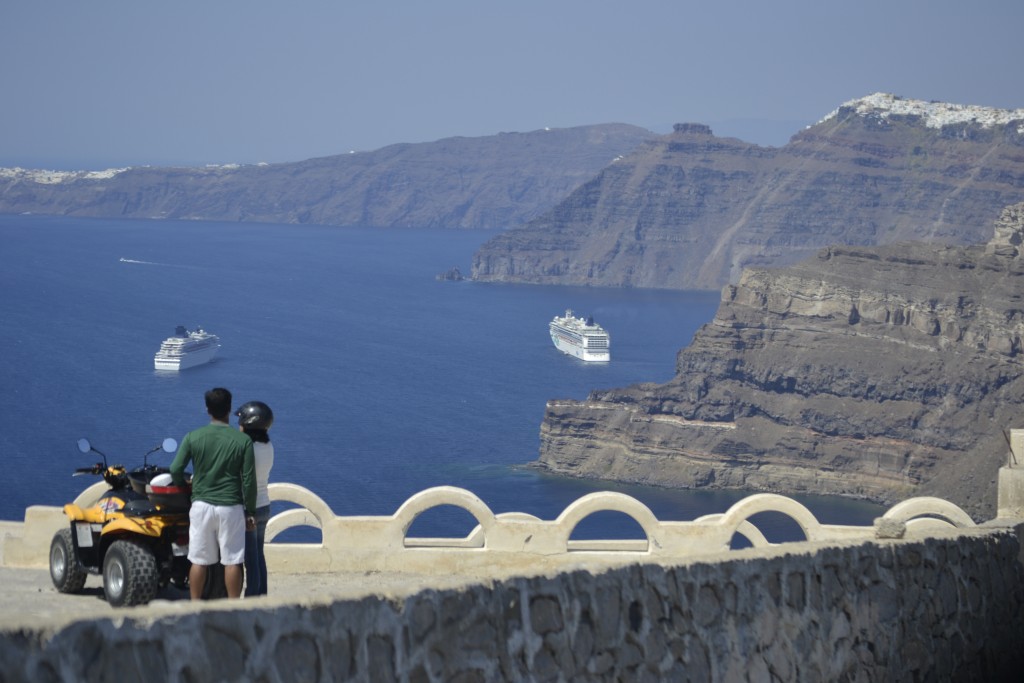
Anchoring within the cove of the caldera, passengers boarded the ship’s tender offering transportation to the south end of the island, the New Port at Athinios.
After researching the opportunities available on Santorini, I decided to purchase the ship’s excursion which included a stop at the archaeological site of Akrotiri, a Greek-inspired lunch and then sunset in Fira. That morning, the tour group boarded the bus and our driver began the steep climb up the side of the cliffs. As the bus rounded the corner, I could see the cruise ships in the harbor and, in the distance, the smaller islands in the caldera.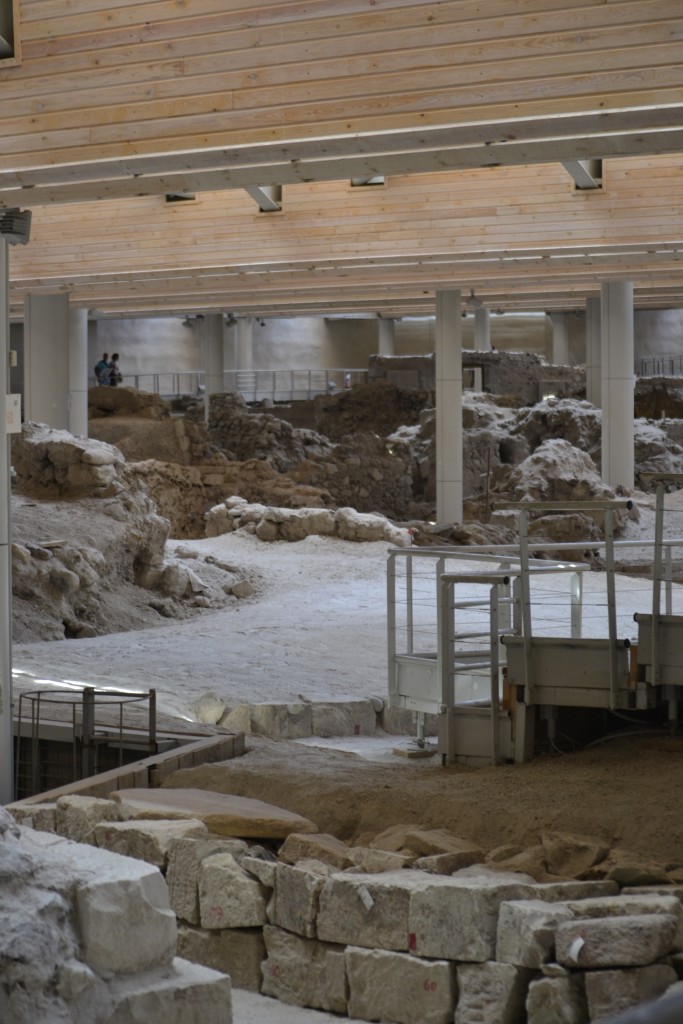
As we entered The Museum of Prehistoric Thera, I had not imagined the complexity of the archaeological dig. I was impressed that the site was enclosed under a large structure, which was built to protect the ancient ruins. Unlike many excavations, the structures, streets and artifacts were intact and in pristine condition.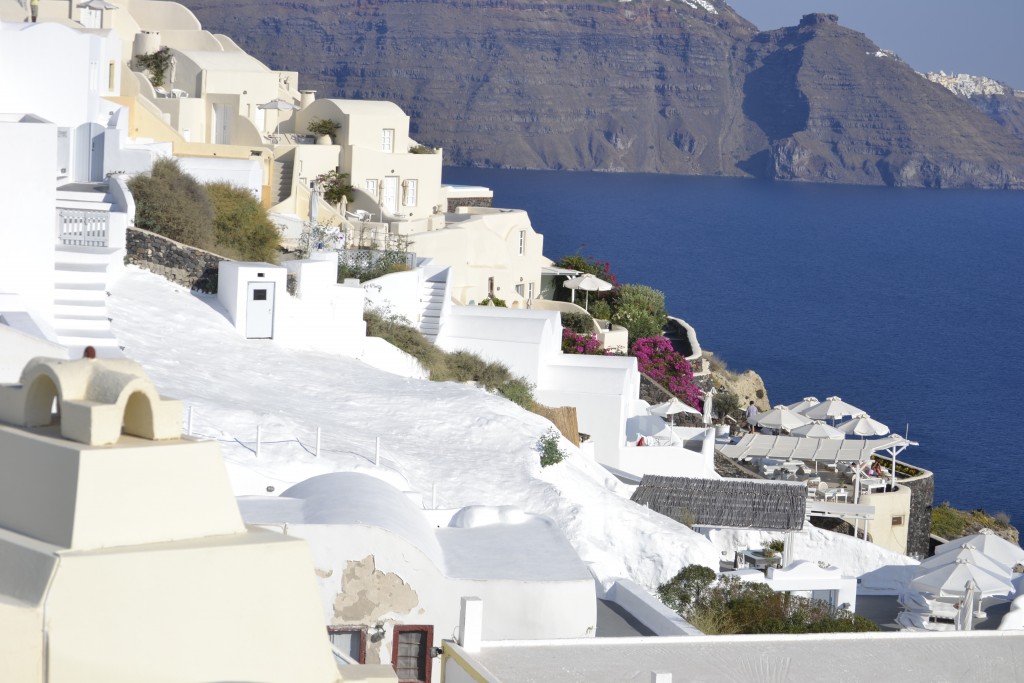
Boarding the bus, I was left thinking about how terrifying it would have been for the Santorinians during the time of the volcanic explosion and was relieved to think that they were smart enough to leave town before the event.
Next, we had the lovely pleasure of spending time in the picturesque town of Oia (or Ia) which is located at the northern tip of the island. Oia’s charm is seen in its white-washed buildings and gorgeous bougainvillea making it the most photographed village of the Aegean. Walking through Santorini’s second-largest town, I noticed the beautiful whitewashed fences, narrow passageways and staircases that disappeared into restaurants and hotels. Searching for the central square, there were gorgeous views of the cobalt sea and rust-colored lava cliffs in the distance.
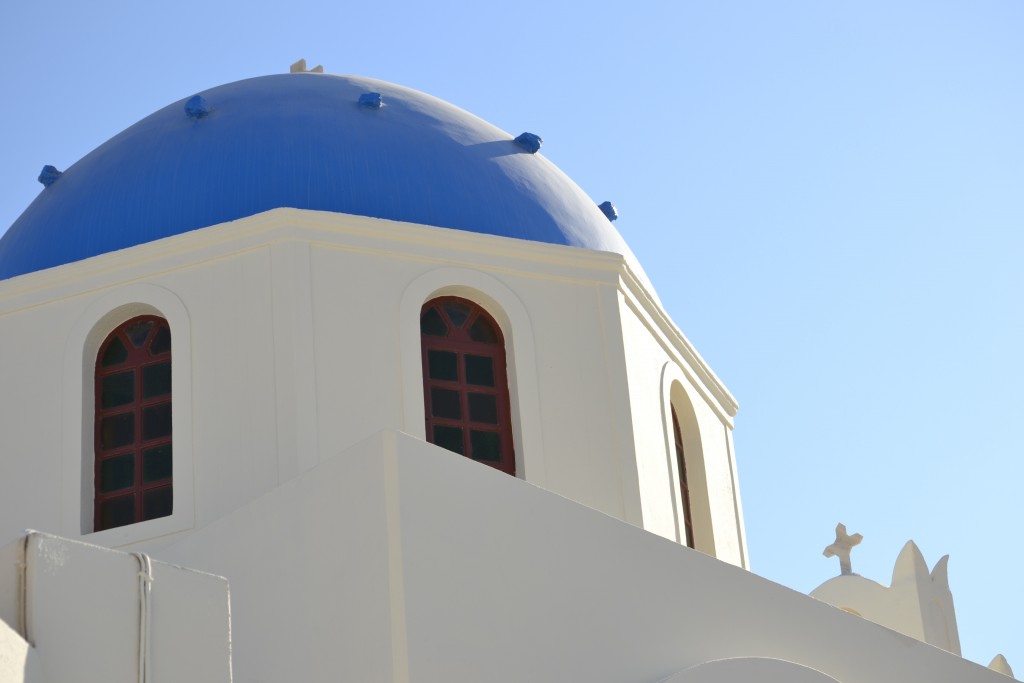
White washed churches with their stunning blue domes are the first thing that comes to mind when I think of Santorini. The charming combination actually keeps the buildings cool over the hot summer months.
After learning about the local cave houses, I found the Laskarina’s Old Bakery Cave House in Oia. I had plenty of time to stop by to explore this gorgeous home before finding a restaurant to try the local wine. Carved into the rocks on top of the cliff, some of these beautiful structures have remained here for many years. This amazing location was once a bakery and the interior and decor were completely stunning. The views from Old Bakery were spectacular and would have been the perfect location to watch the sunset. 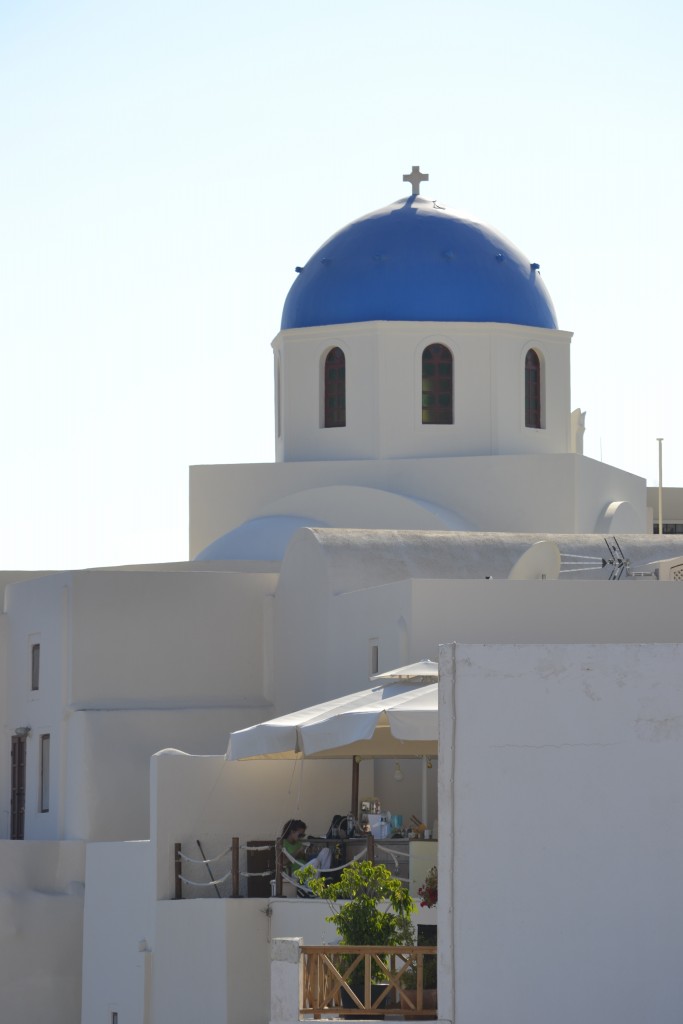
I easily found an authentic Greek restaurant that offered all of the local dishes and was interested in sampling the world-renowned wines of Santorini where the grapes are grown in volcanic ash. I ordered the tzatziki sauce with pita bread and a glass of Aryitiko, the island’s popular dry white wine. My second glass of wine was the Vinsanto, which is a sweeter white, produced from dried grapes at Gavalas a local winery in Megalochori. Santorinian wines are served in some of the most upscale restaurants in the world and I knew I had to buy a few bottles. 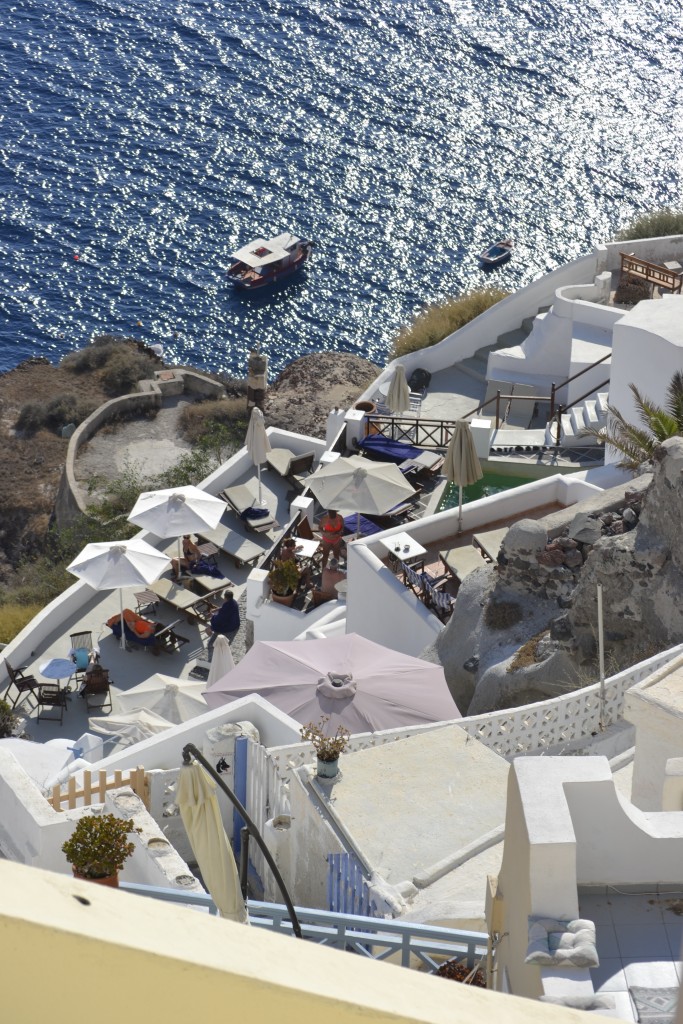
The dramatic cliffs provided several opportunities to witness a bird’s eye view of the town. The awnings, walkways and balconies along the side streets piqued my interest as I strayed away from the main street to enjoy the extraordinary scenery. Wandering the streets, I could easily lose myself among the unique landscape with scenic views all around me.
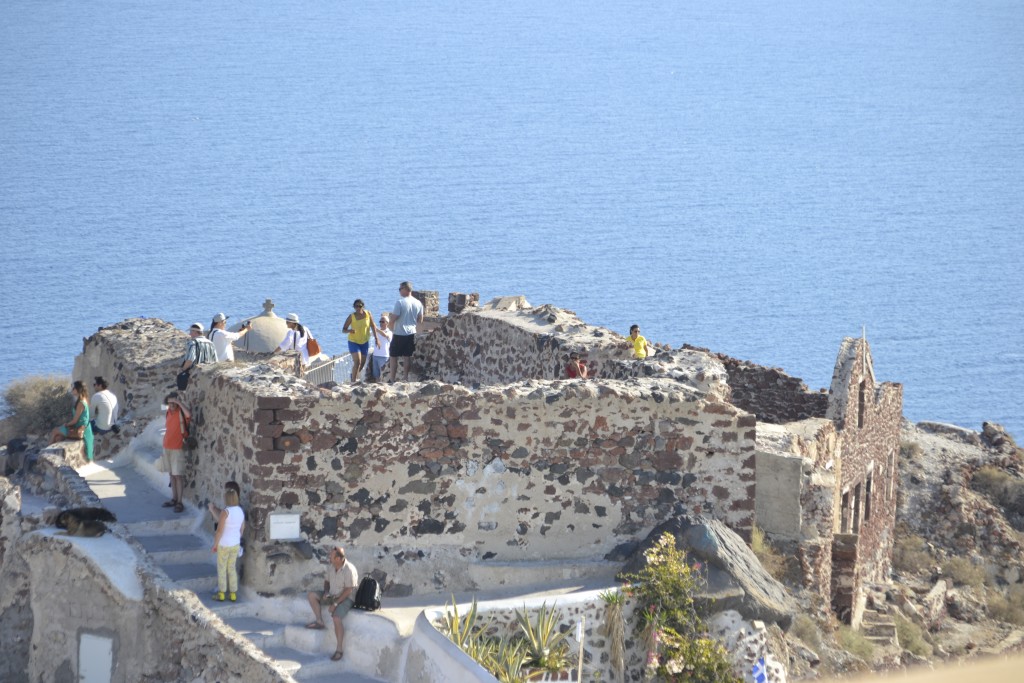
Oia is full of surprises and one of them is the Venetian Kasteli (Castle) of Agios Nikolas. Built in the Middle Ages, as a beautiful church carved in the side of the rock, it also served as a lookout point. Much of the structure was damaged in the earthquake of 1956 and only the Goulas (watchtower) exists. It is one of many ideal locations to watch the sunset.
Another gem located below the town of Oia, at the base of the cliff, is the Harbour of Amoudi. From Oia, there are 300 stairs that reach the harbor, known for its red lava cliffs.
From the Harbour of Amoudi, the ferry service takes tourists out to the islet of Therasia. A piece of land untouched by tourism and commercialization, the landscape draws hikers and adventurers. Within fifteen minutes, tourists can experience an authentic Theran village and view the caldera from a different perspective.
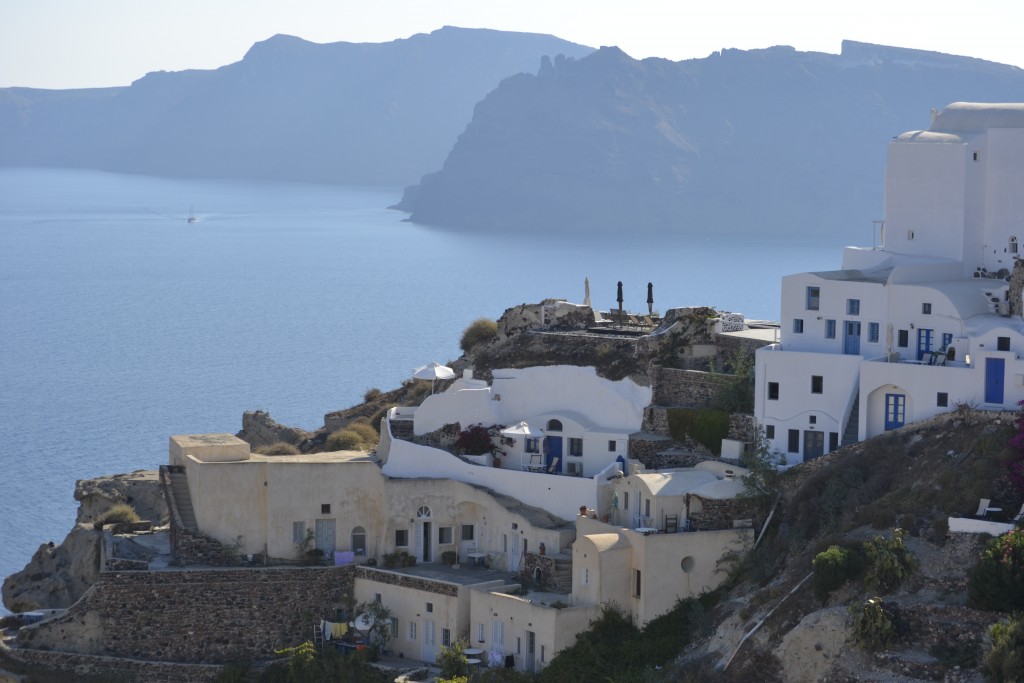
What remains of the volcano wraps around to create a semi-circular basin. The spectacular formation of the caldera dominates the view at every angle and I wondered how it would have looked before the eruption.
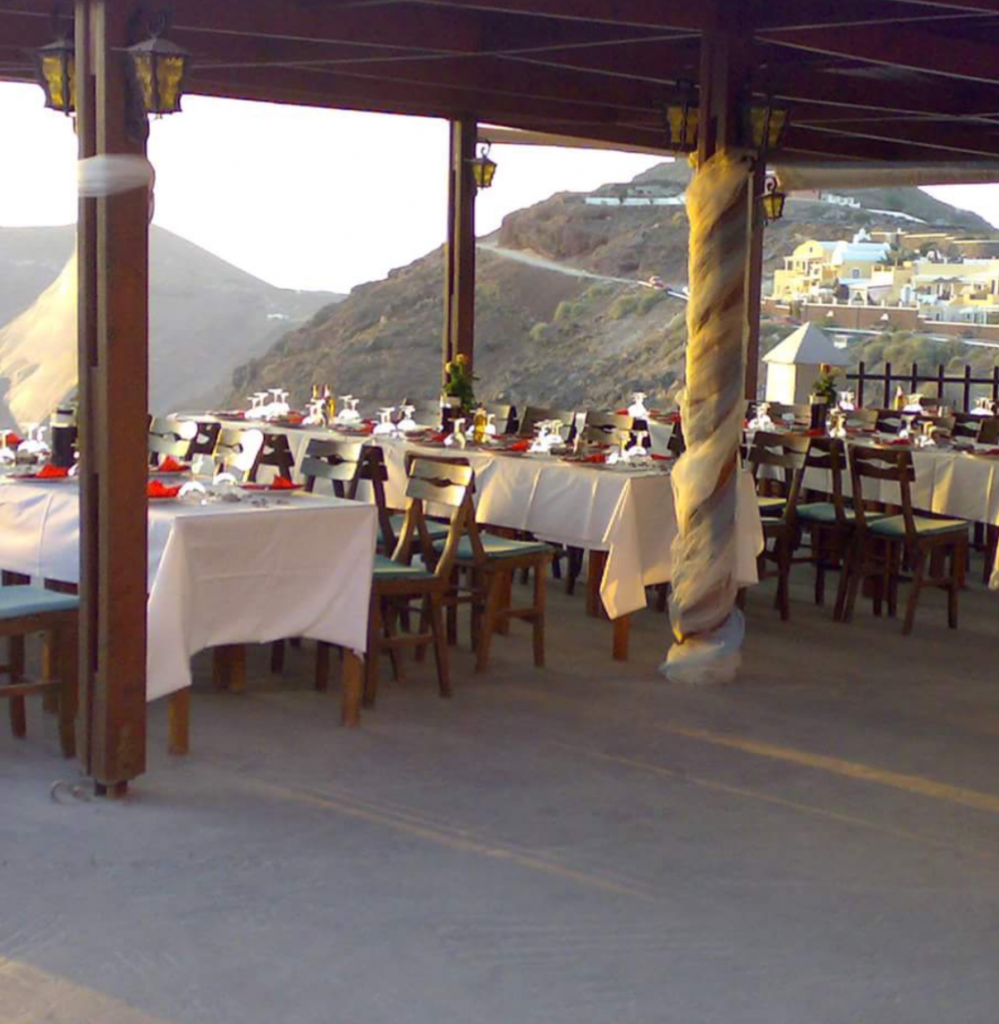
Taking in the sunset in Fira is highly recommended, but not before we lunched at Restaurant Iris. We boarded the bus for a short ride and arrived at the restaurant to enjoy a buffet of Greek food and desserts. Since I had already eaten, I had a lovely conversation with our tour guide who was happy to give me an insight to the current economic situation in Greece. We had a lovely dining experience and looked forward to winding down our day where we would witness one of the most spectacular sunsets in all of the world.
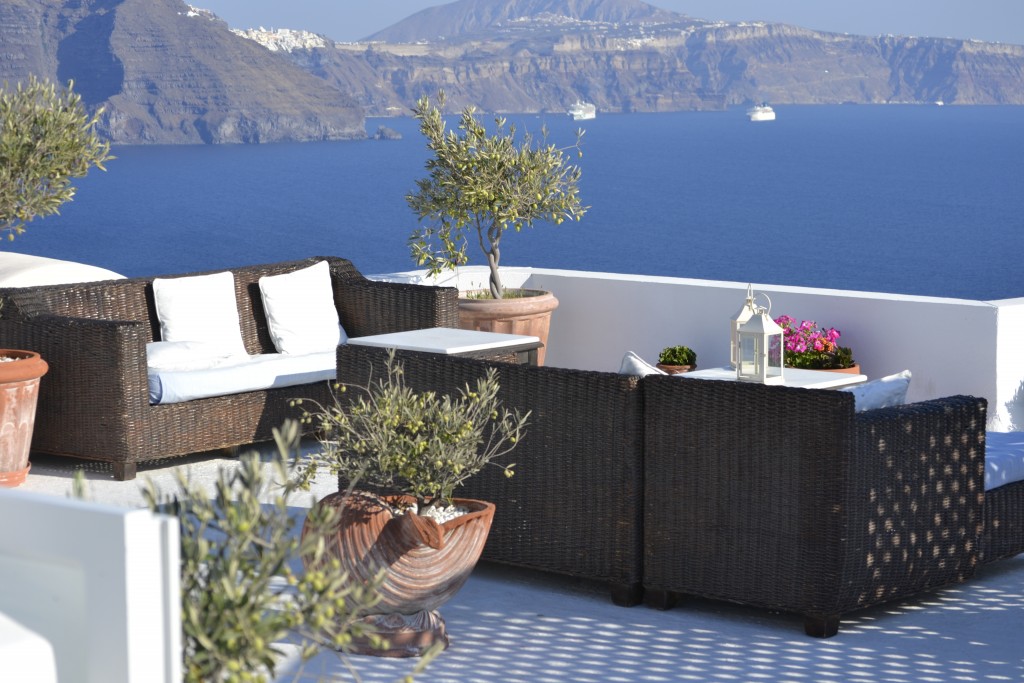
Fira is located close to the cruise ships dock and is the starting point for most tourists visiting the island. The town has made it very easy to find the perfect location to enjoy the sunset although it can be more crowded than Oia at sunset. From this vantage point, the structures built into the lava cliffs provide a breathtaking backdrop and view.
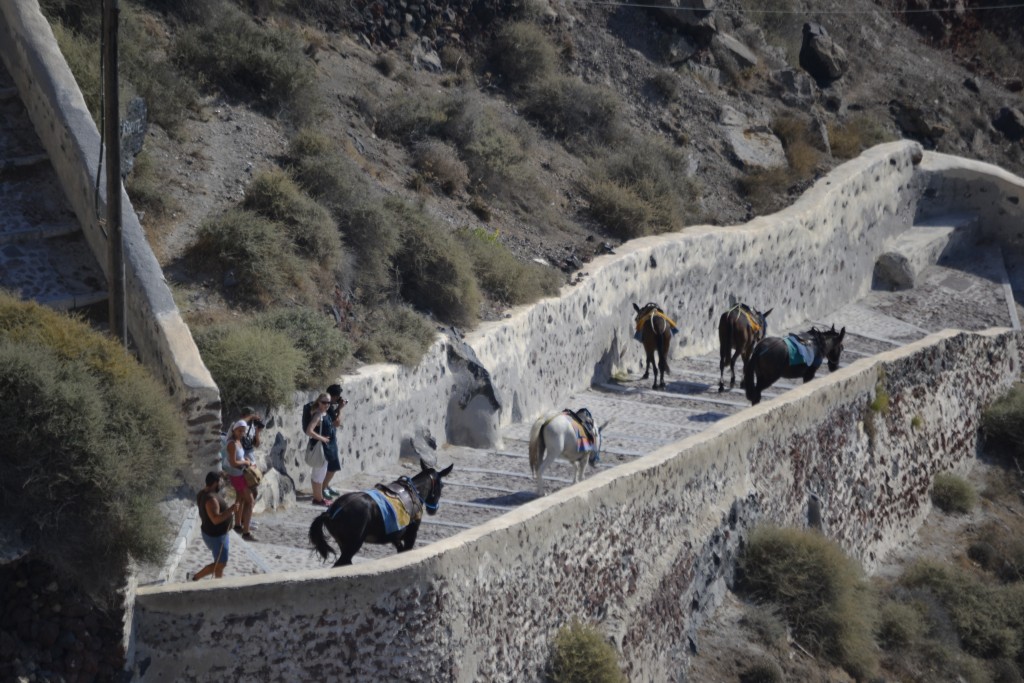
Several options are available to reach the town of Fira. For the adventurous, brave and strong, a set of 587 stairs reach the top. This is also the way of the donkeys, so if one does not mind sharing the route with donkeys, there are no lines and no waiting. Riding up the cliff on a donkey-for-hire is another possibility as long as the mule is not stubborn.
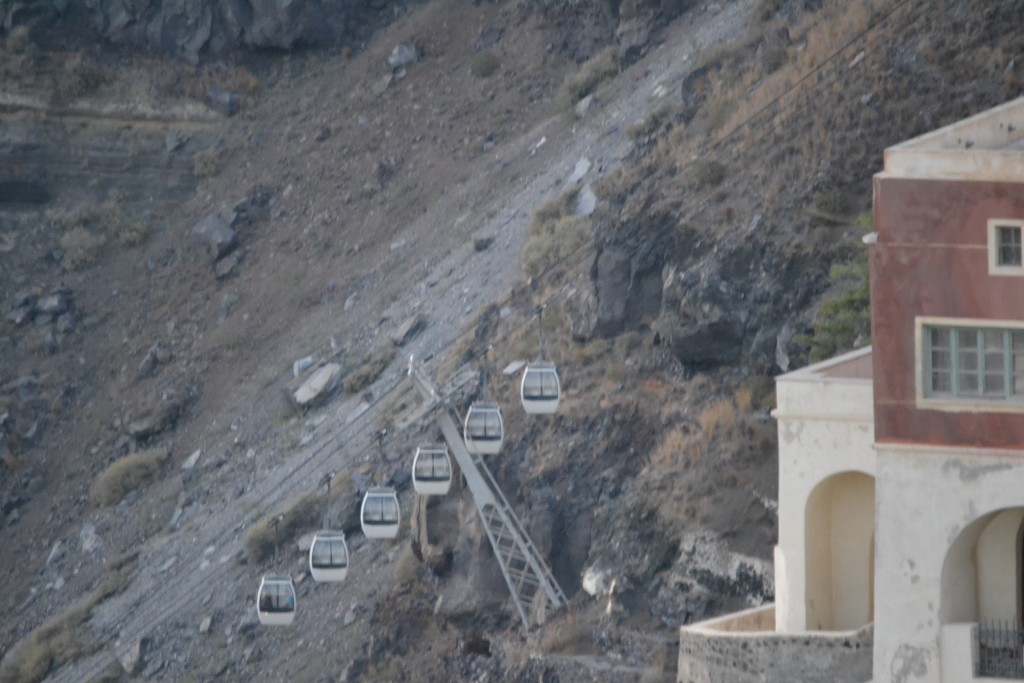
Cable car rides run every 20 minutes and takes only a couple of minutes to go up or down. Each car transports 36 people at a time and is very convenient, quick way to travel. The cost is 6 Euros one way and there may be a wait, especially when cruise ships are in port.
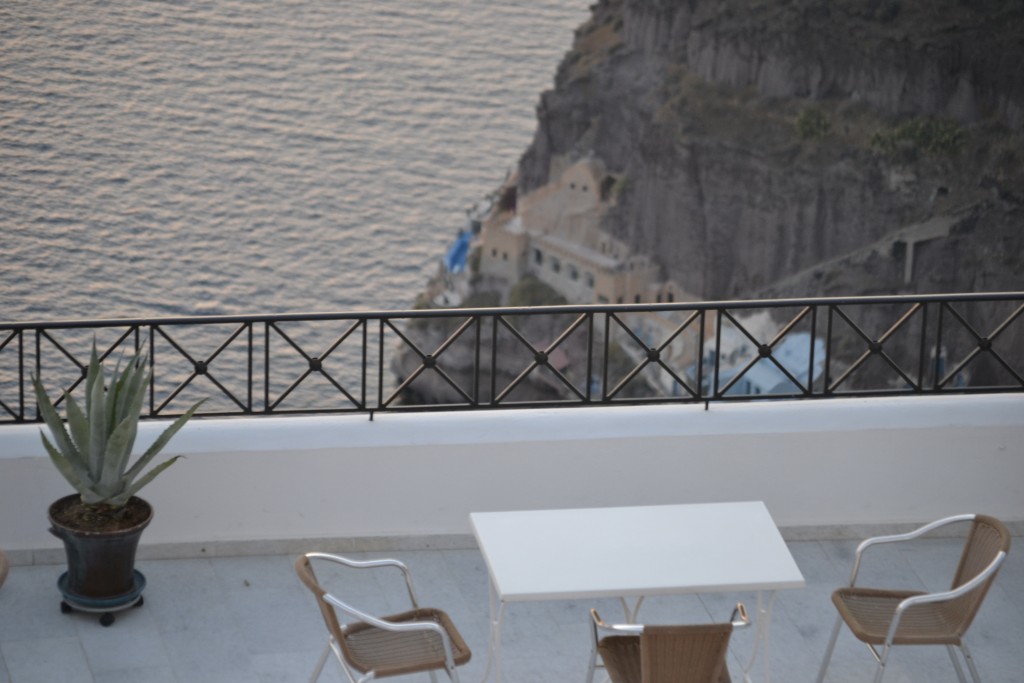
The town has made it very easy to find a cliffside, seaside spot to enjoy the sunset and there are many more options here in the energetic village of Fira. Fellow cruise ship passengers waited for the spectacular show as the sun began to hide behind a piece of the caldera. We watched in awe as the sunlight reflected off of the iconic Clycladic architecture.
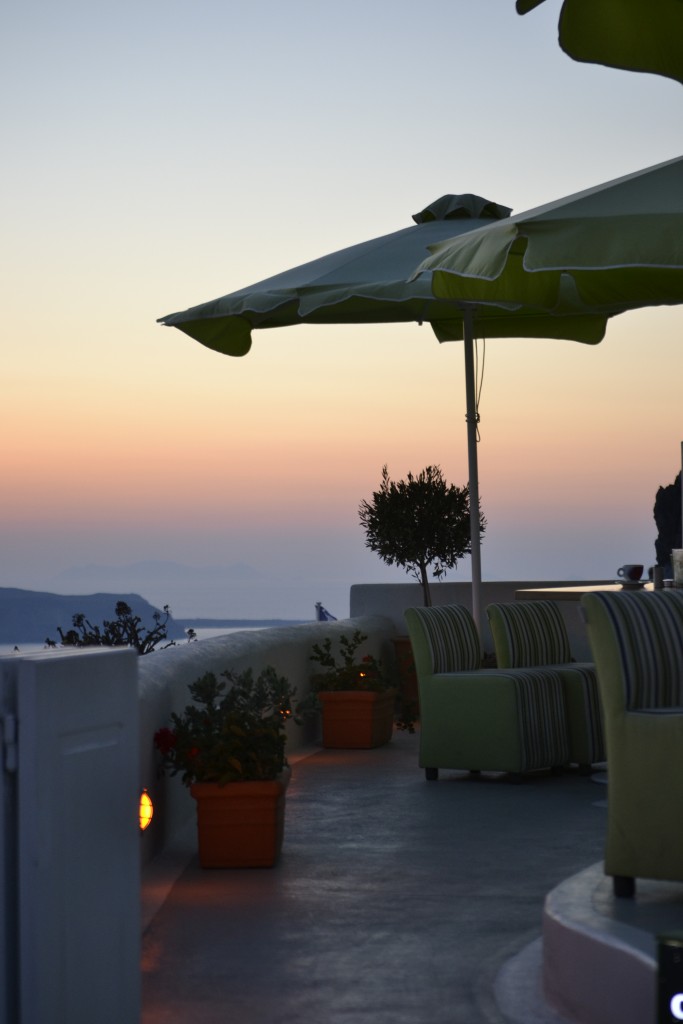
Undeniably, the view from Santorini a couple of hours before sunset is phenomenal. As the sun slowly disappears behind the caldara, the sun’s light dances upon the cove below and reflects off of the cliffs and islands to create a magnificent pink glow.
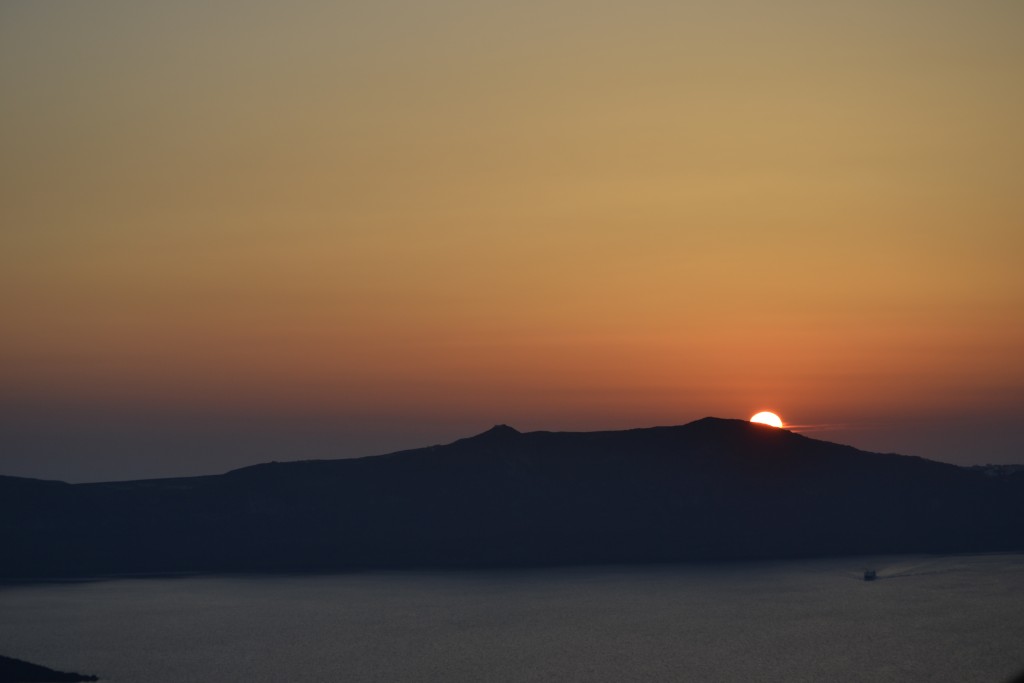
And this is the sight that we are all anticipating….the beautiful sunset at Fira.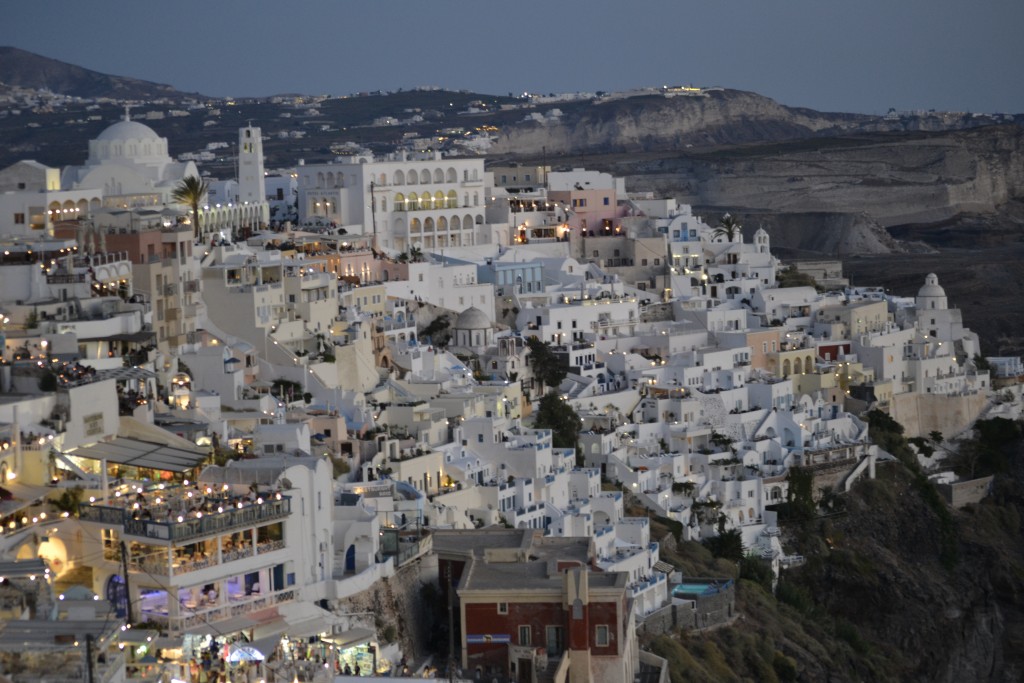
No one can deny that Santorini is magical, spectacular and everything in between. Picturesque at every turn, the island is one of the most scenic and enchanting of the Greek isles. What a beautiful opportunity to capture the essence of Fira at twilight. I could have stood in this moment forever but this moment of awe would soon come to an end.
Moving towards the cable cars, I looked back at the extraordinary scene. I couldn’t help but contemplate if the ancient Greeks knew that they were living among one of the most beautiful landscapes in the world. I think I have found my Atlantis.
Have you been to Santorini or any of the other Greek Islands? What would you recommend doing on my return visit? I would love to hear your comments below! Wishing you many Happy Travels!
What to See and What to Do:
Akrotiri Archaeological Site
Thera 84700 Greece
Telephone: +30 2286 081939
- Admission Fee: 12 Euros for full ticket price and 6 Euros for reduced ticket price; The special ticket price of 14 Euros for full ticket or 7 Euros for reduced ticket is good for 4 days and allows admission to the archaeological sites and museum in Thera, Ancient Thera, Akrotiri and the archaeological museum, Museum of Prehistoric Thera, Collection of Icons and Ecclesiastical Artifacts at Pyrgos. Children and students 18 years of age and under are free of charge.
- Hours: Open daily from 8 AM to 3 PM Tuesday to Sunday in the months of November 1 to March 31; open from 8 AM to 8 PM Tuesday, Wednesday, Friday, Saturday and Sunday and Thursdays from 8 AM to 3 PM in the months from April 4 – October 31. The museum is closed on Mondays.
- Amenities: Historic tours, Exhibits, Group Tours, Special Exhibits
- Scenic View: Amazing archaeological artifacts
- Length of Visit: 4 hours
Gavalas Winery
Megalochori, Santorini, Cyclades
Telephone: +30 22 8608 2552
Call or email the winery directly for hours of operation. Email: info@gavalaswines.gr
Harbour of Ammoudi
Sunset Ammoudi Taverna
Unnamed Road
Oia, Santorini, 847 09 Greece
Telephone: +30 2286 071614
Santorini Donkey
Santorini Cable Car
Where to Stay:
Laskarina’s Old Bakery Cave House
Oia Santorini Thira
Oia, Egeo , 84702 Greece
Where to Eat:
Restaurant Iris
Imeroviglion, Kiklahedes
Santorini, Greece 84700
Telephone: +30 2286 032692
What to Eat:
- Baklava is layers of phyllo dough filled with nuts, spices and sweetened with honey
- Greek Salad
- Greek Wine from Santorini is unique as the grapes are grown in volcanic ash
- Gyros
- Lamb
- Local Olives
- Mashed Fava Beans (Fava me Koukia)
- Moussaka is an eggplant or potato based pie with meat and cheese
- Pomegranates
- Saganaki is a phyllo pastry stuffed with cheese and covered in honey
- Souvlaki are meat kabobs made from lamb, beef or chicken
- Spanikopita is a phyllo pastry filled with spinach, cheese, and sometimes onion
- Tomato Fritters made with tomatoes and onion, they are spiced either with oregano and peppermint then deep-fried
- Tzatziki is a yogurt based sauce with bits of garlic, onion, cucumbers, olive oil and lemon. Pita bread is usually served with this dish for dipping.
What to Read:
- The Summer House in Santorini by Samantha Parks
- One Summer in Santorini by Sandy Barker
- Secrets of Santorini by Patricia Wilson
Photo Guide for Santorini:
- Akrotiri Lighthouse
- Amoudi Beach for the private beach and lovely restaurants (see octopus hung up for drying)
- The town of Caldera for panoramic views of the sunset and center of the caldera
- Fira for the sunsets from restaurants and bars
- Fira for the scenic views of whitewashed buildings
- Oia
- Skaros Rock
- Windmills in Oia and Fira
For more information about the beautiful country of Greece, visit my following links!
Mykonos, Greece: Whitewashed and Wild
The Island of Delos: A Lesson in Greek Mythology
Corfu: An Old Town, Palace and Monastery
Corinth, A Biblical and Historical Perspective
The Site of Olympia and its Role in the Olympic Games
The Archaeological Museum at Olympia
Athens, Greece: A Living Museum
